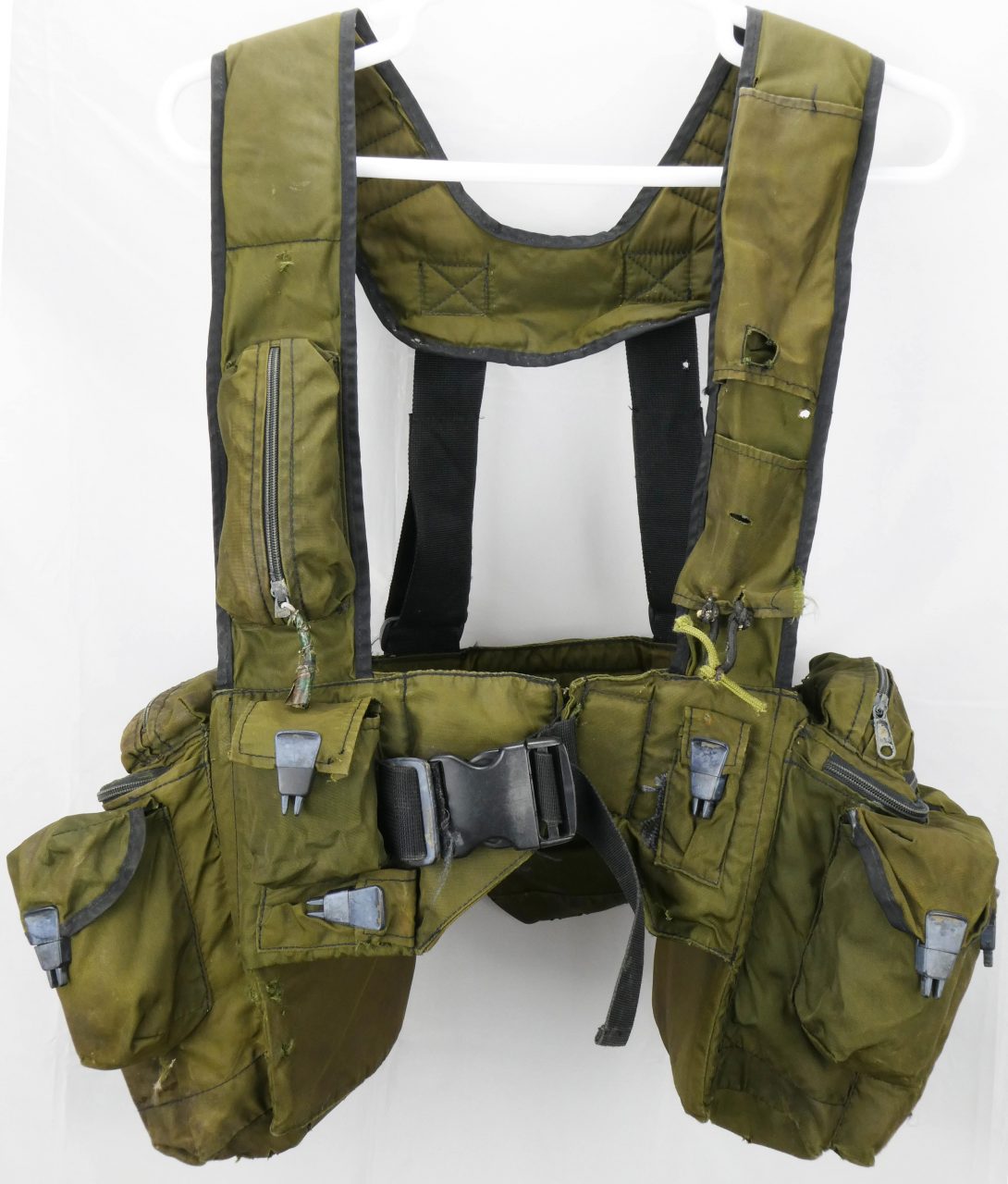The nylon Niemoller webbing was first produced in 1981, with this particular harness being the first product by a private company operated by Johann Niemoller, a former Recce commando[1]. The Niemoller line of webbing was intended to be sterile for external operations, with no components that can be traced back to South Africa; there are rumors that it was intended to be destroyed after use, though that is likely untrue given how modified and repaired examples have been found, such as Sample 2 on this page. Nearly all Niemoller webbing items were made from a 420D nylon packcloth material similar to the ones used in US ALICE packs. Webbing made from similar material derived from the original designs are still used today by the modern SANDF Recces.
32 Battalion Version is an “expansion” of this design.
Green Pack Cloth:
Sample 1:
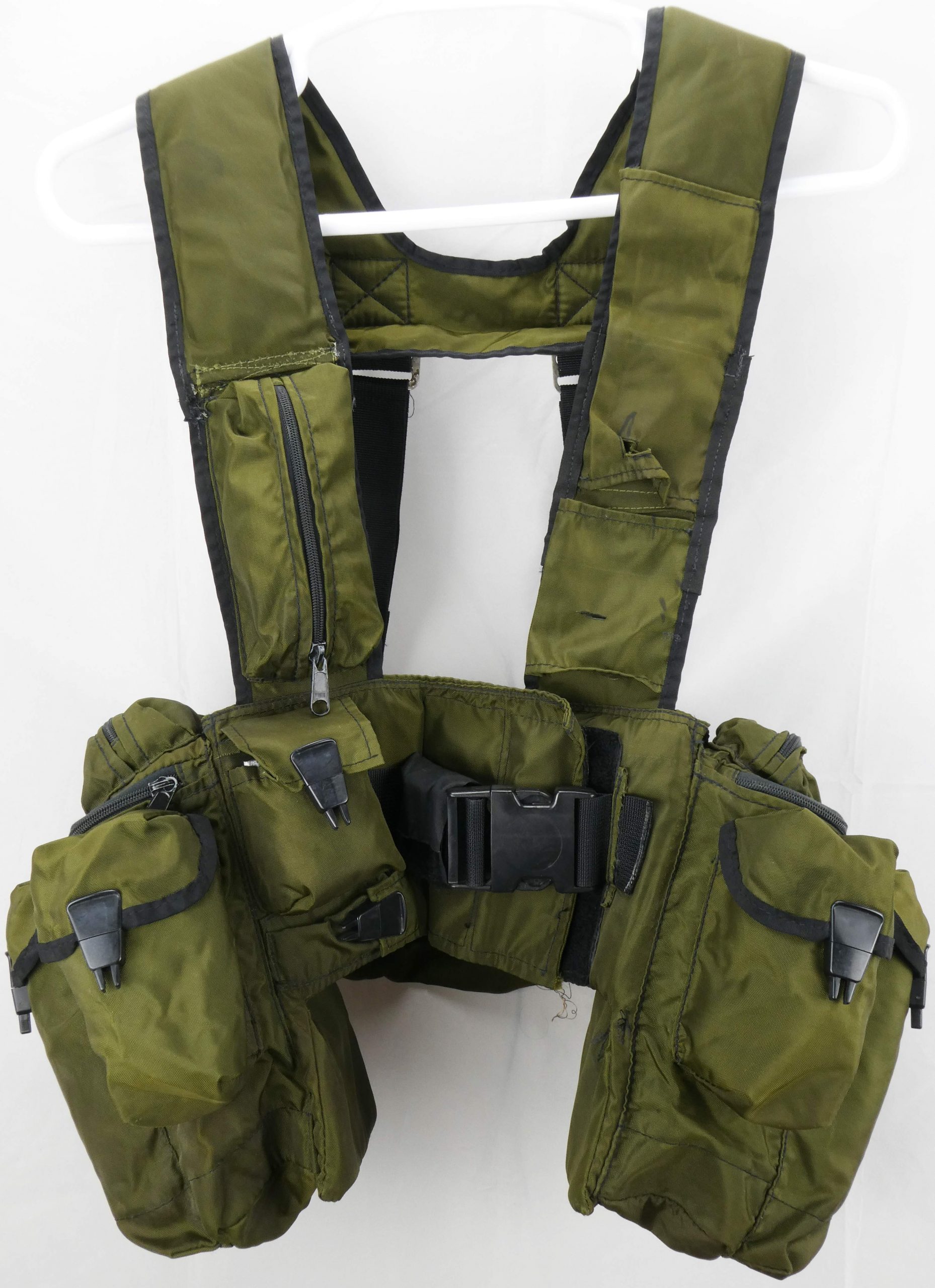
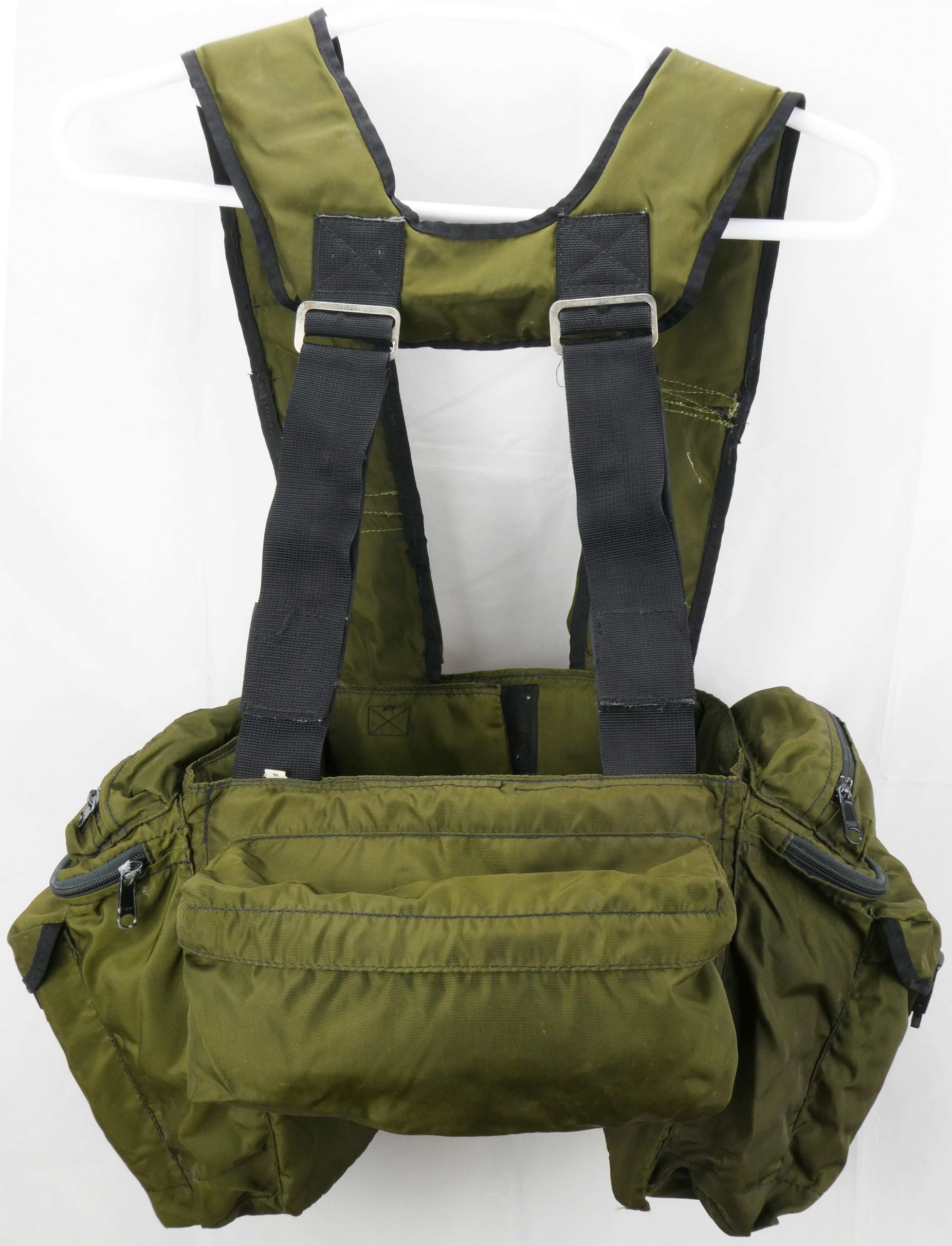
Medium size. Front straps were cut to adjust size by a previous owner and have now been repaired.
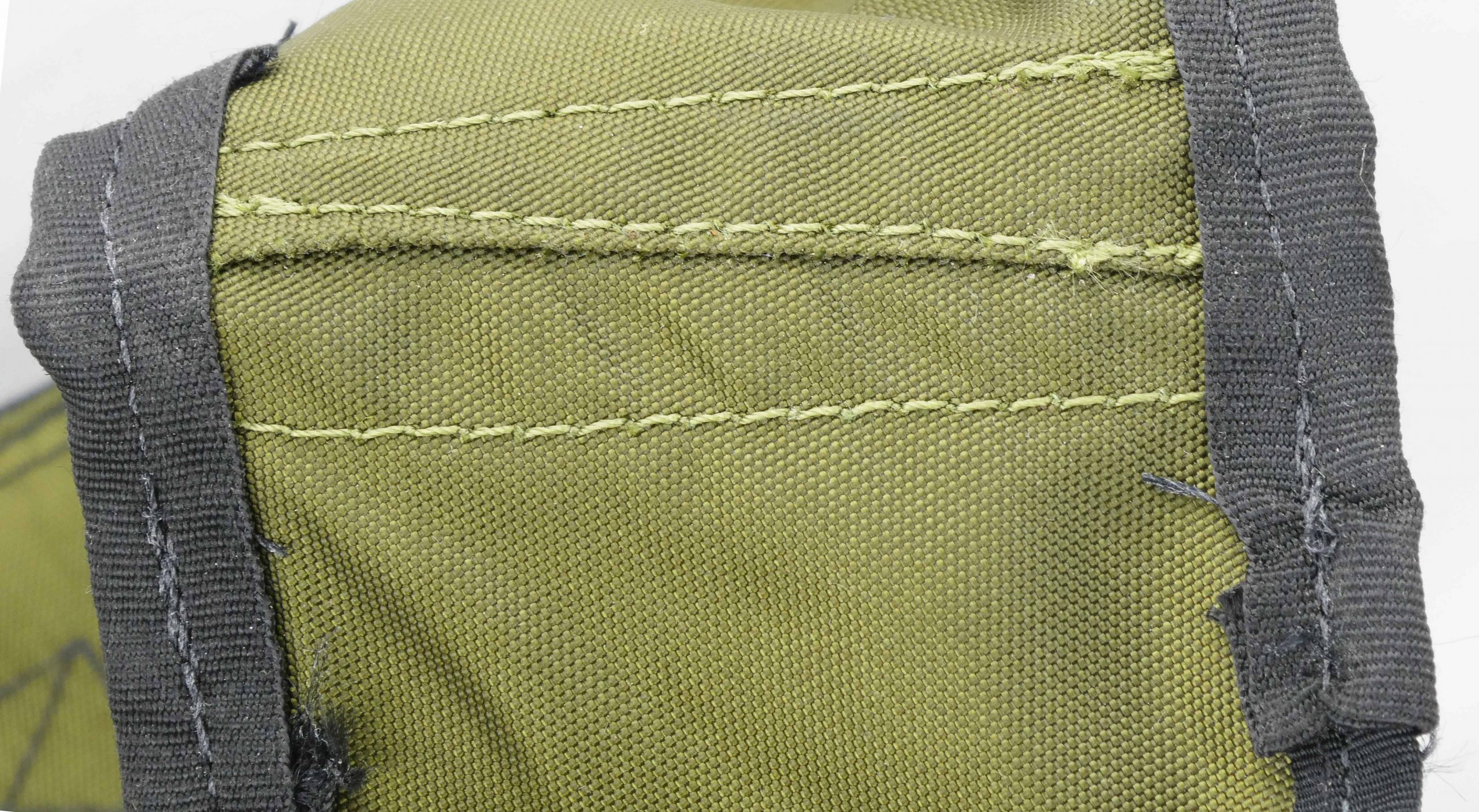

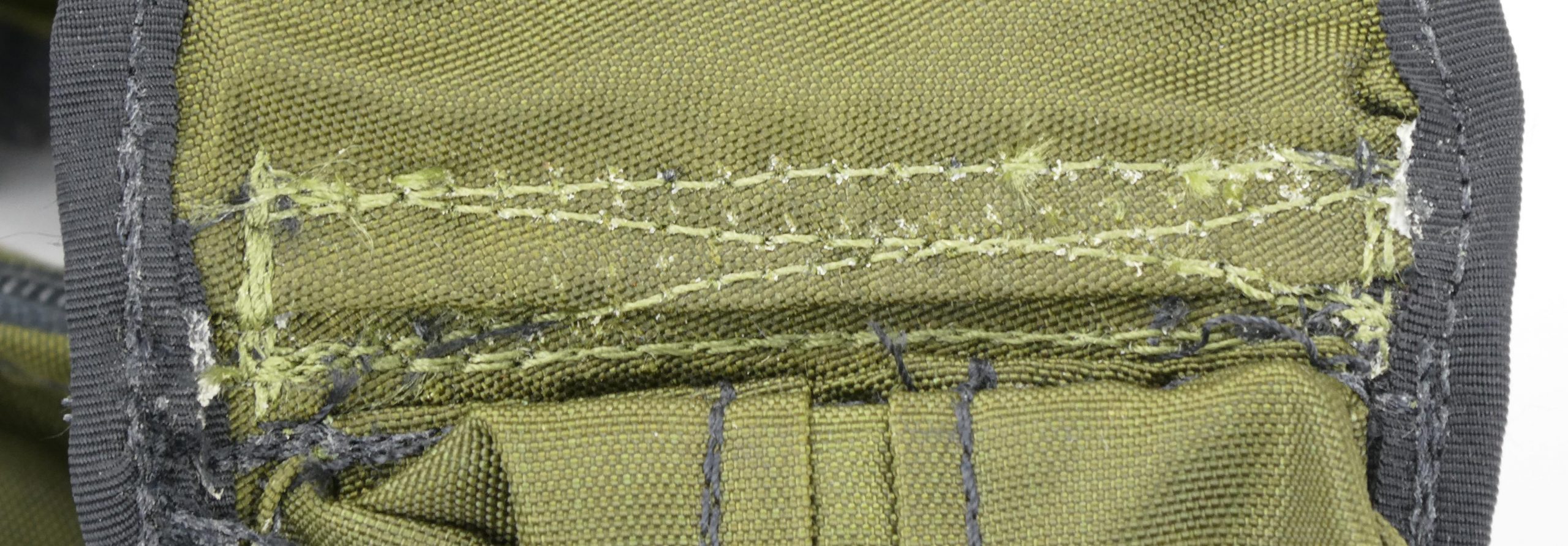
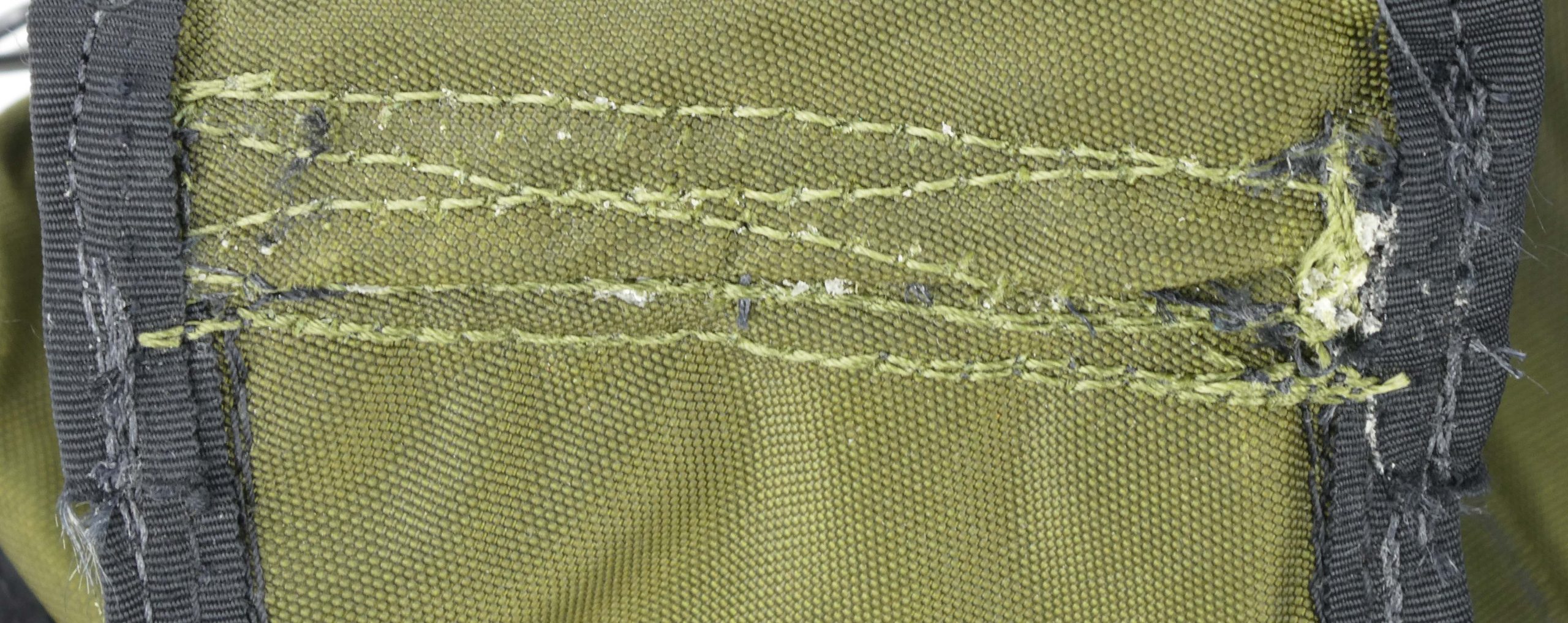
This key was found in the front right (as worn) zipper pocket.
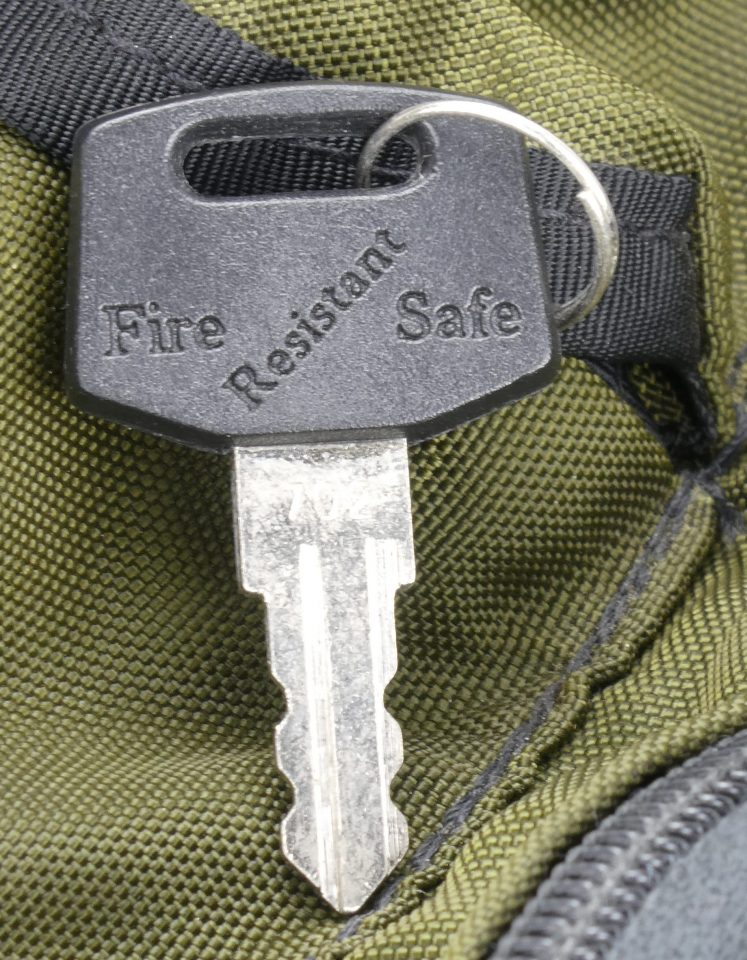
Bottom:
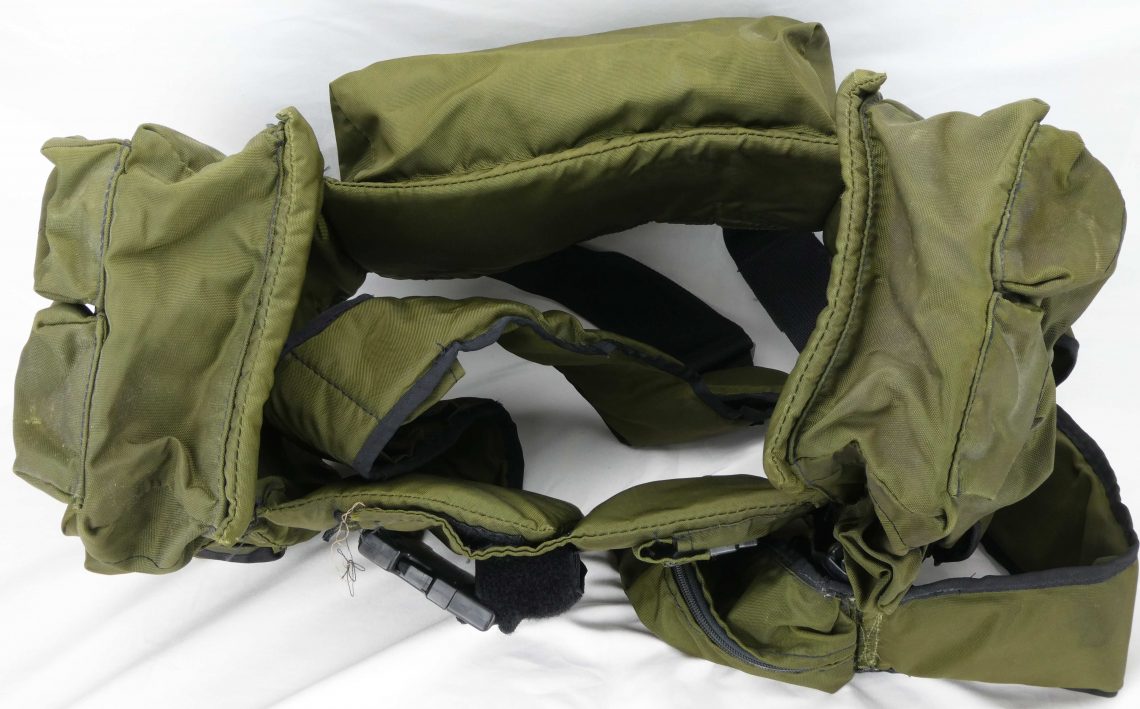
No drain holes at bottom.
Front Pouches:
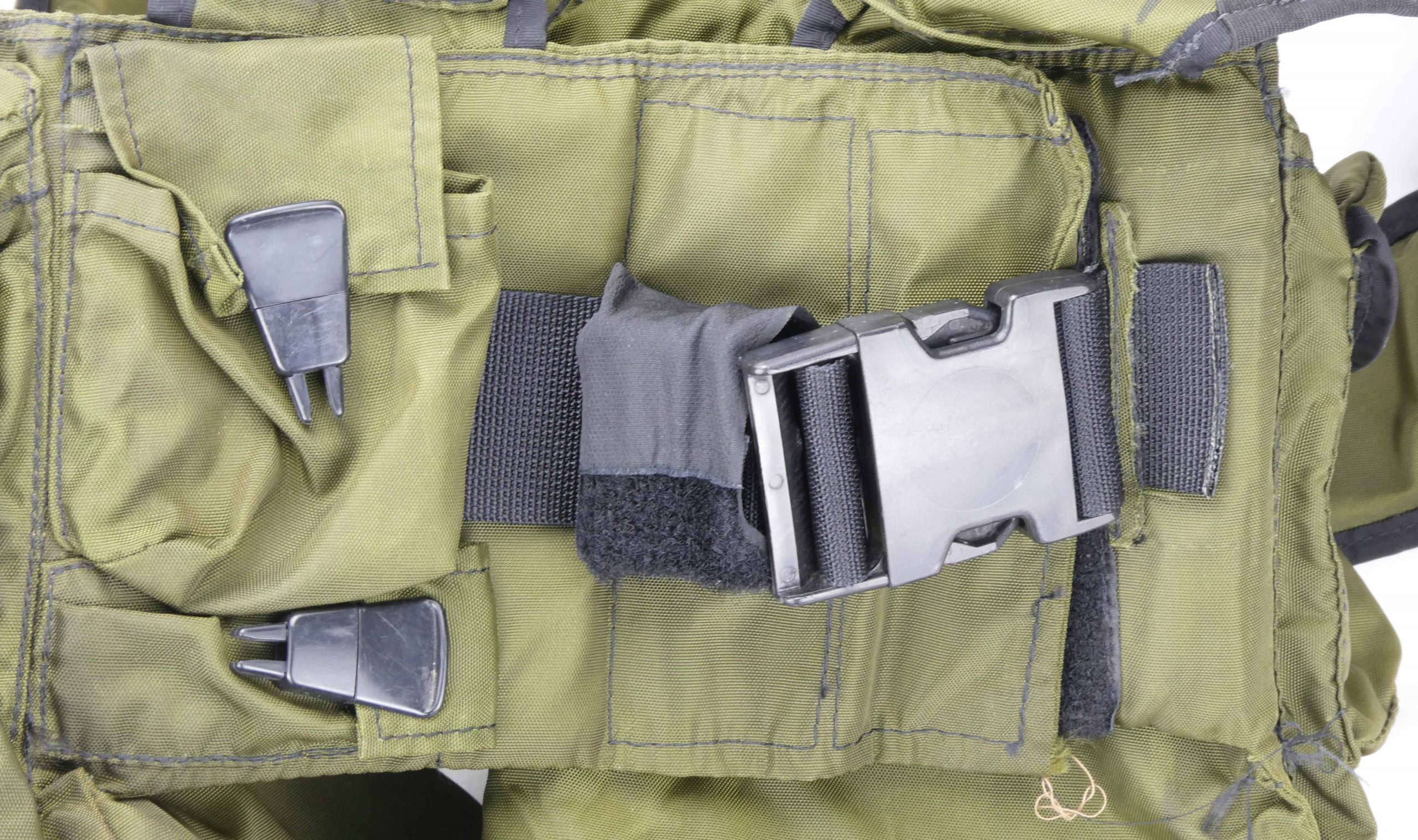
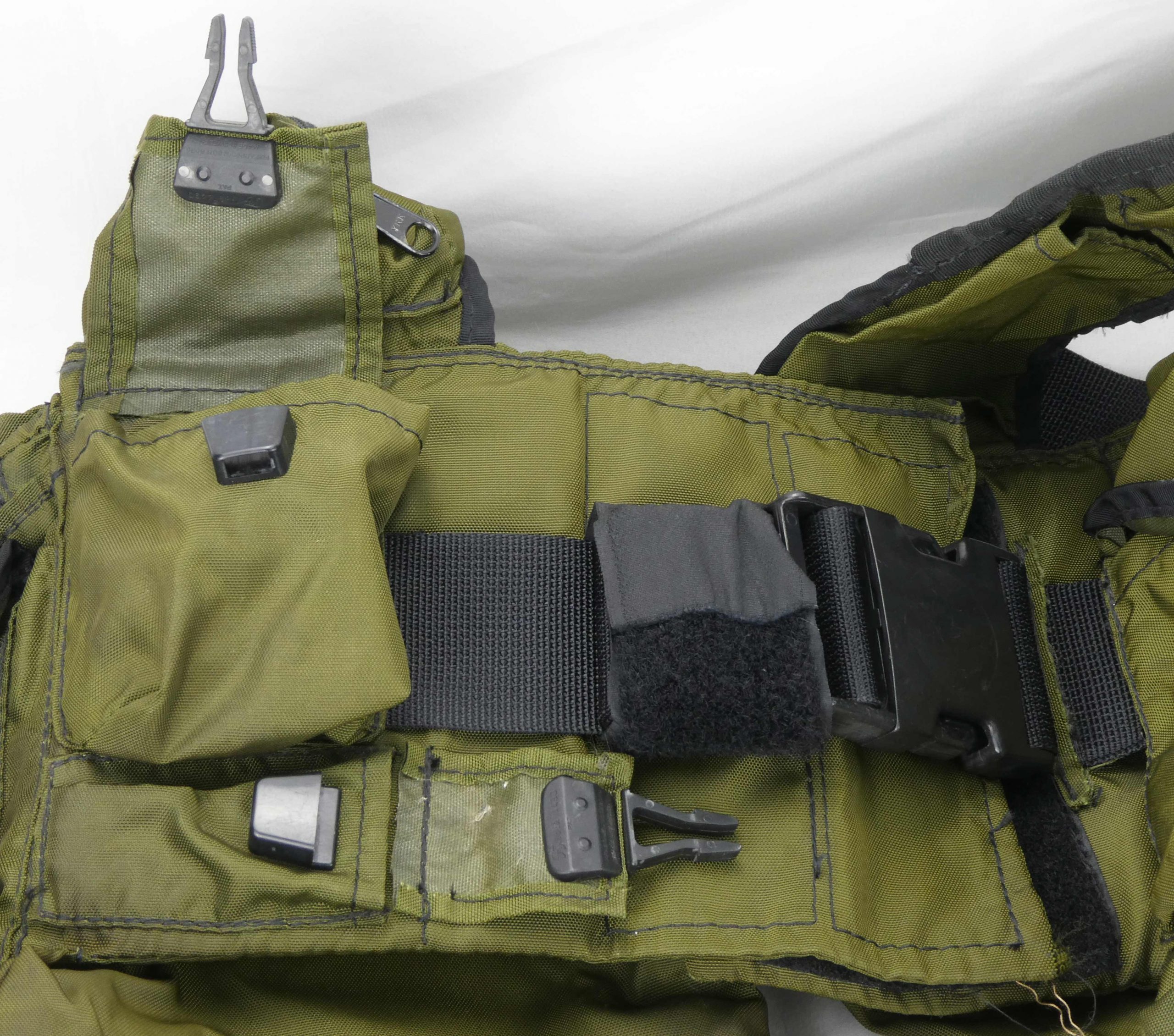
Main Closure:
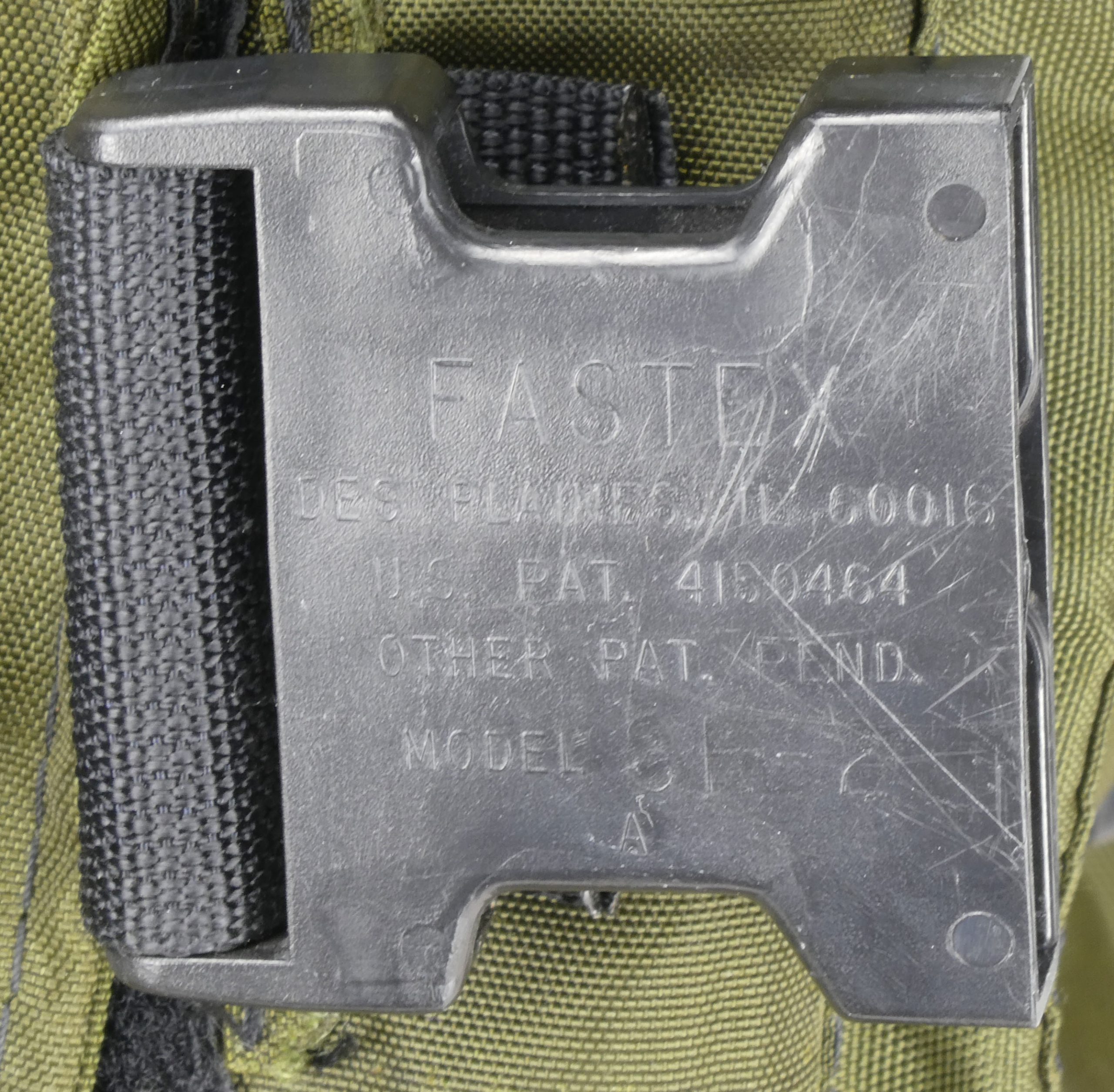

Main large buckle has US manufacturer’s markings.
Back Pouch:
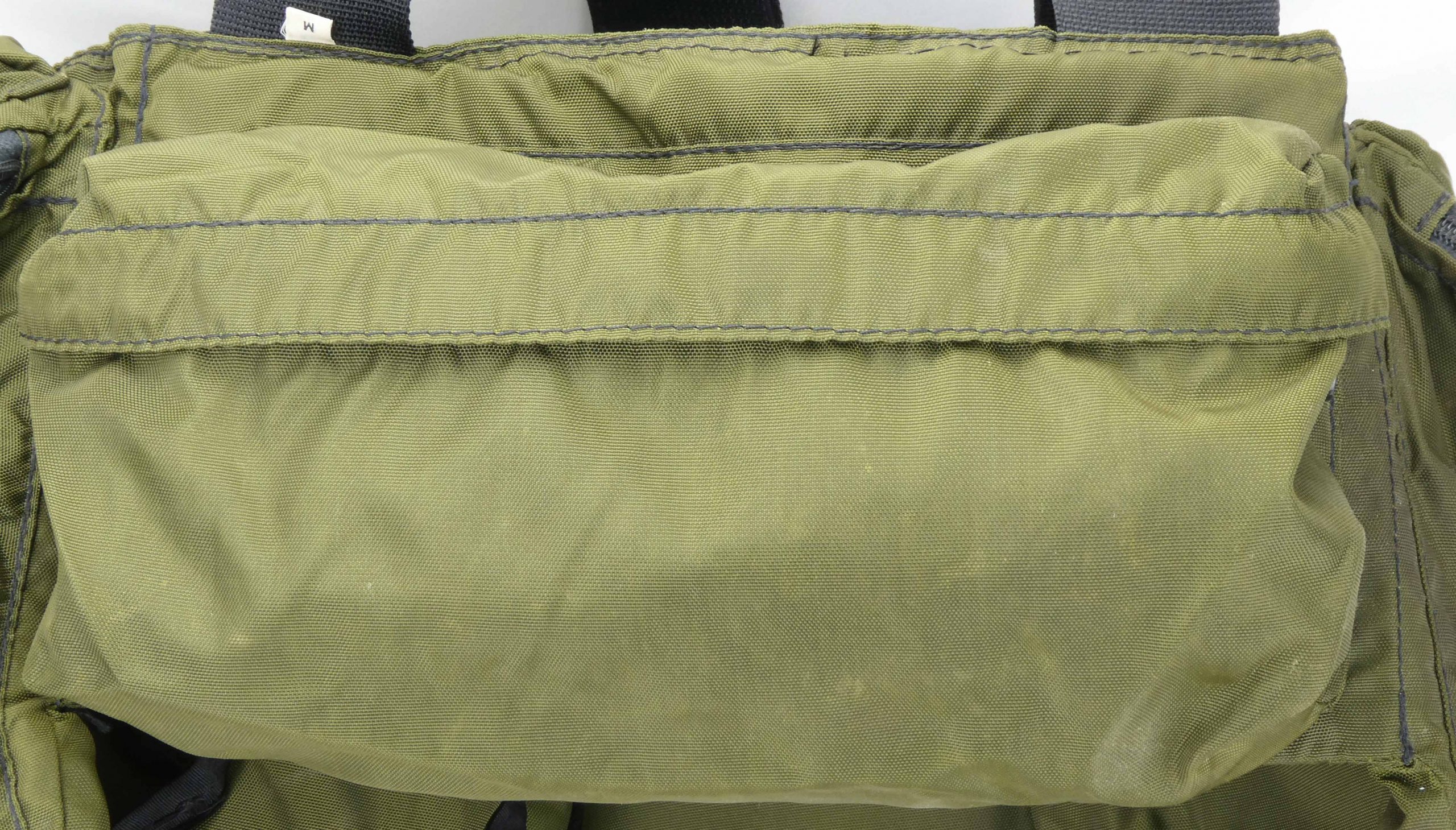
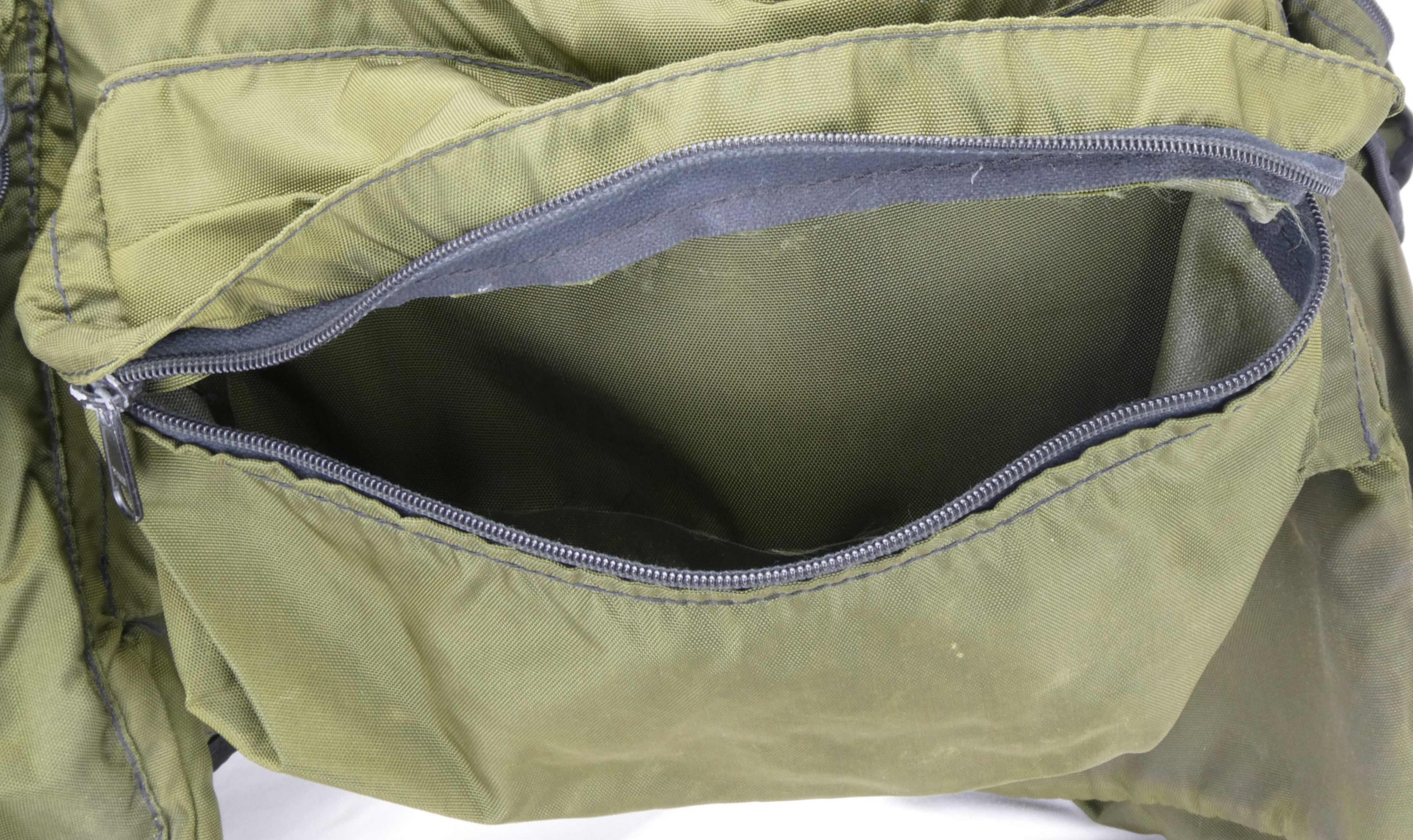
Back Straps:

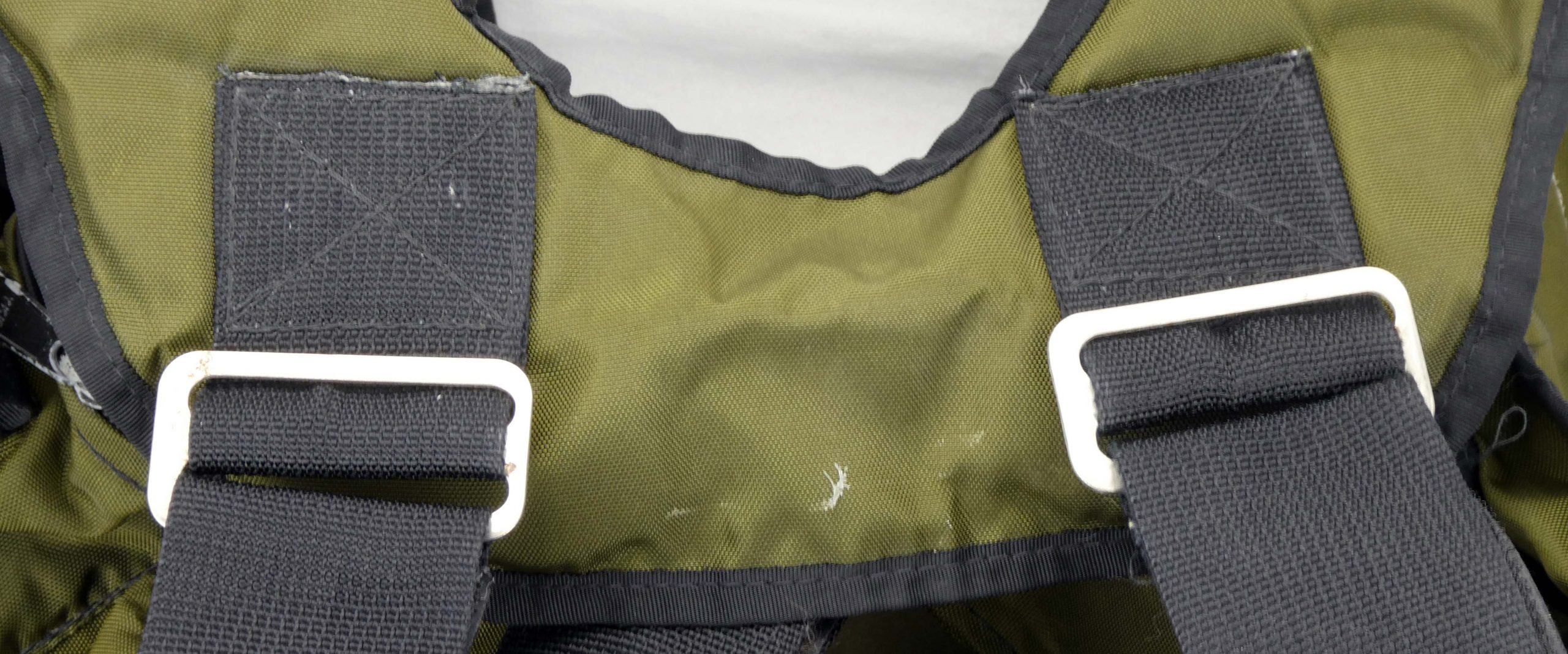
Back straps can be adjusted for height using velcro.
Fixlock Clips:
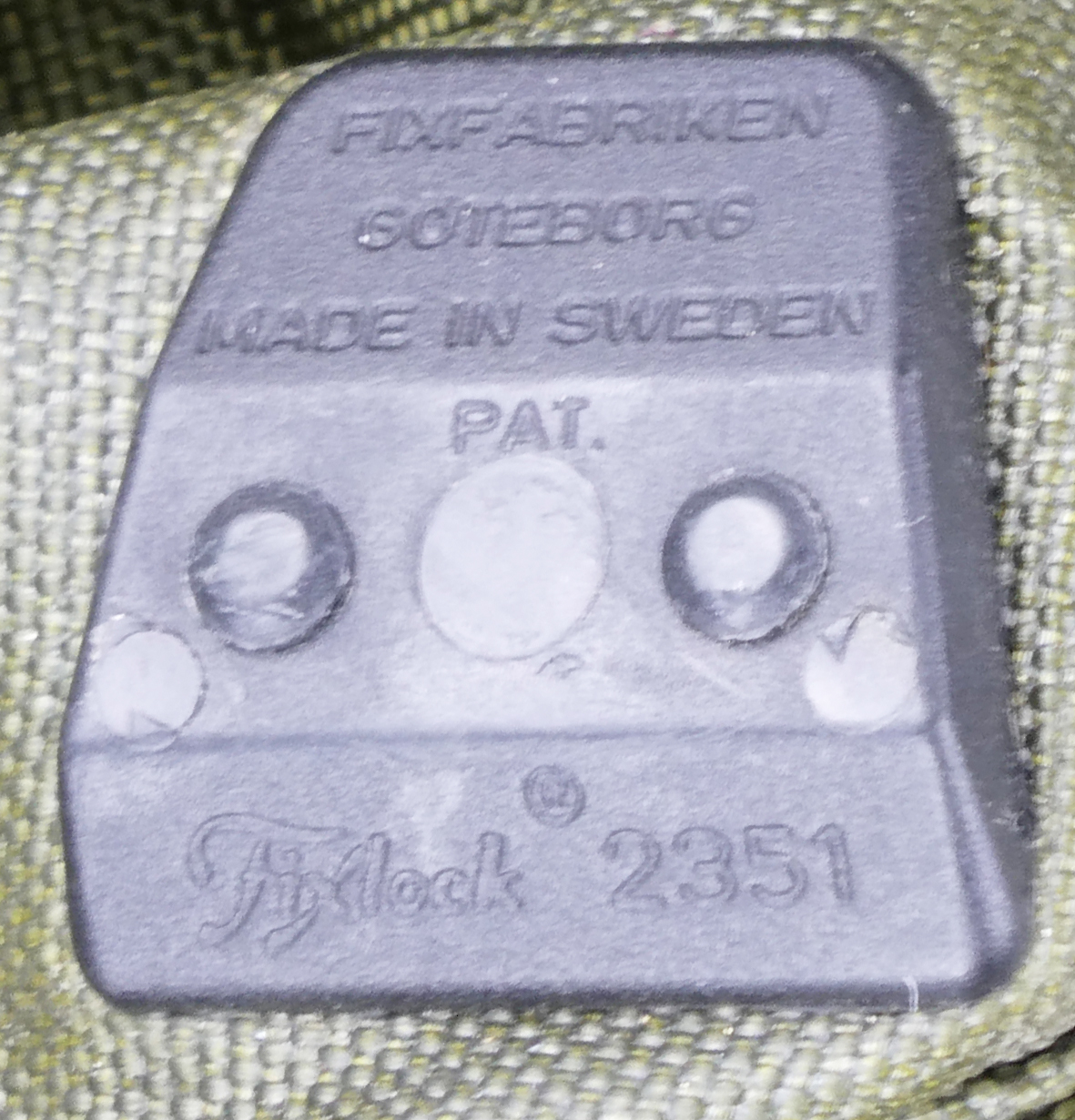
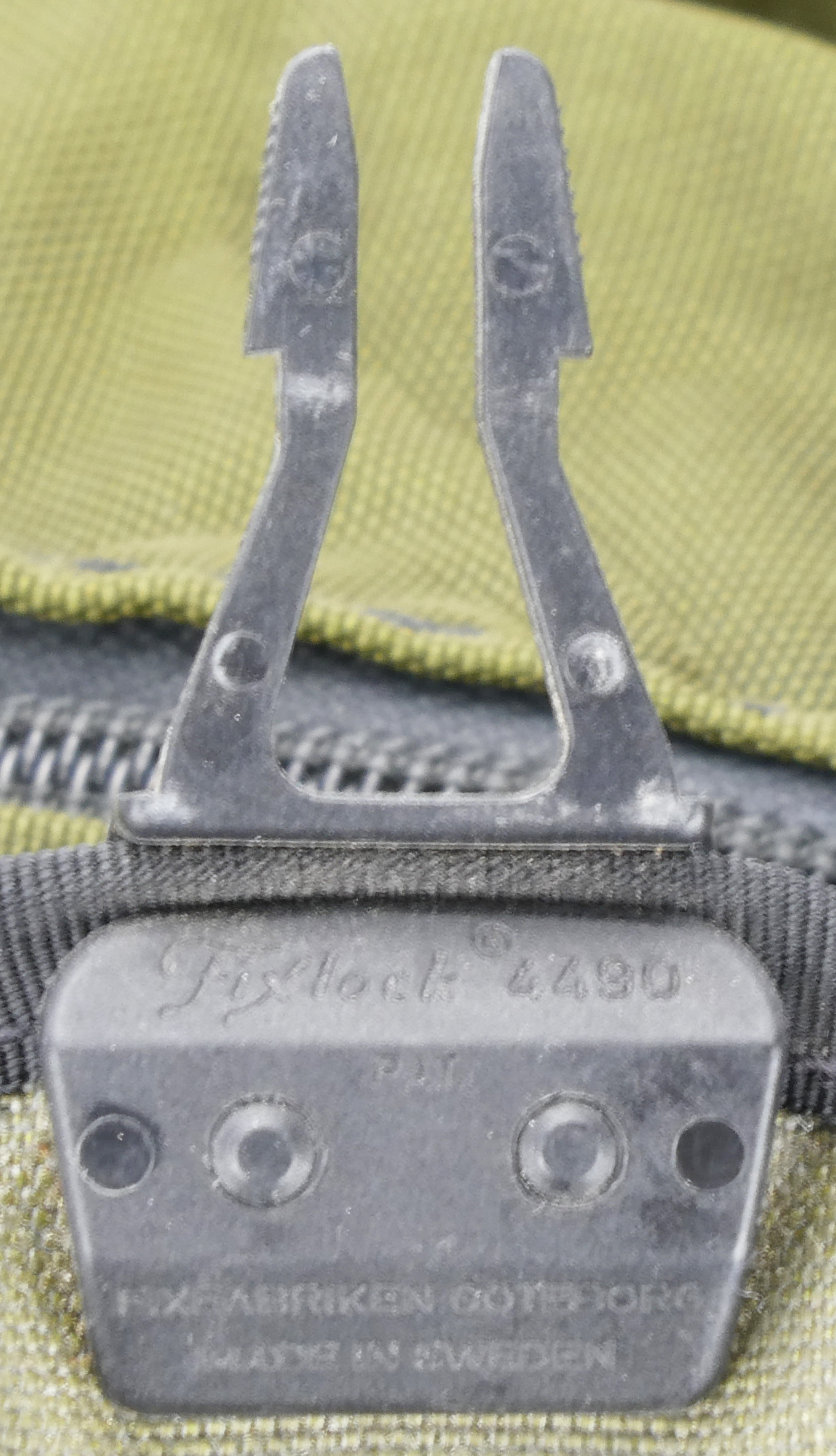
Swedish “Fixlock” buckles like hot extraction vest.
Zipper:
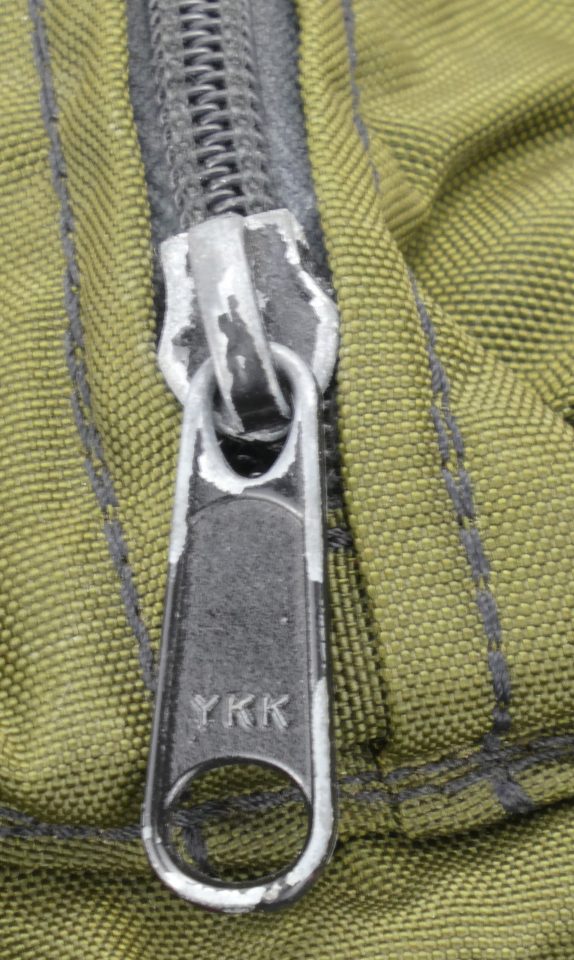
Tag:
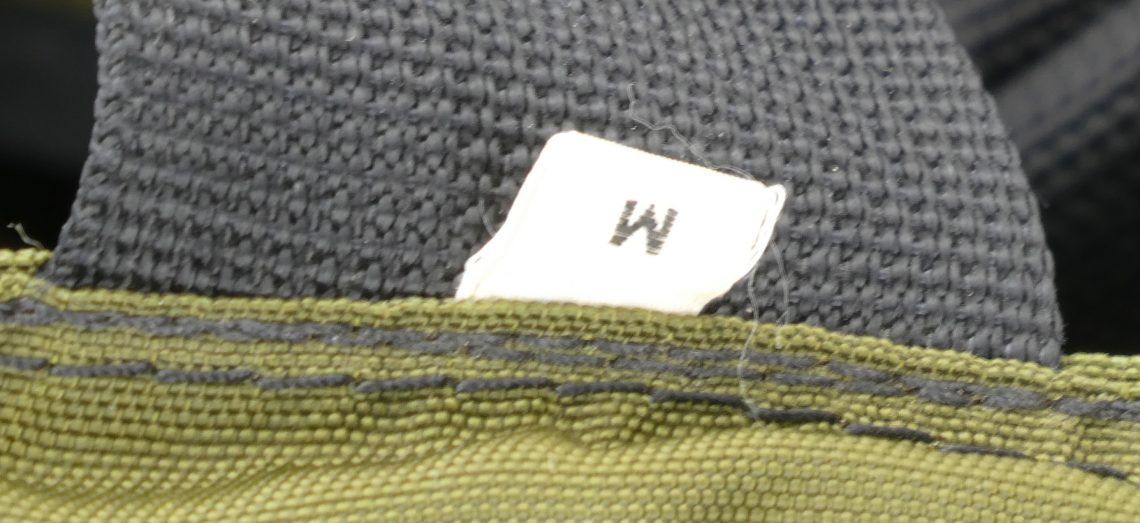
Sample 2:
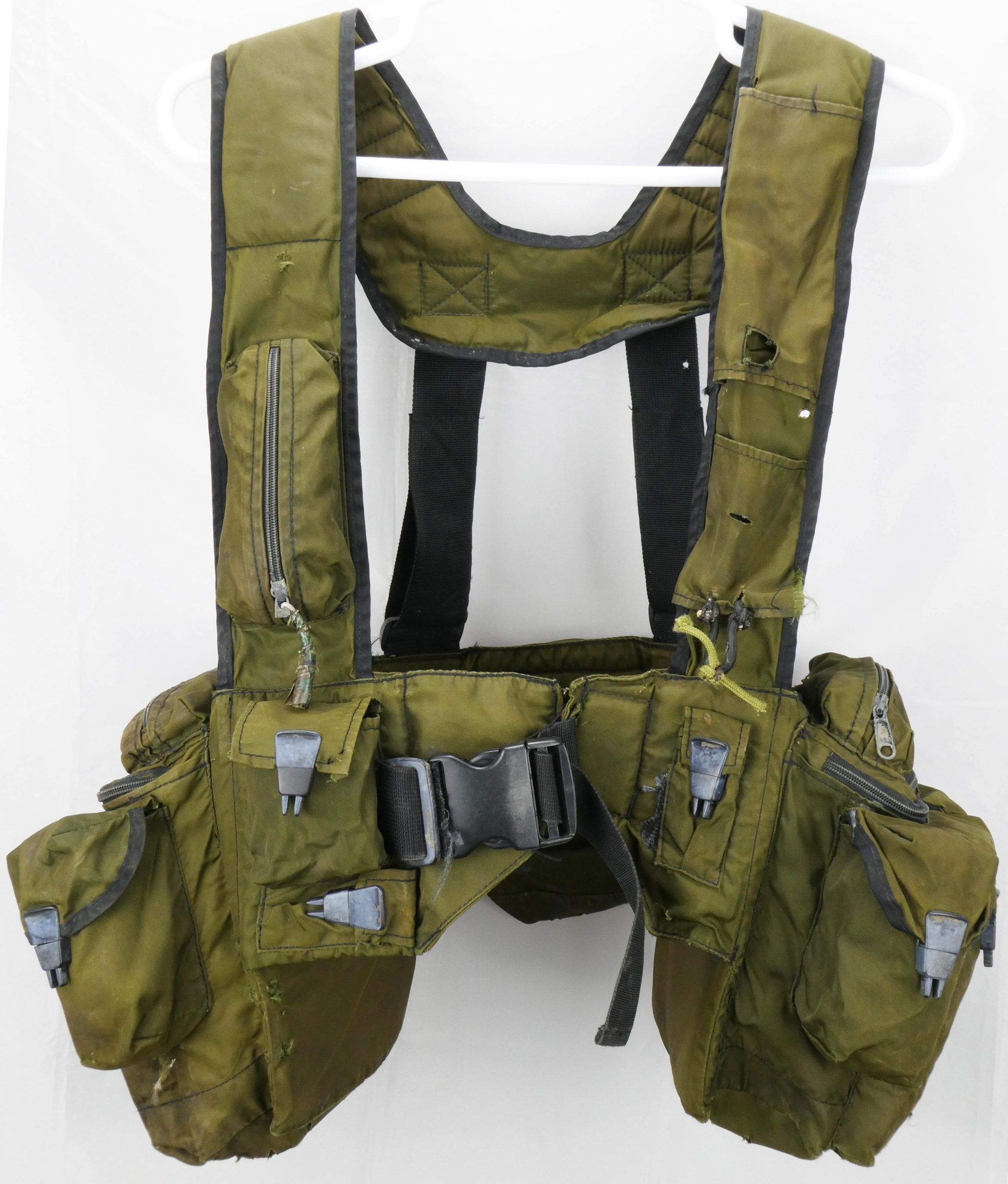
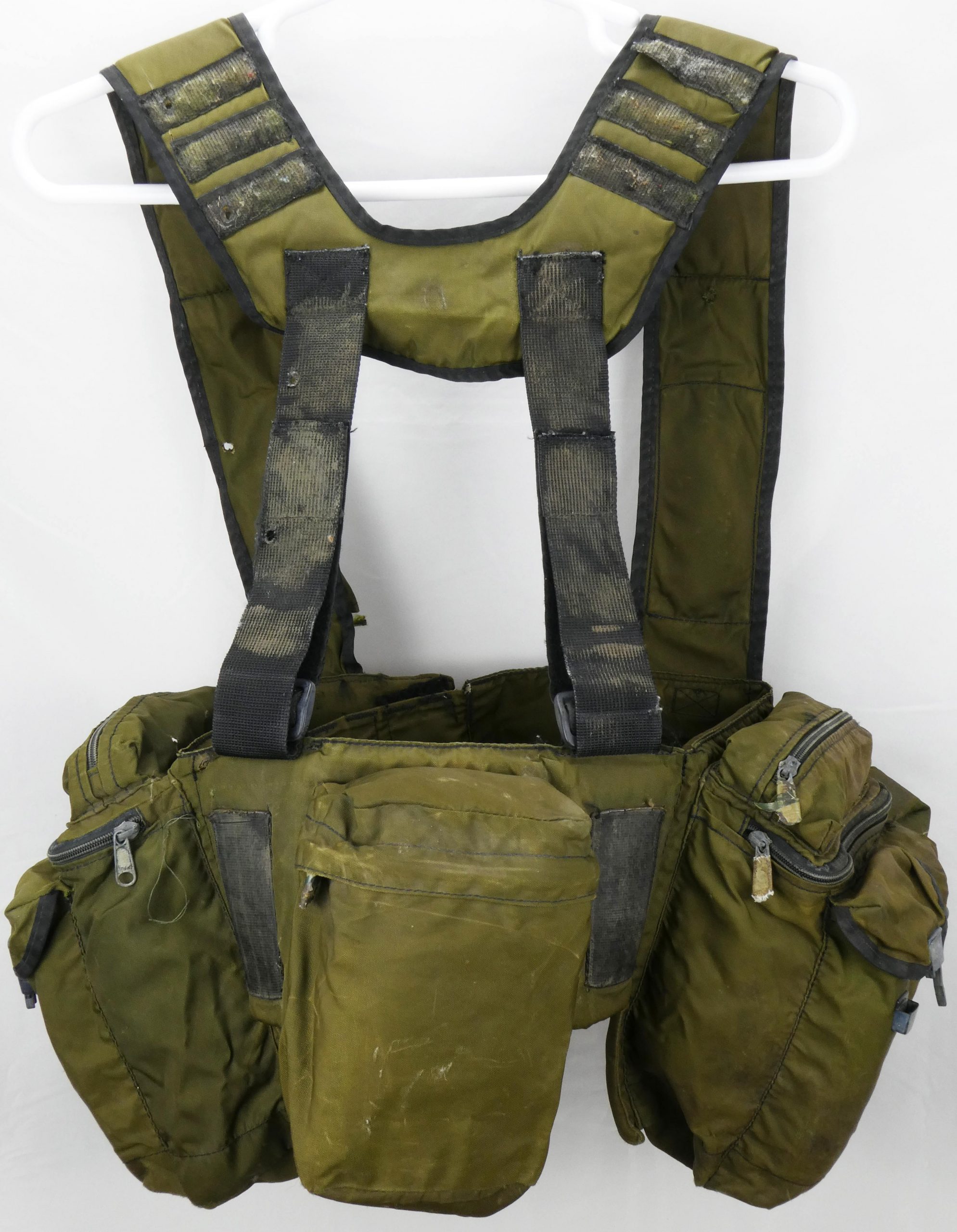
Used by 4 Recce operator (according to seller). 4 Reconnaisance Regiment is still active today and is South Africa’s martime special forces organization. For specific information about their Border War era operations, see Iron Fist from the Sea: South Africa’s Seaborne Raiders 1978-1988 or Iron Fist from the Sea: Top Secret Seaborne Recce Operations (1978-1988) (same book).
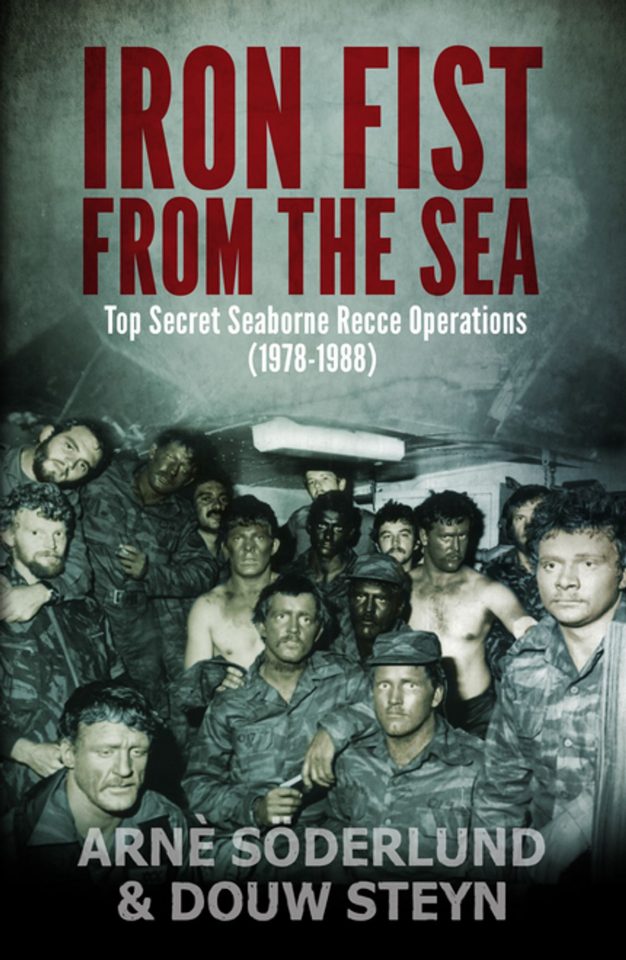
Front Buckle Closure:
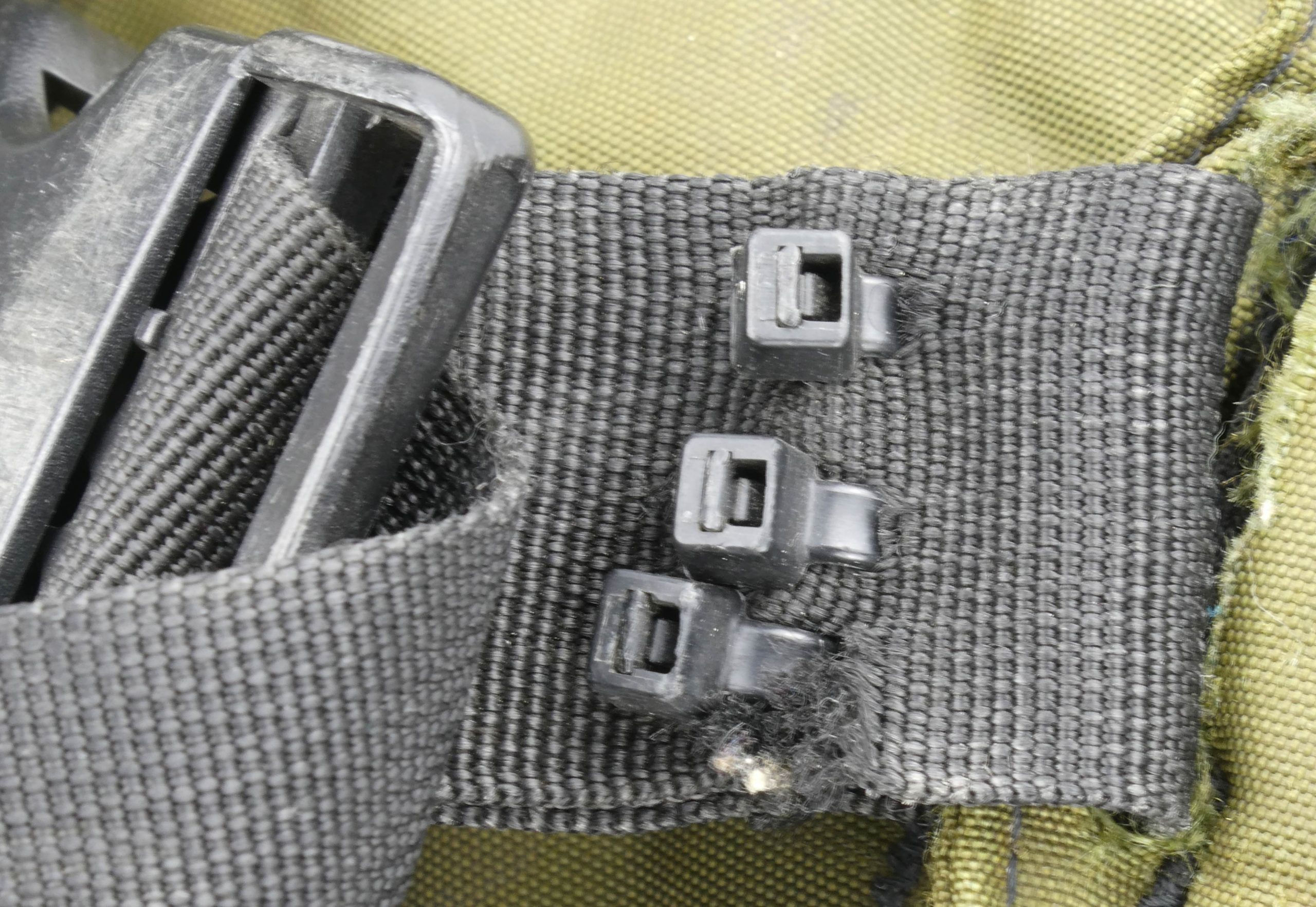
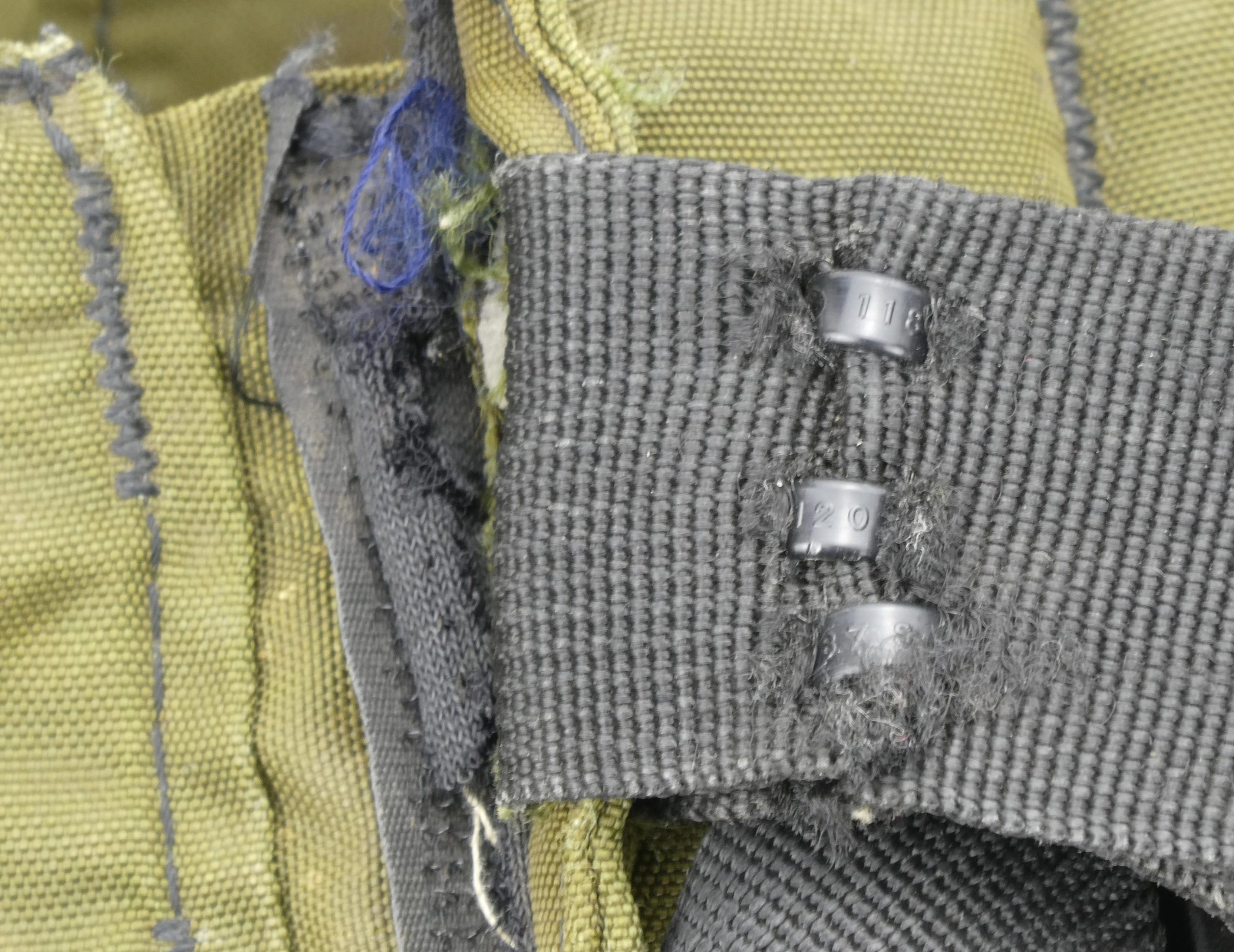
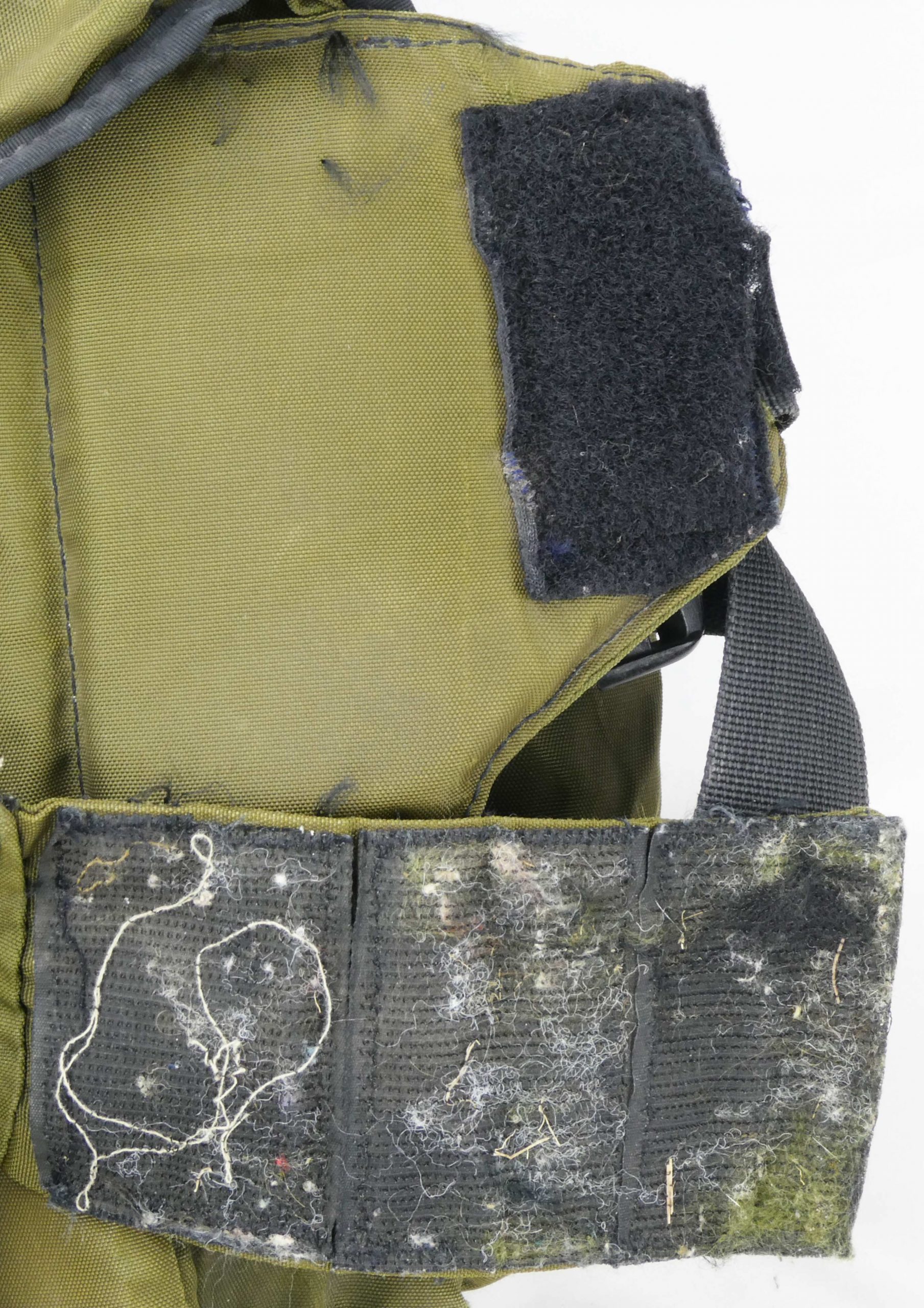
The front part of the belt appears to have been modified (compare to Sample 1).
Front Buckle:
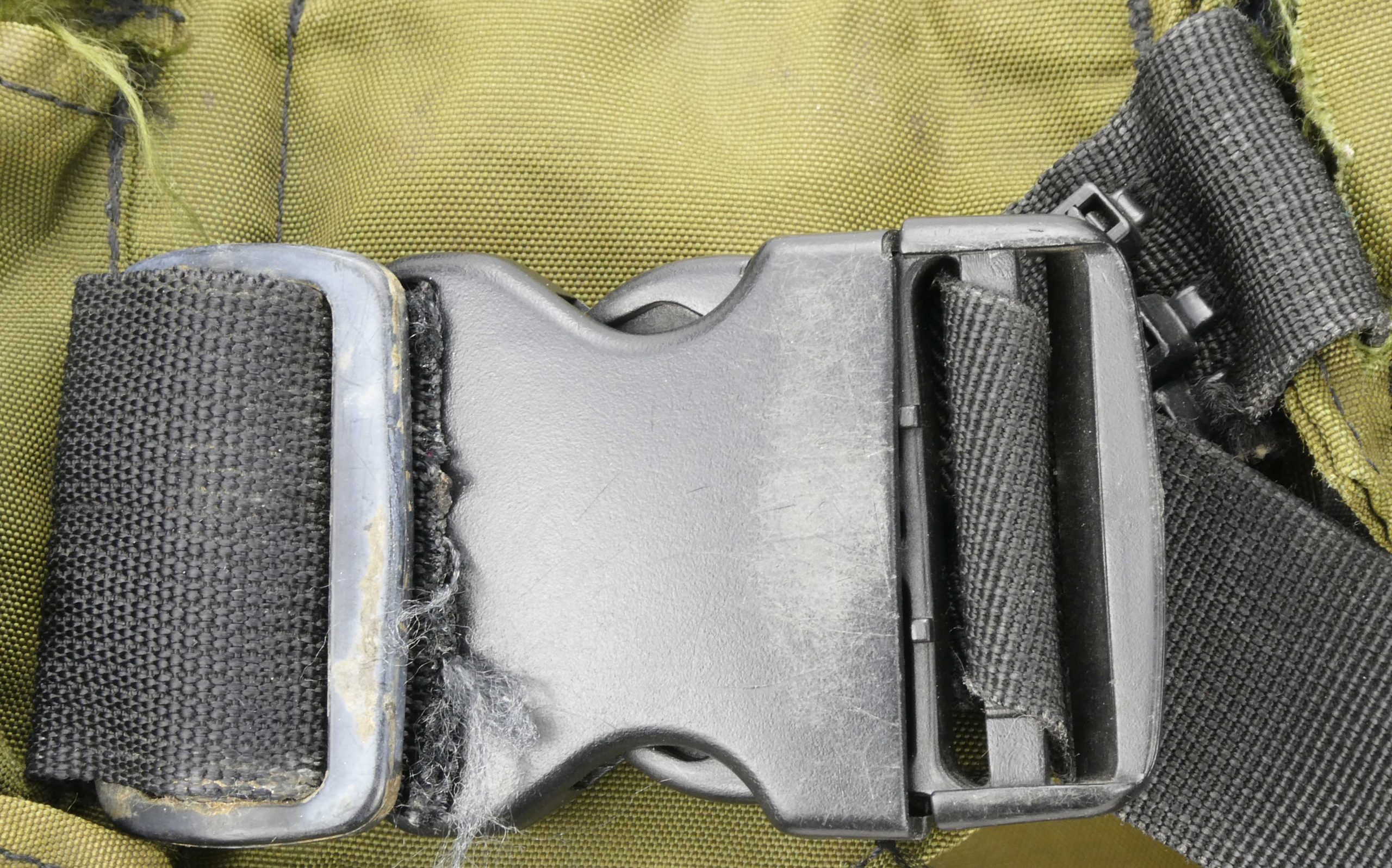
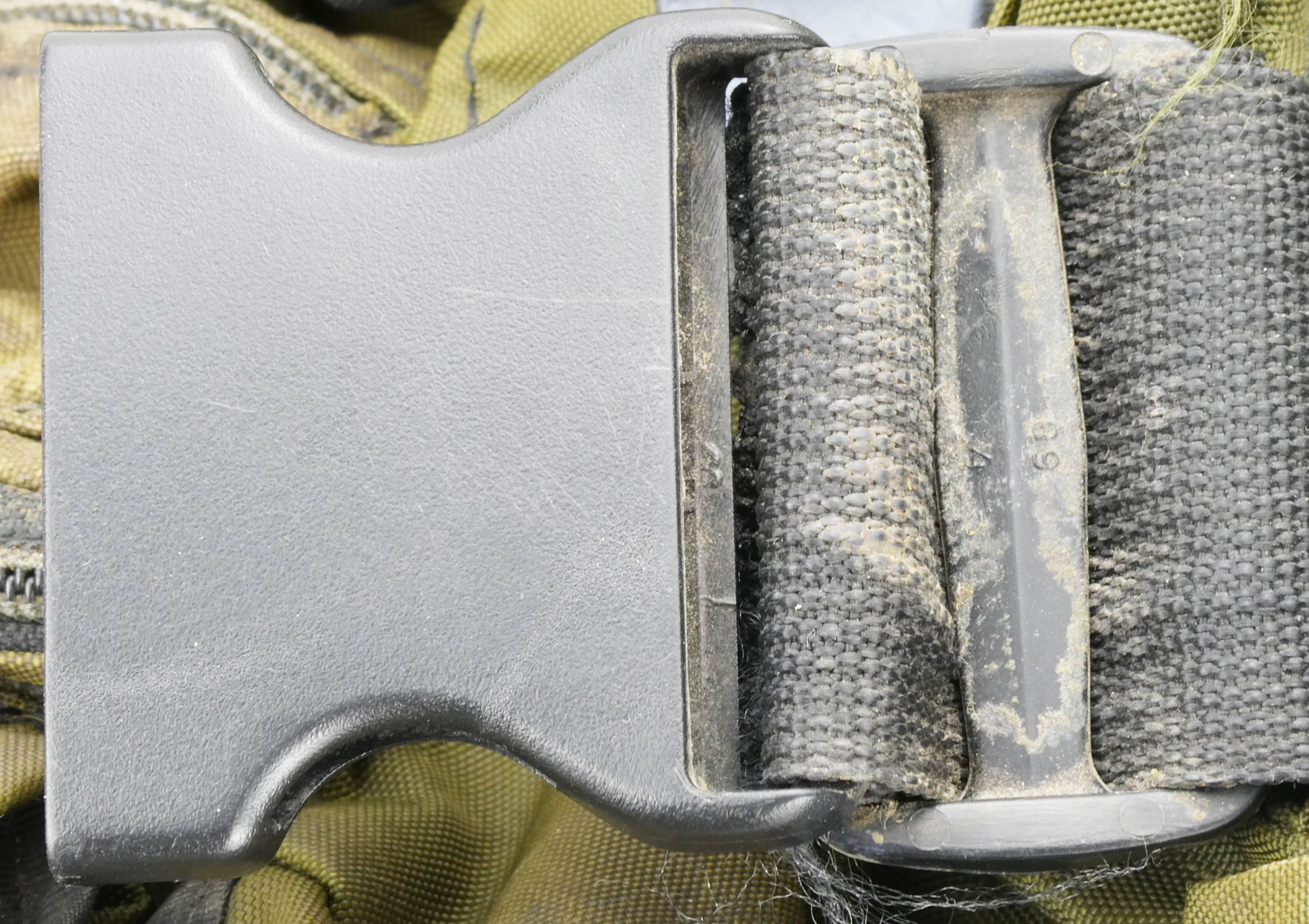
Front buckle is unmarked, but there is an “89” (or “68”?) on the slider on the female end.
Front Pockets:
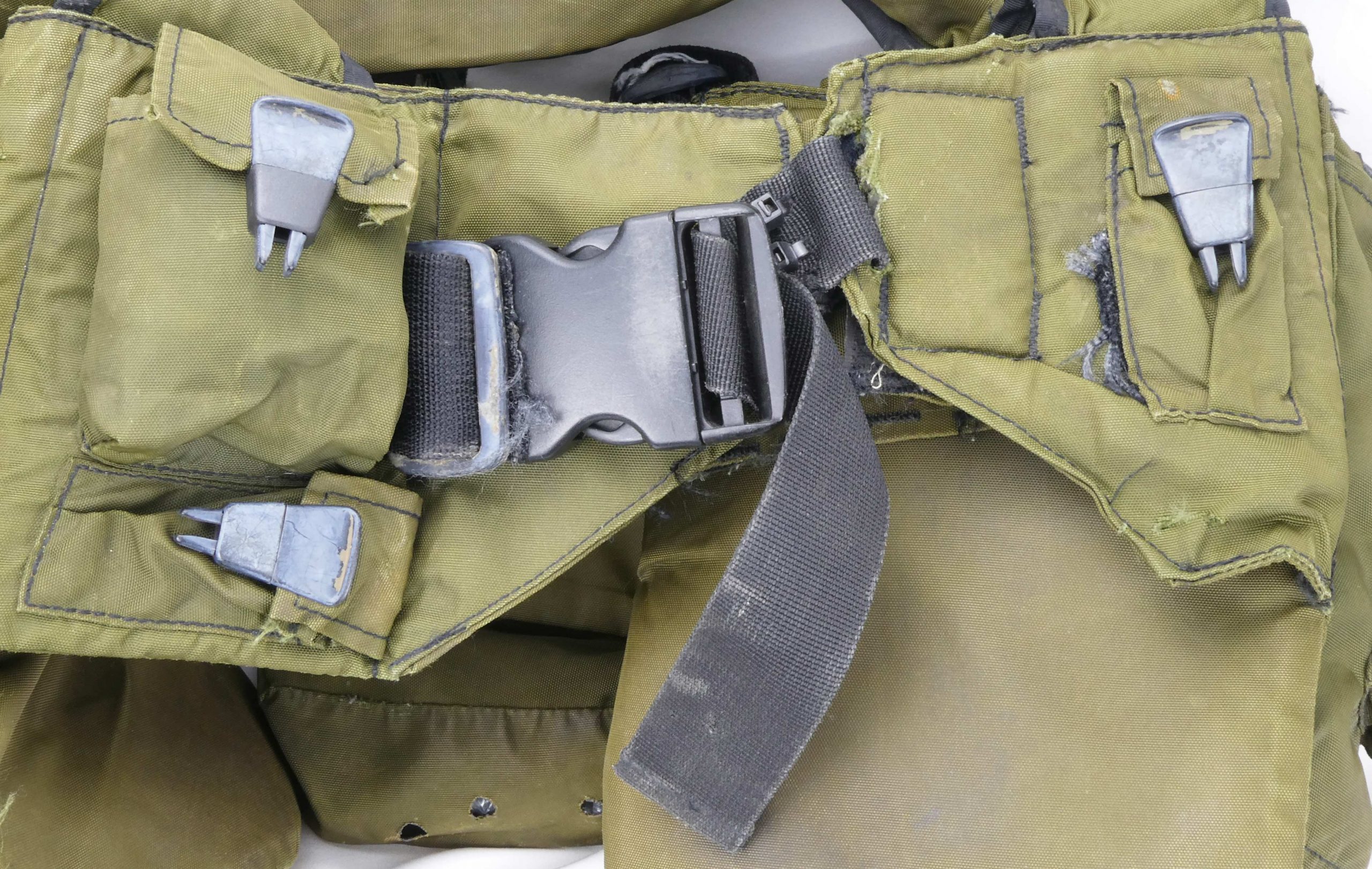
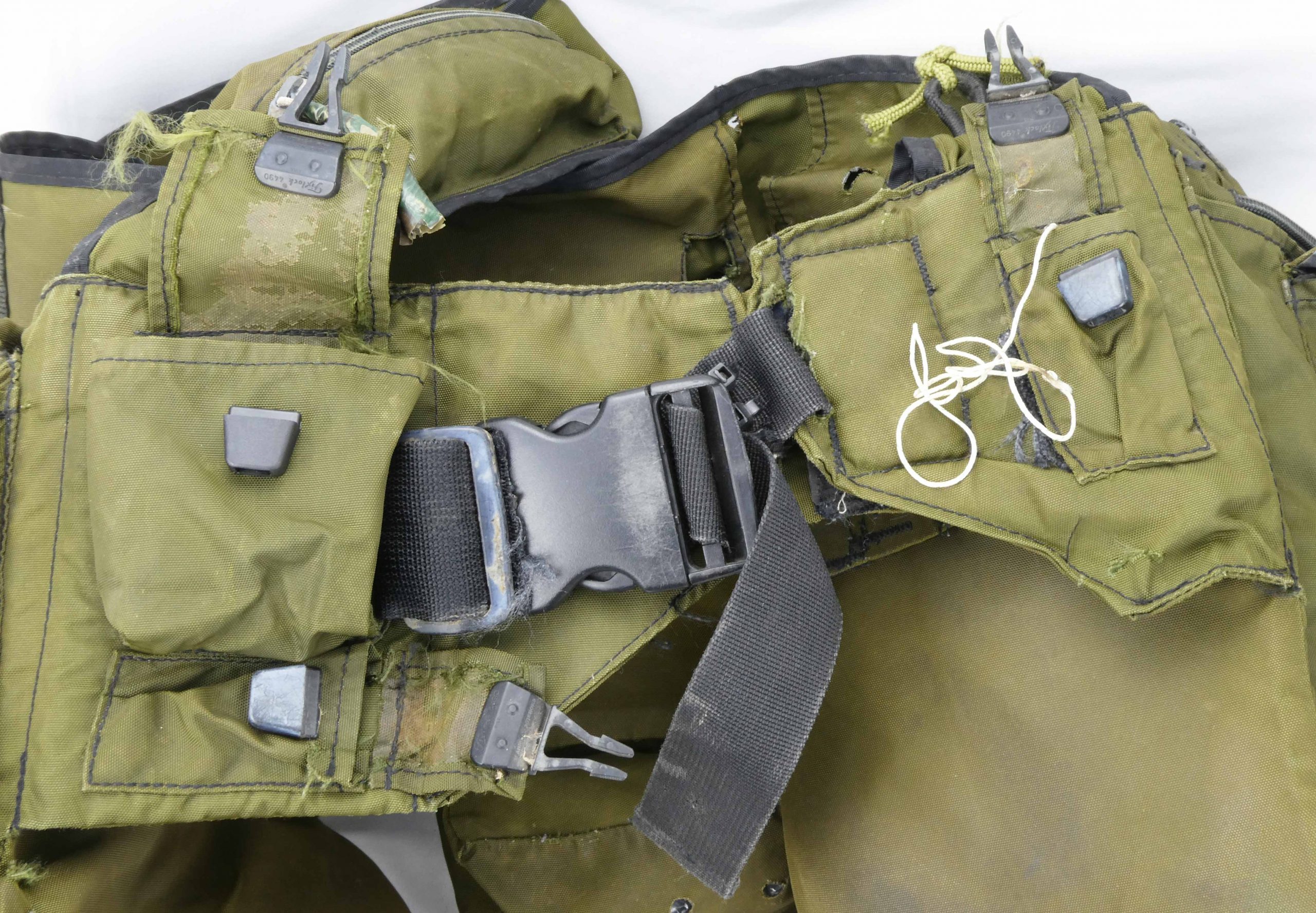
A short length of synthetic cord was found in the small waist pocket on the left (as worn).
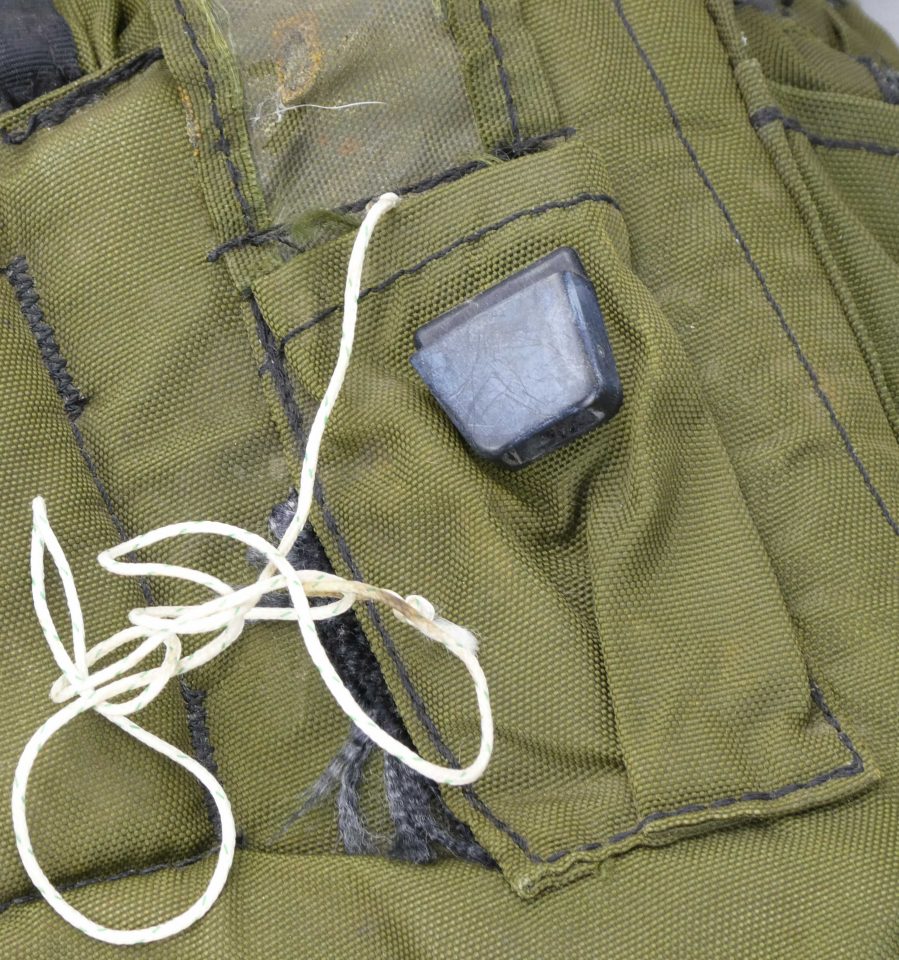
Side Pouches:
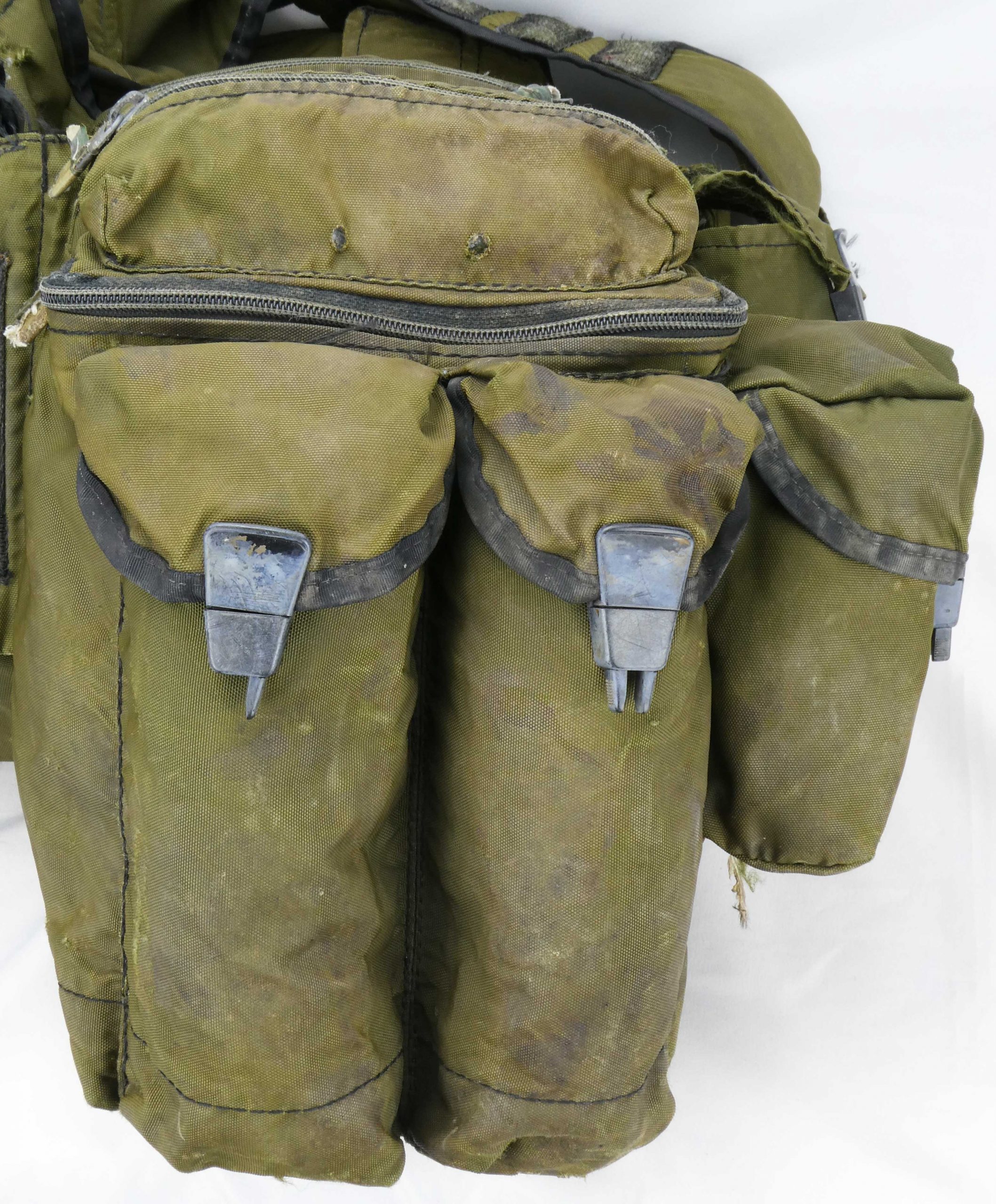
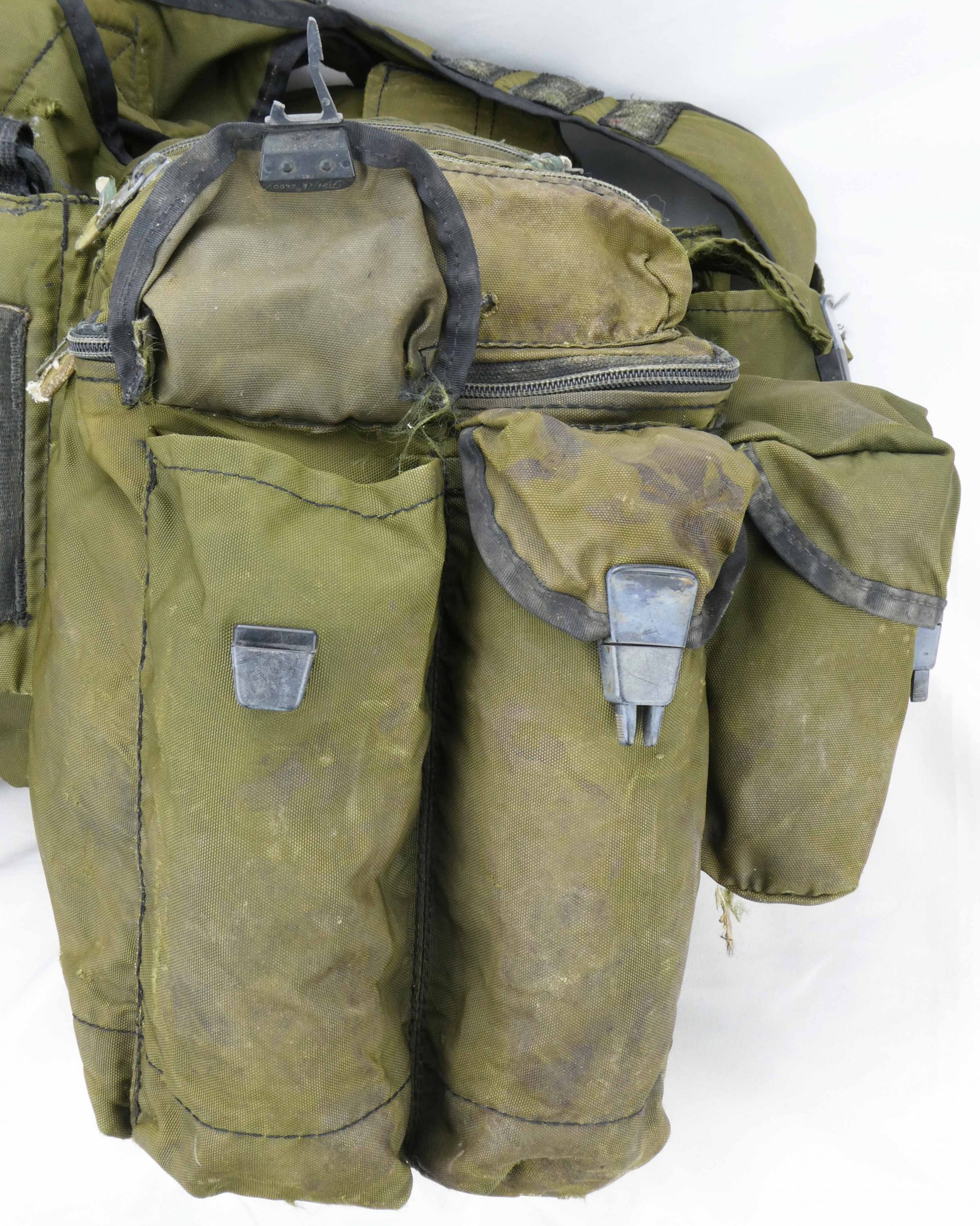
Small, narrow pouches appear to be for weapon magazines. Larger pouch they are sewn onto appears to be for a 2L canteen.

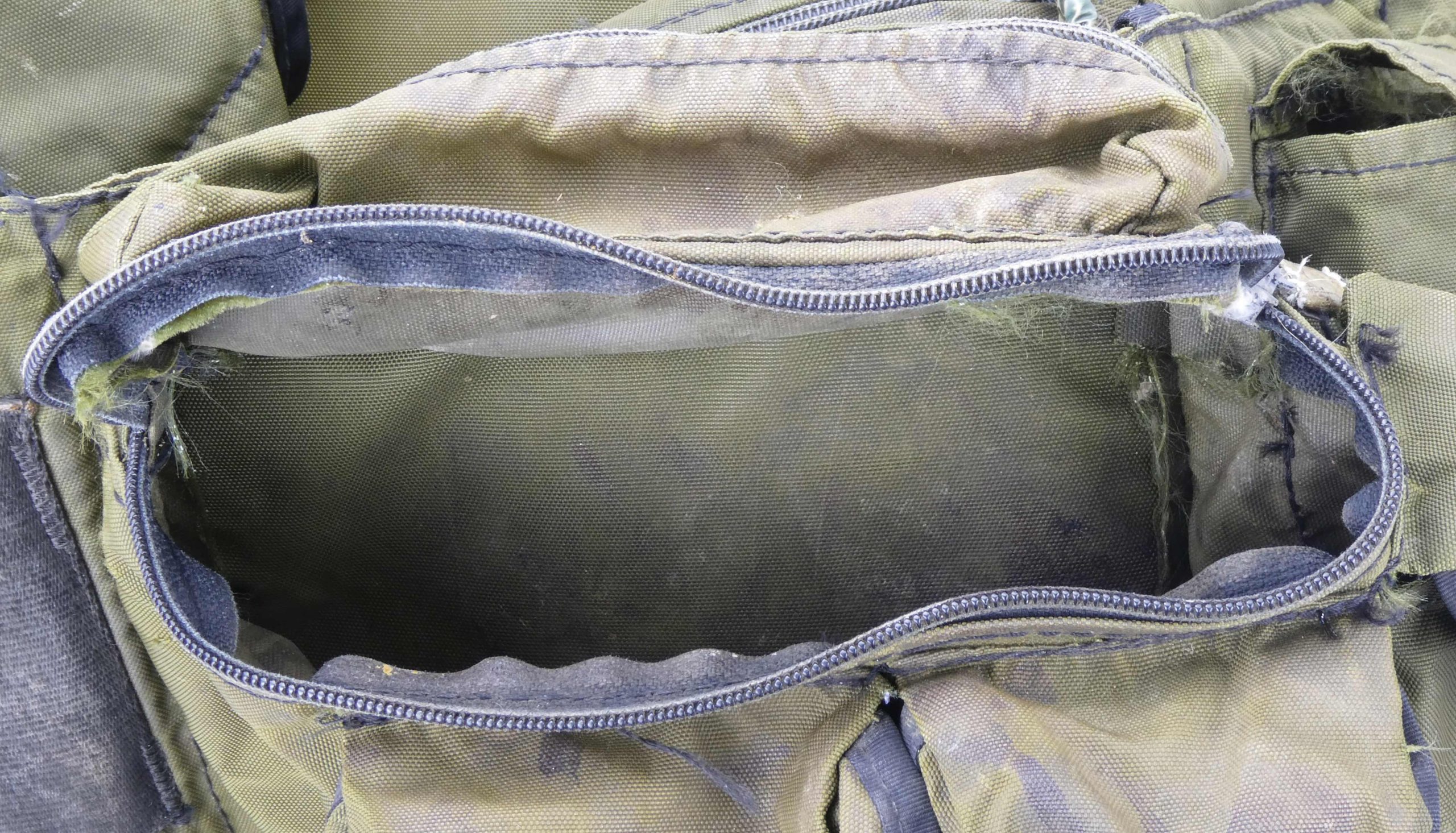
Waterfowl feathers were found inside the large water bottle pockets.

There is a short fixlock clip closure pocket sewn to the front edge of each side pocket.
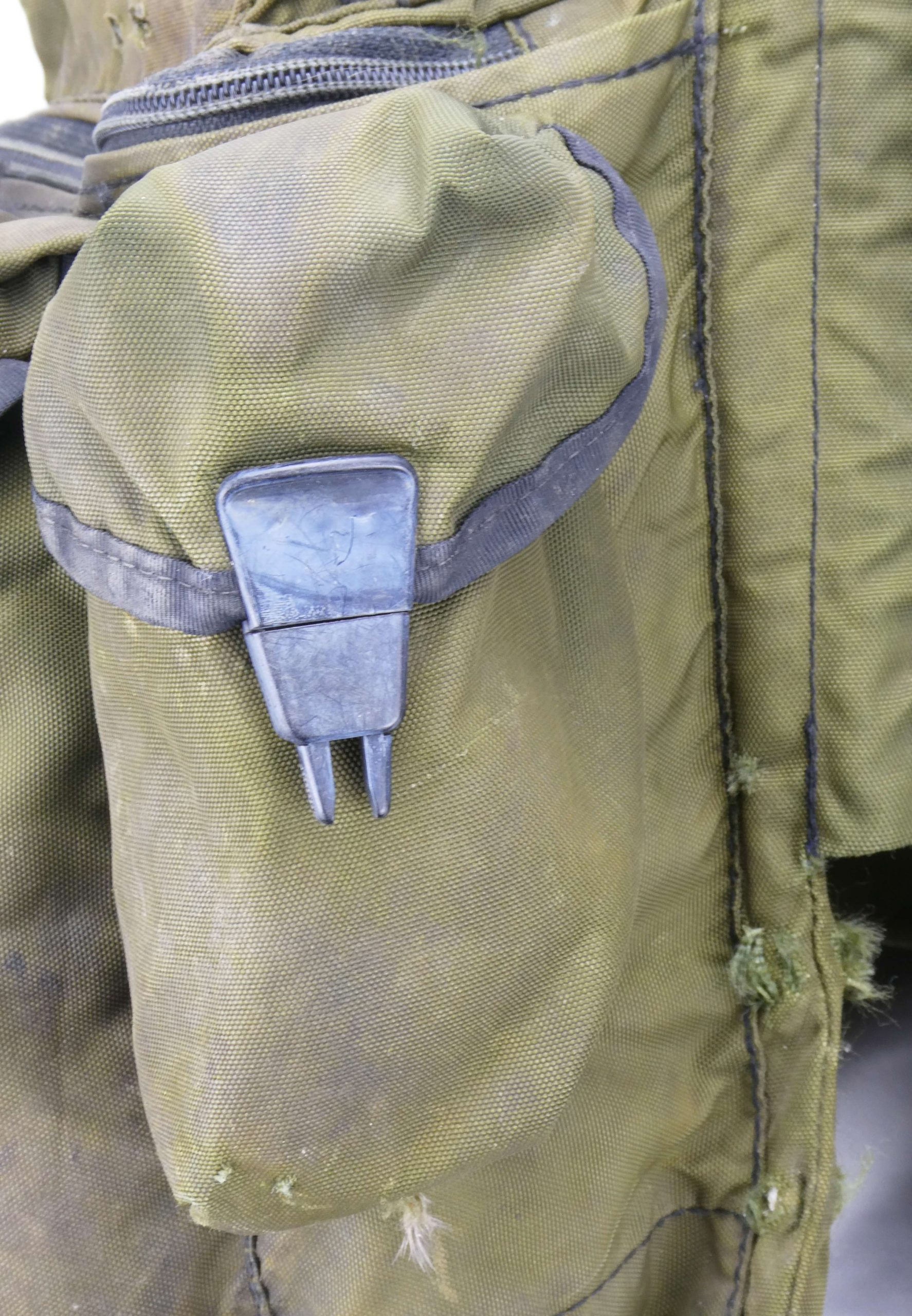

There is a small, narrow zipper pouch on top of each of the 2L canteen pouches.


Left Side Zipper Pocket Metal Part:
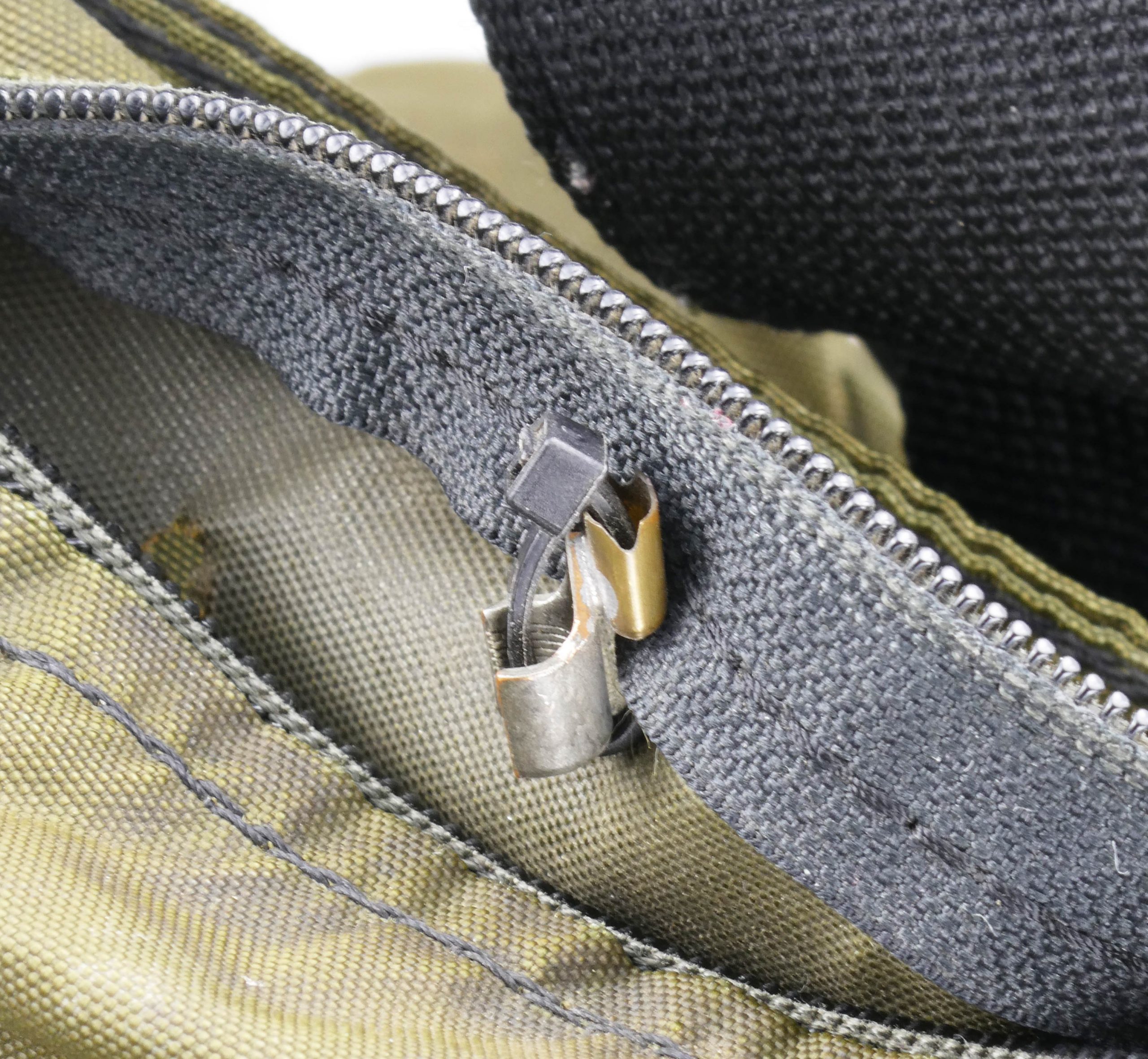
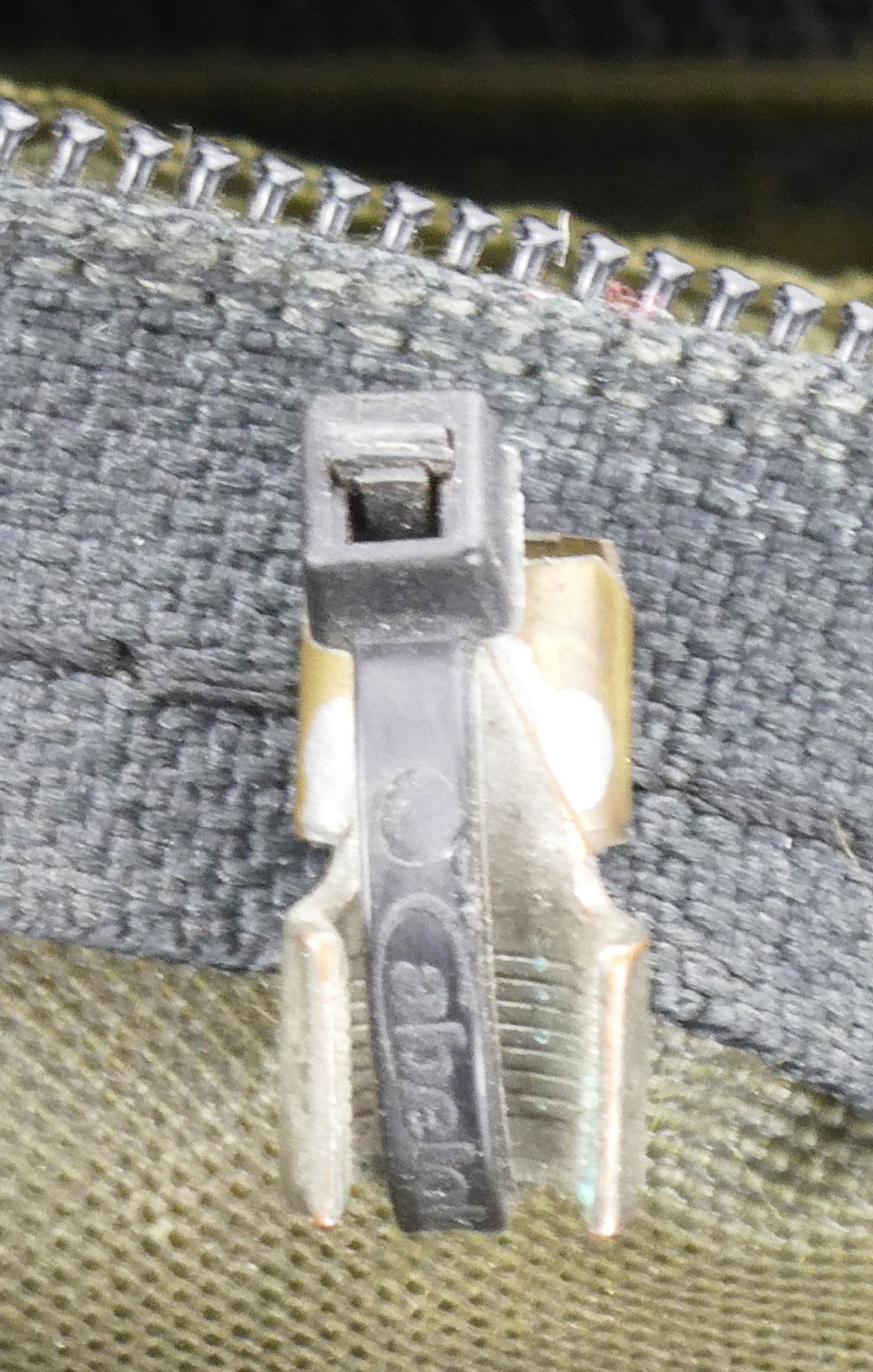
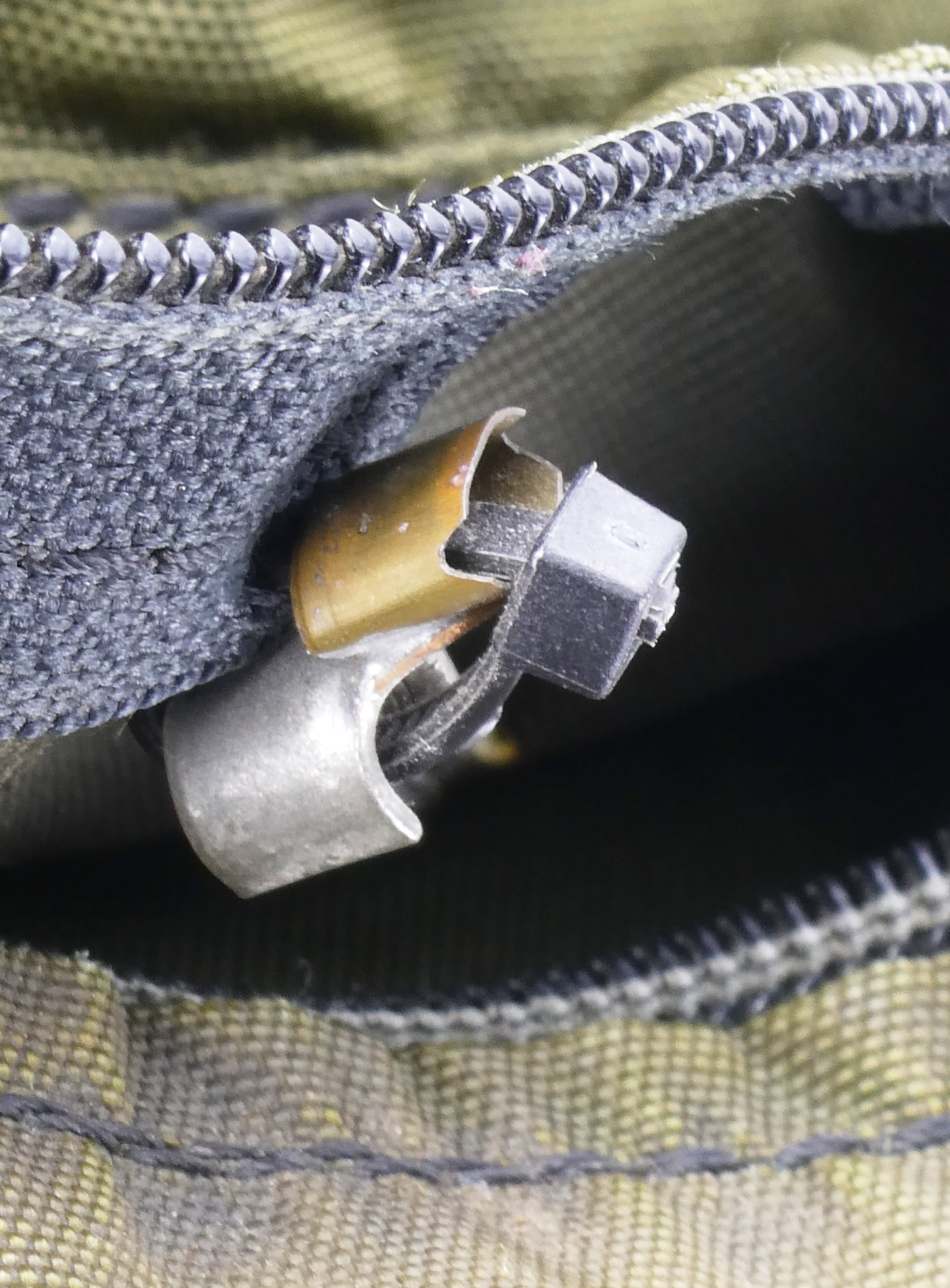
There is a small metal part zip tied onto the fabric of the left zipper pocket.
Bottom:

Has drain holes cut or burned into the bottom, necessary for waterborne operations.
Back:
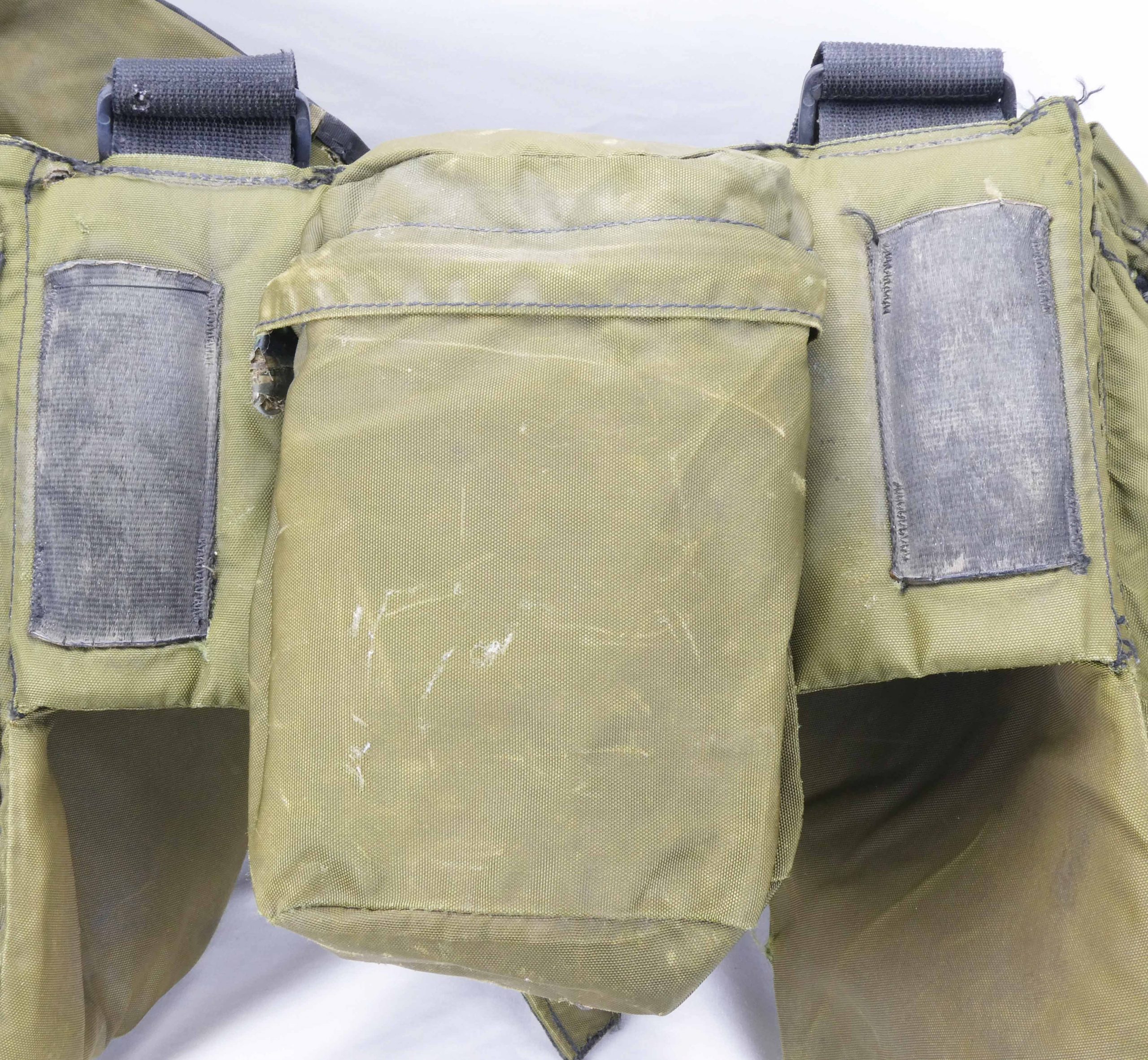
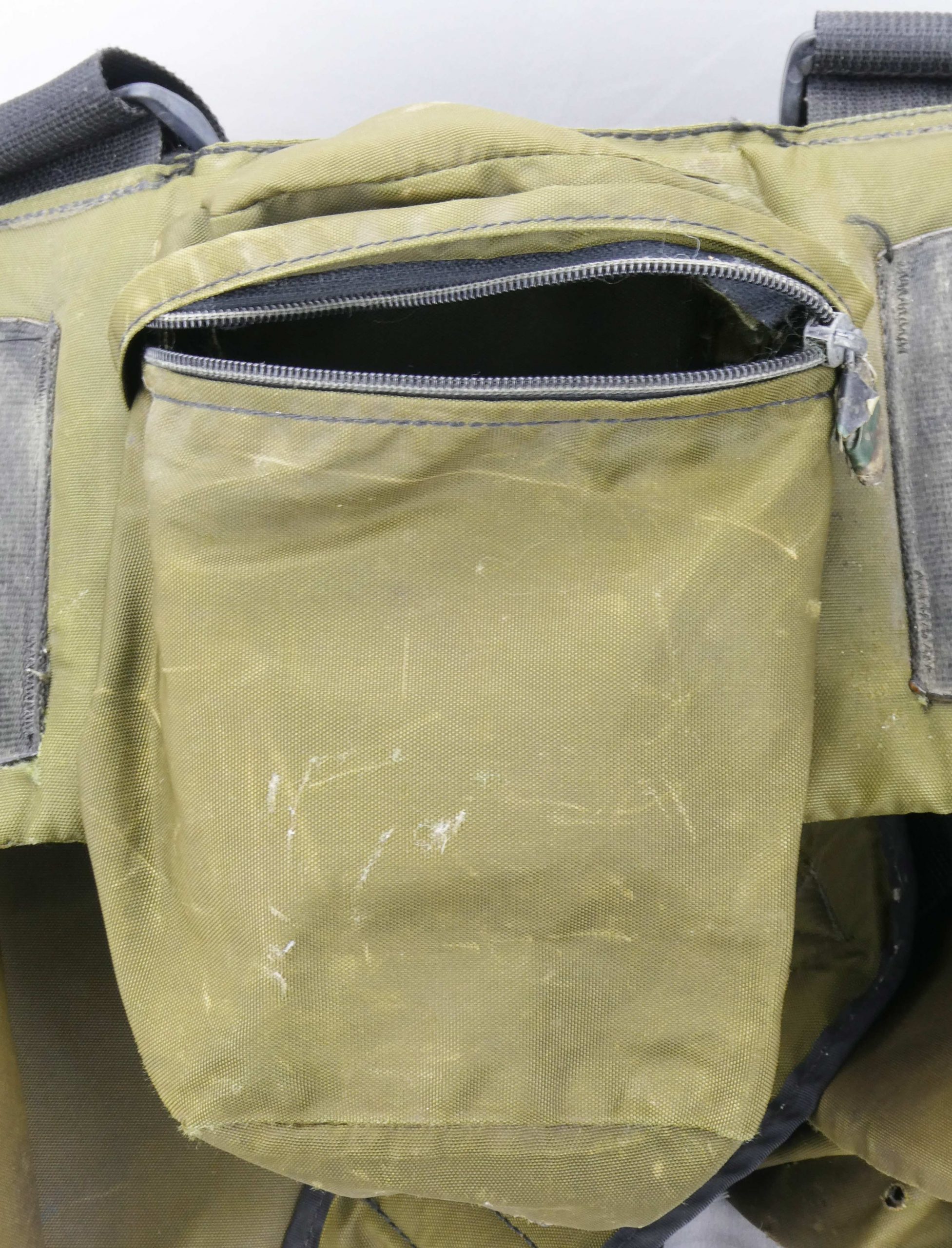
The buttpack in the back is long and narrow unlike Sample 1 which seems to be more conventional. This, along with the drain holes, indicates it was heavily modified by the user and/or a unit rigger.
Inside:
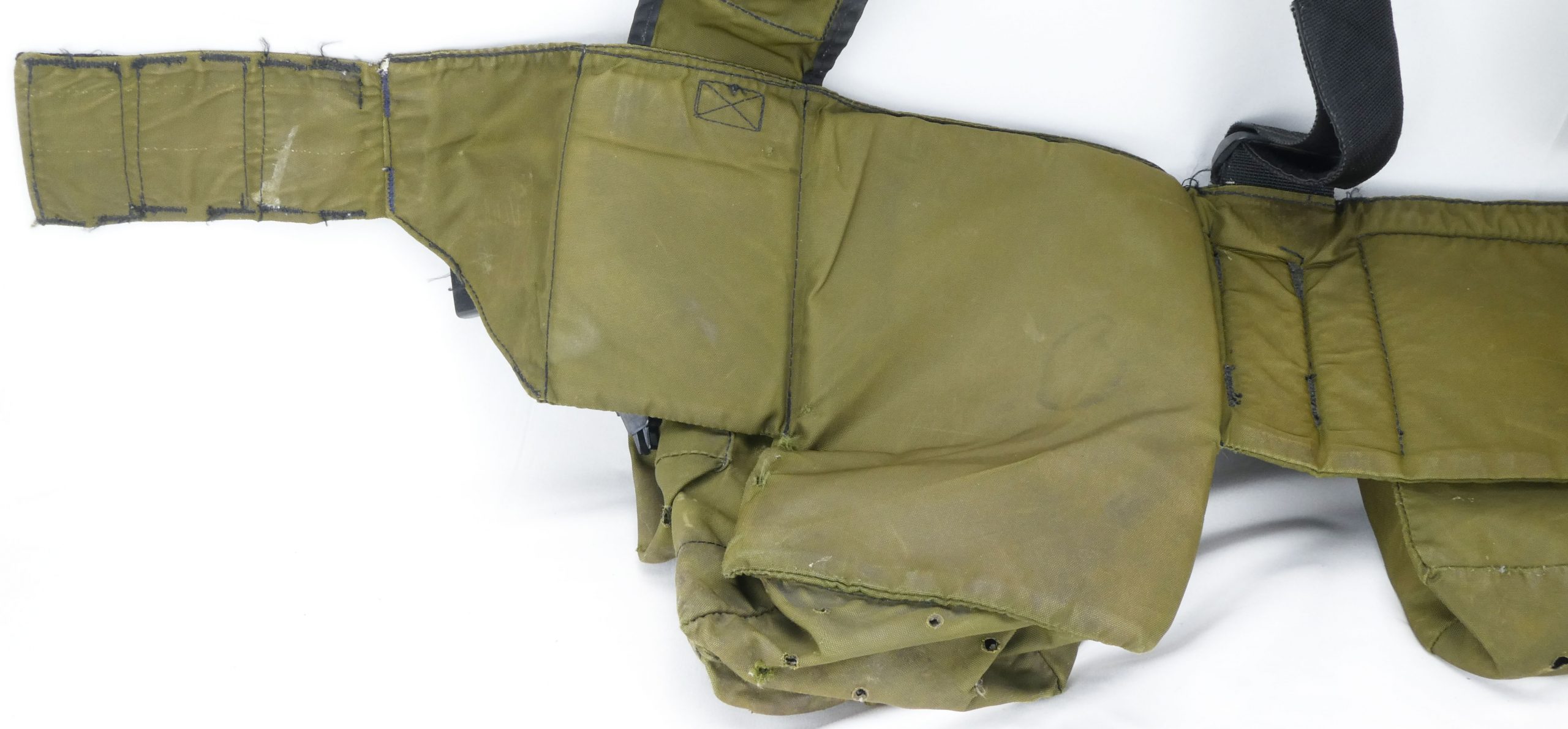
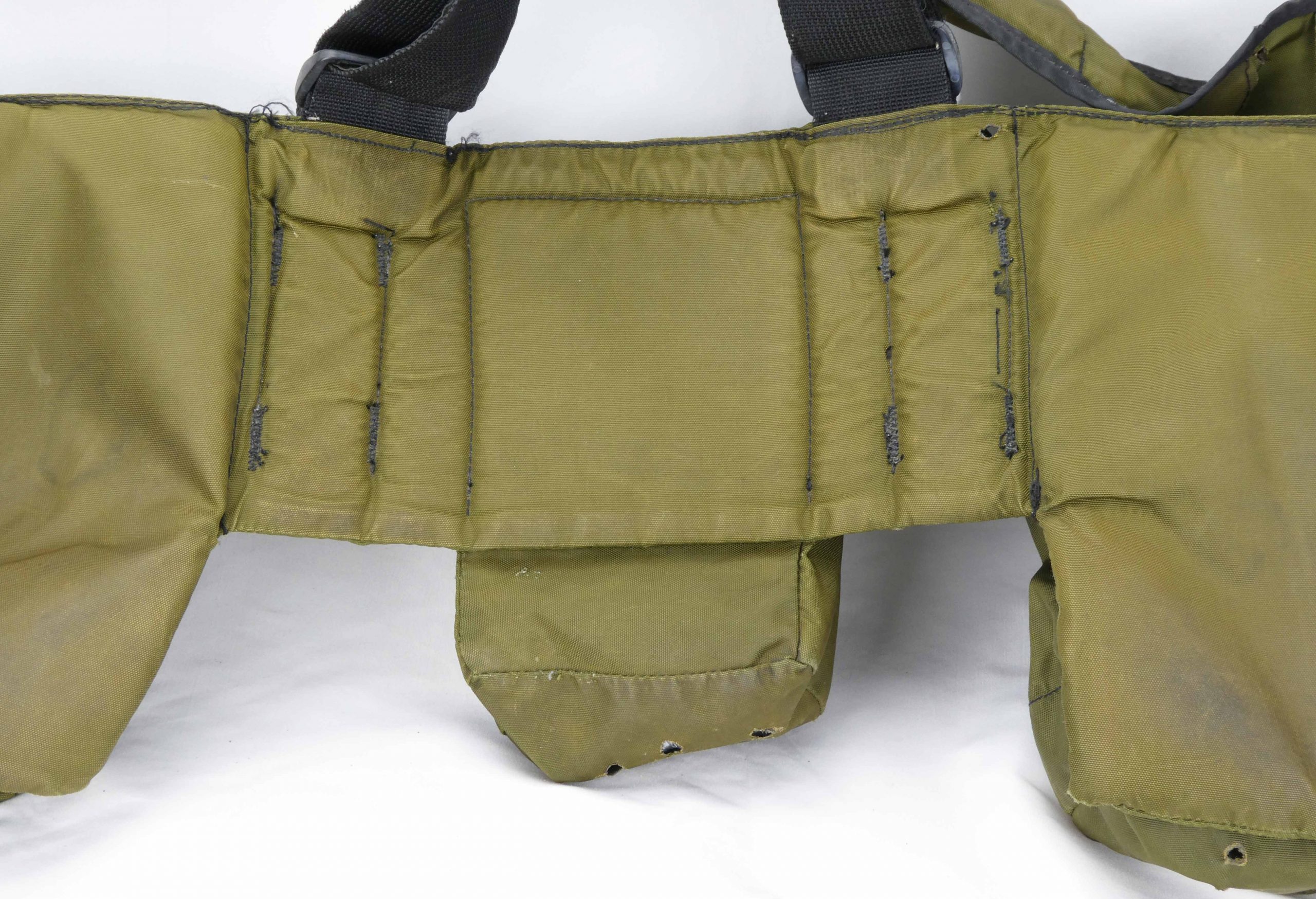
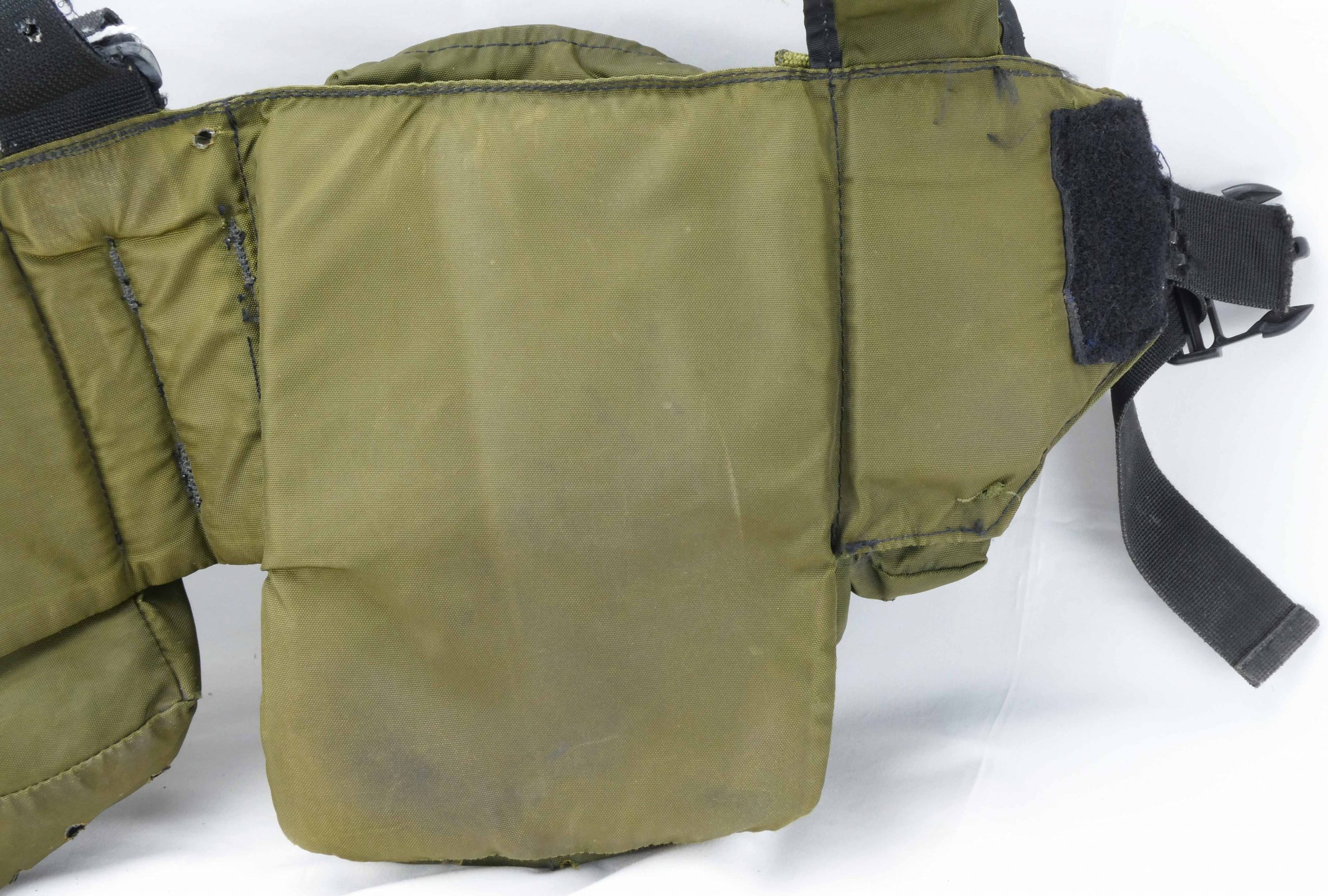
Yoke:


Small velcro strips sewn onto upper part of the harness yoke.
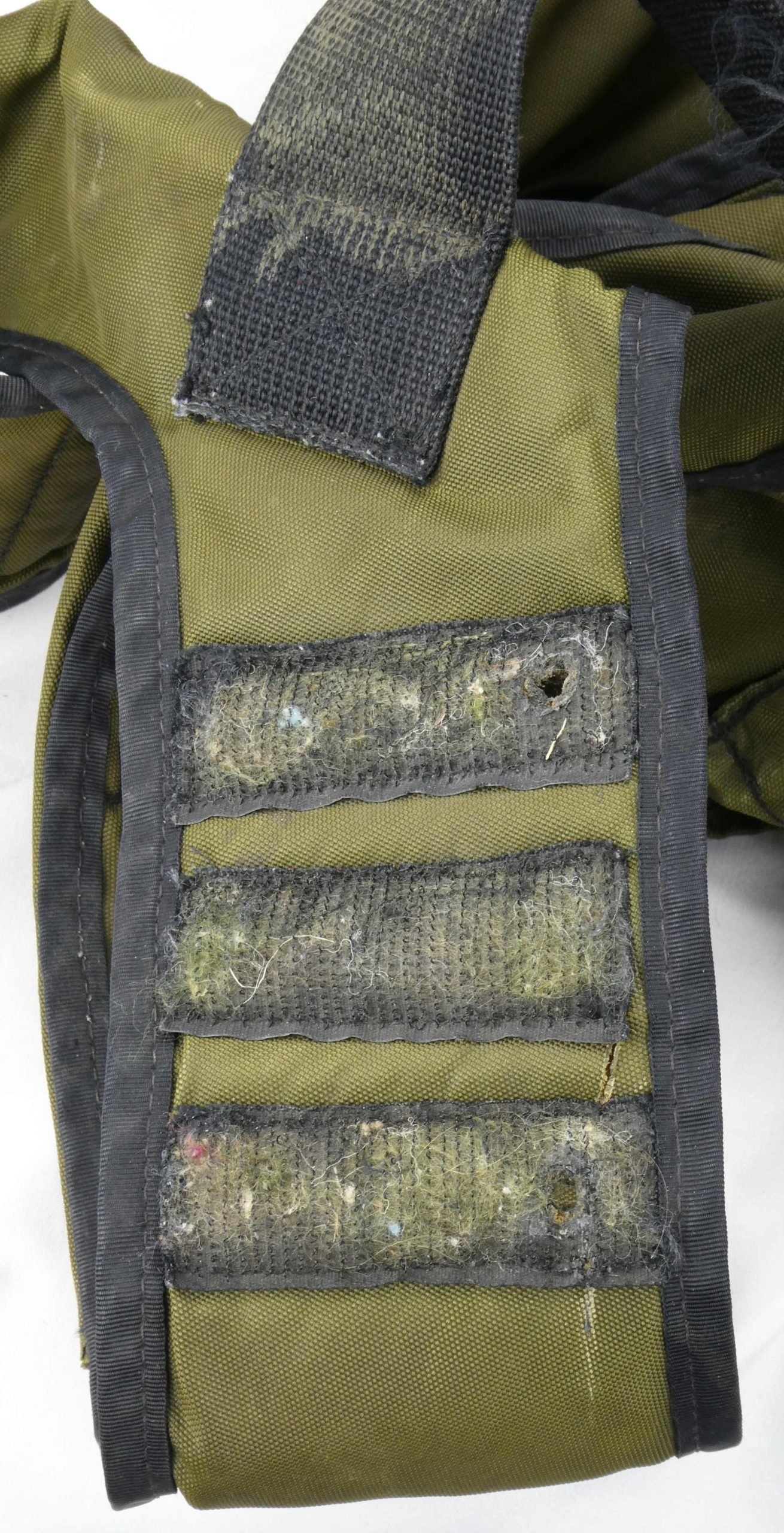
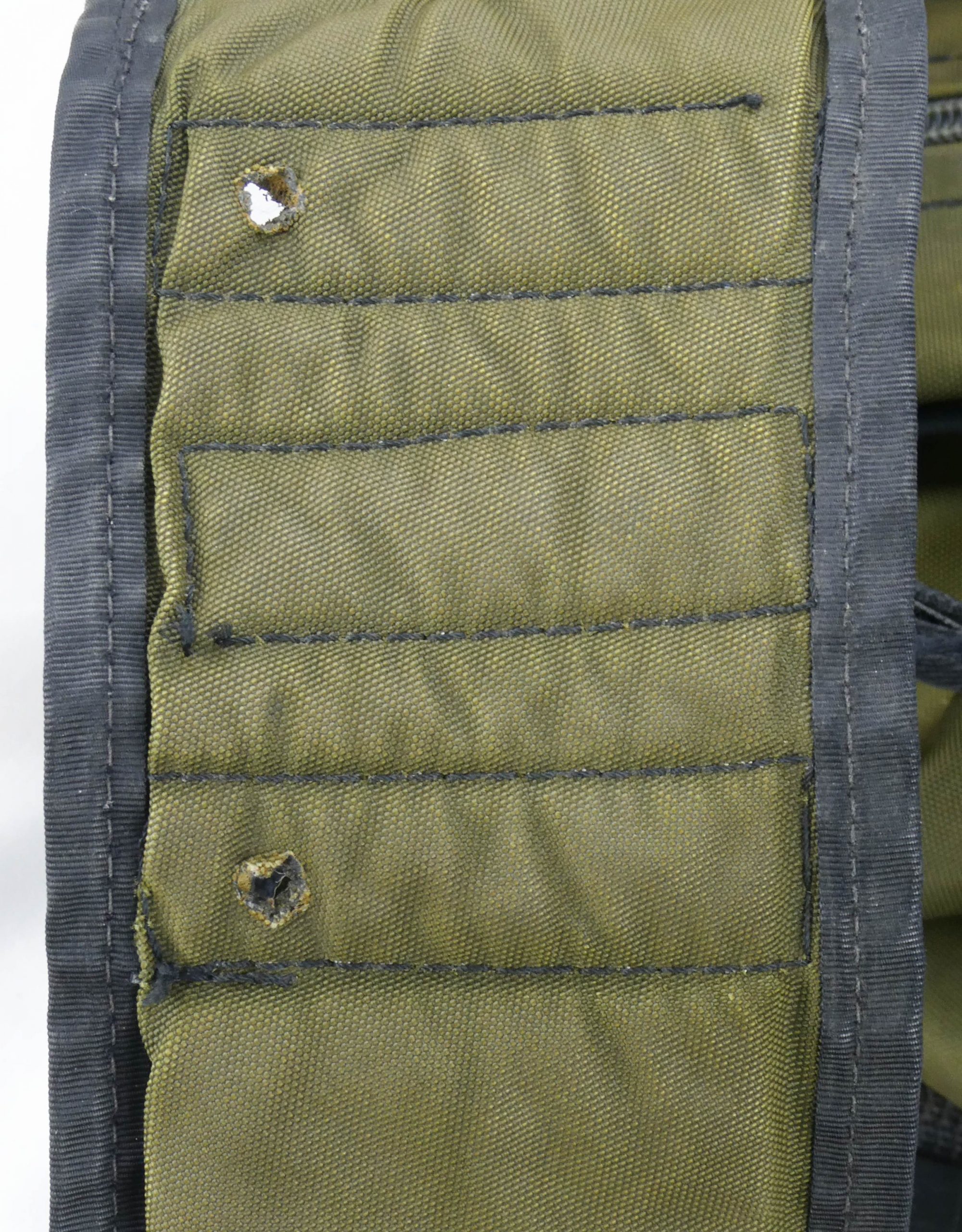
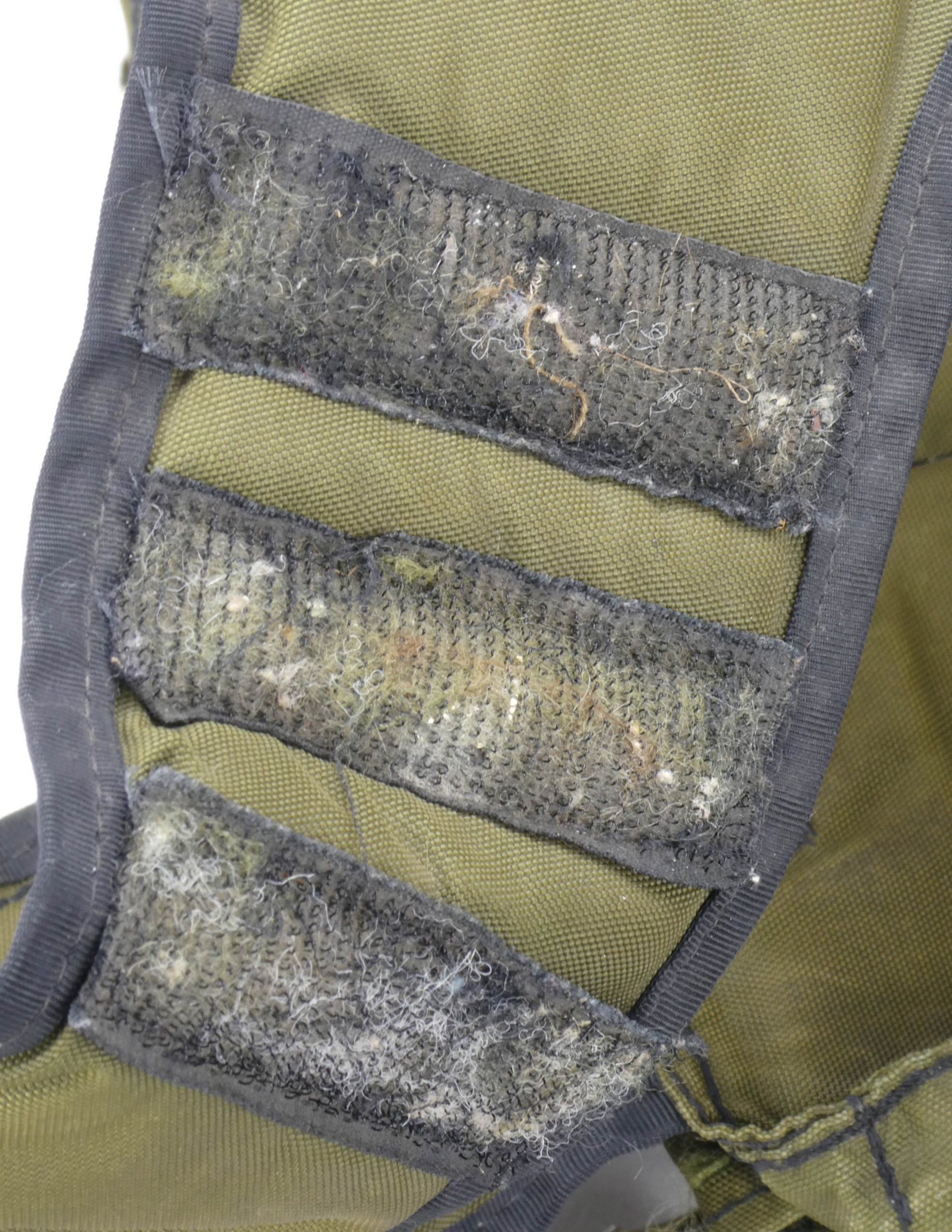
Fixlock Clips:
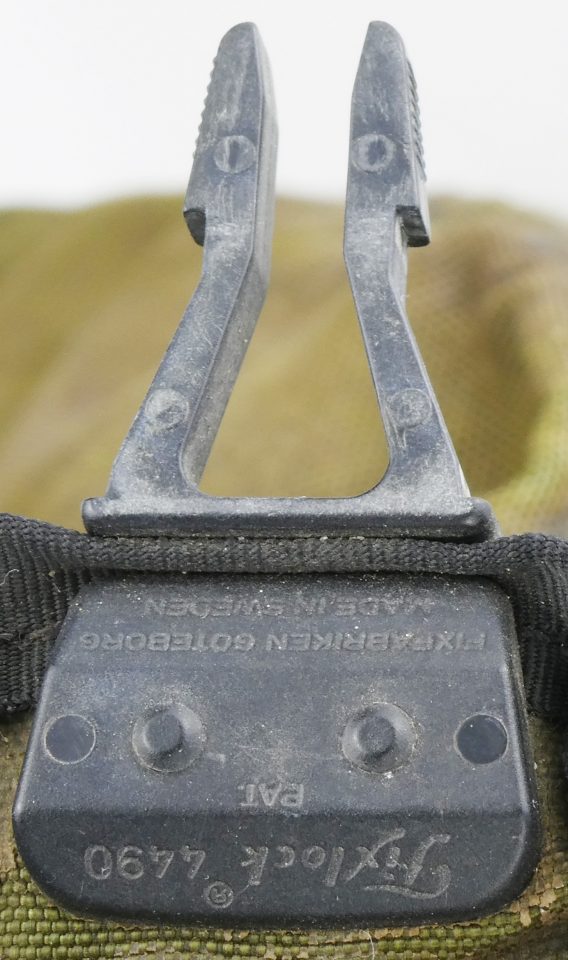
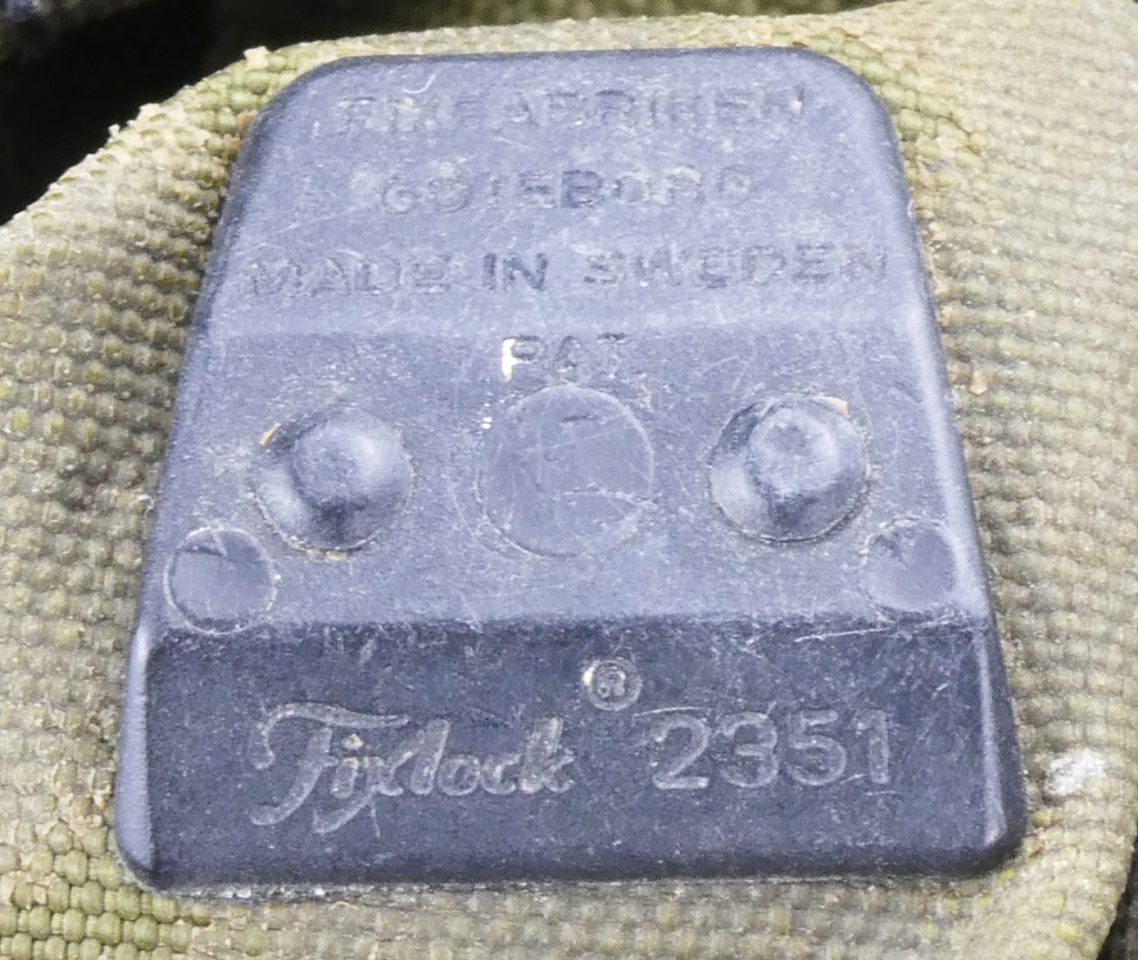
Most pouches are closed with US ALICE style fixlock clips with Swedish markings. Similar clips were also used in the Hot Extraction Vest.
Zippers:
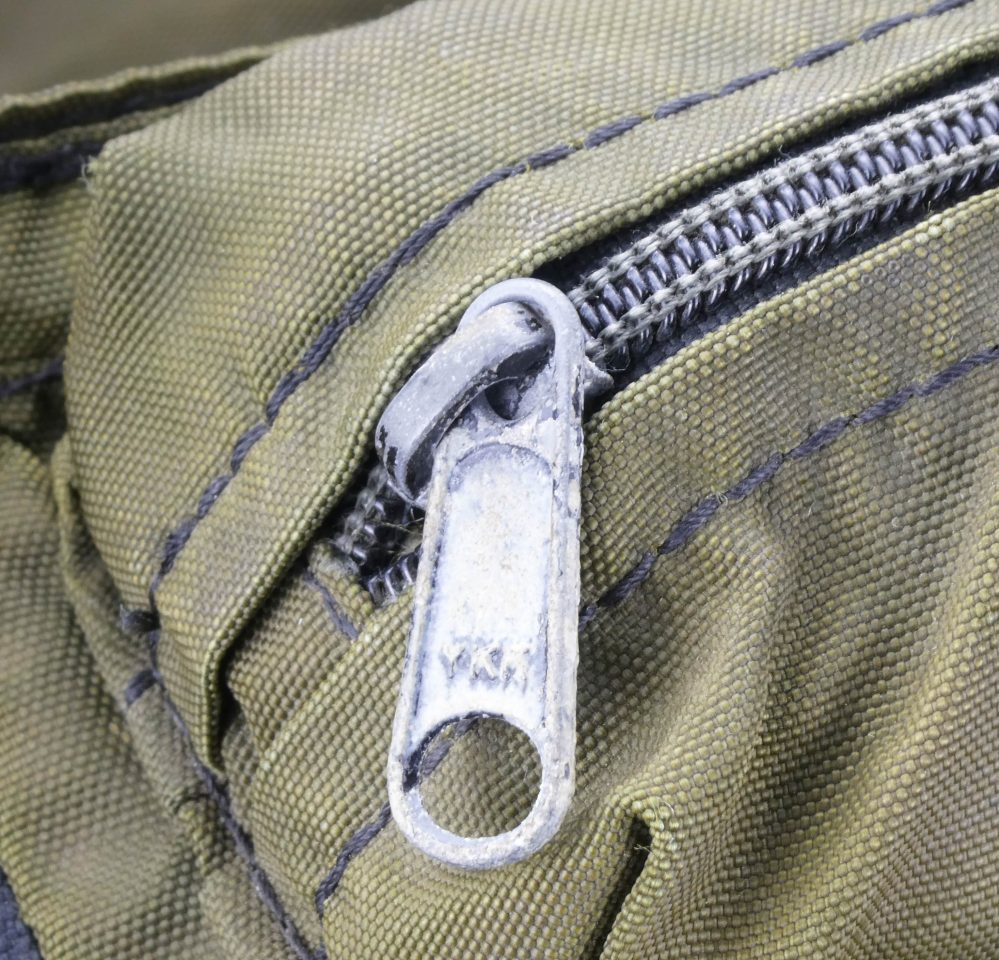
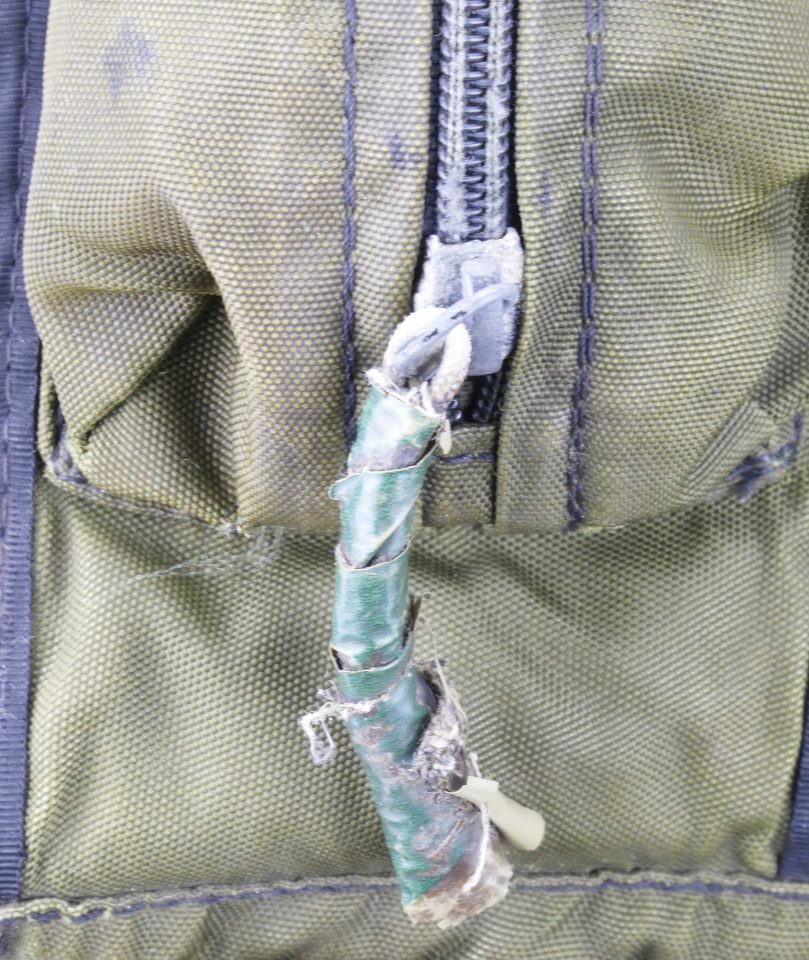
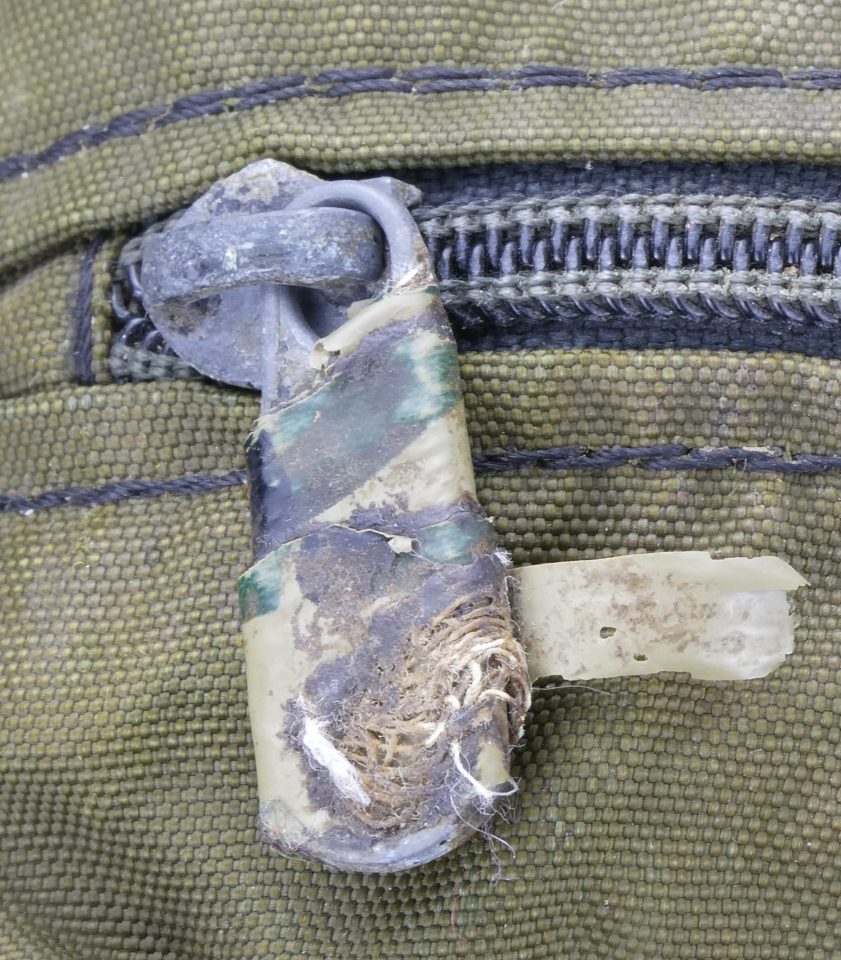
Zippers appear to be YKK-marked. Some are covered with camouflage tape.
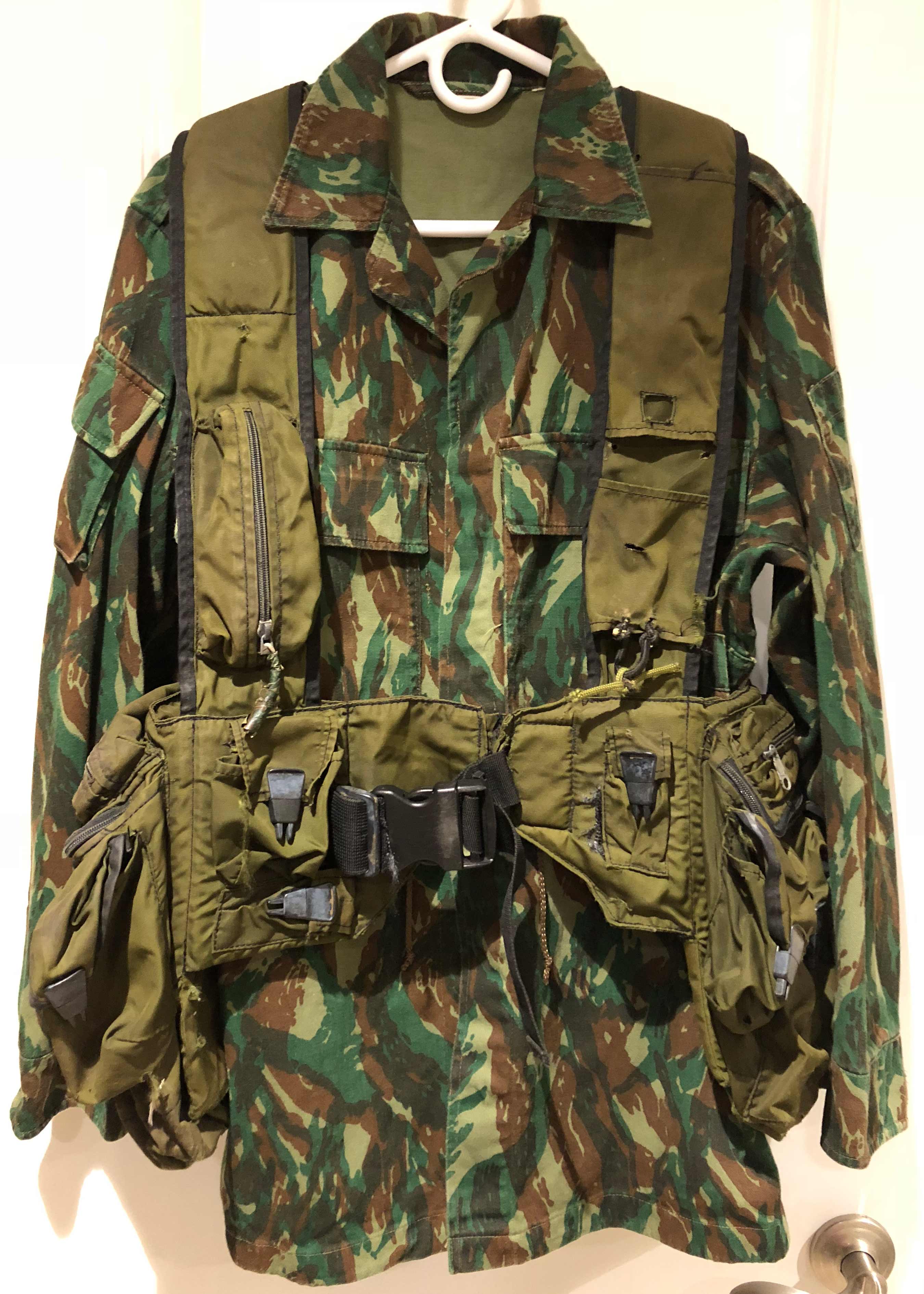
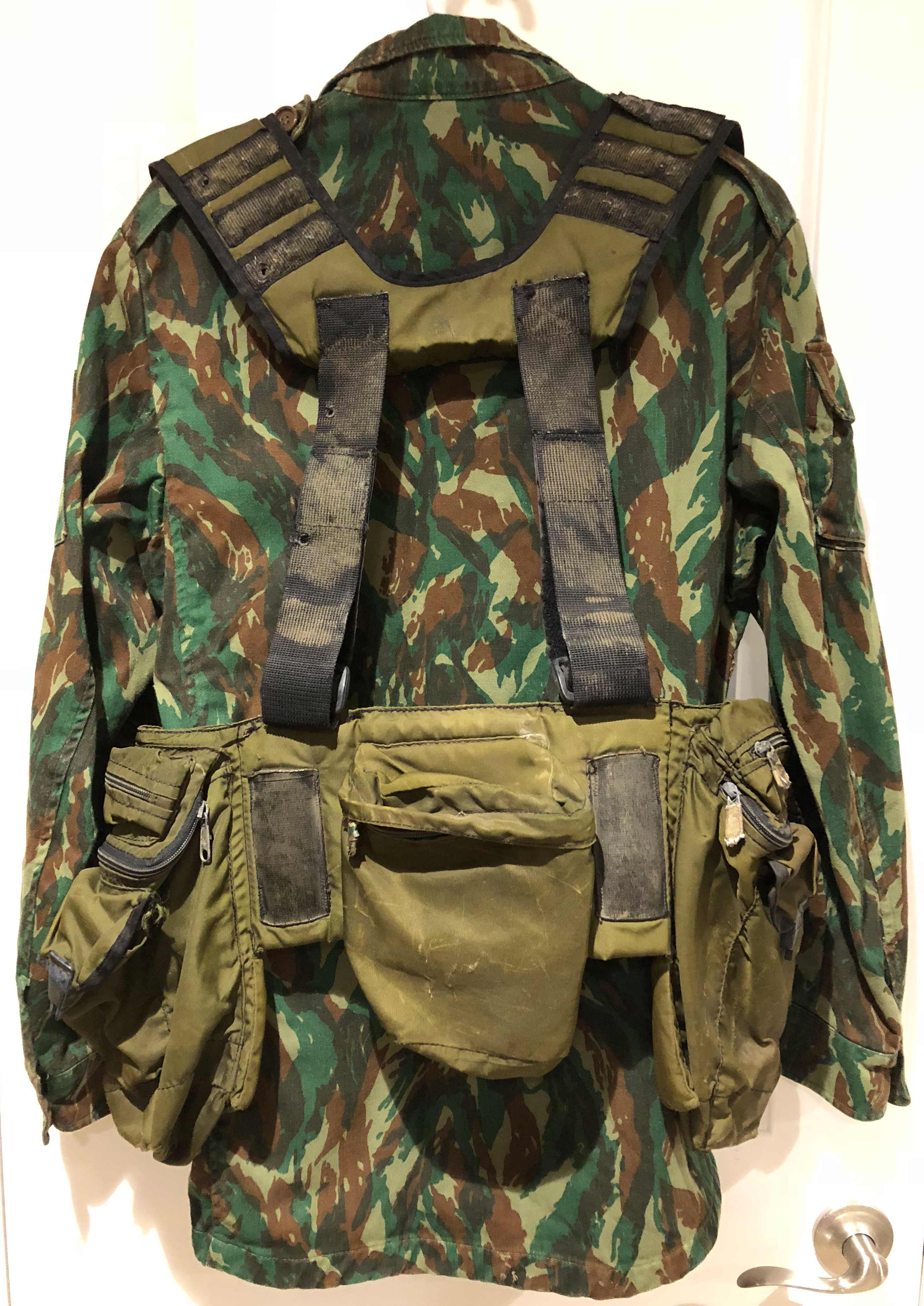
Sample 2 on 1st Pattern Recce Jacket:
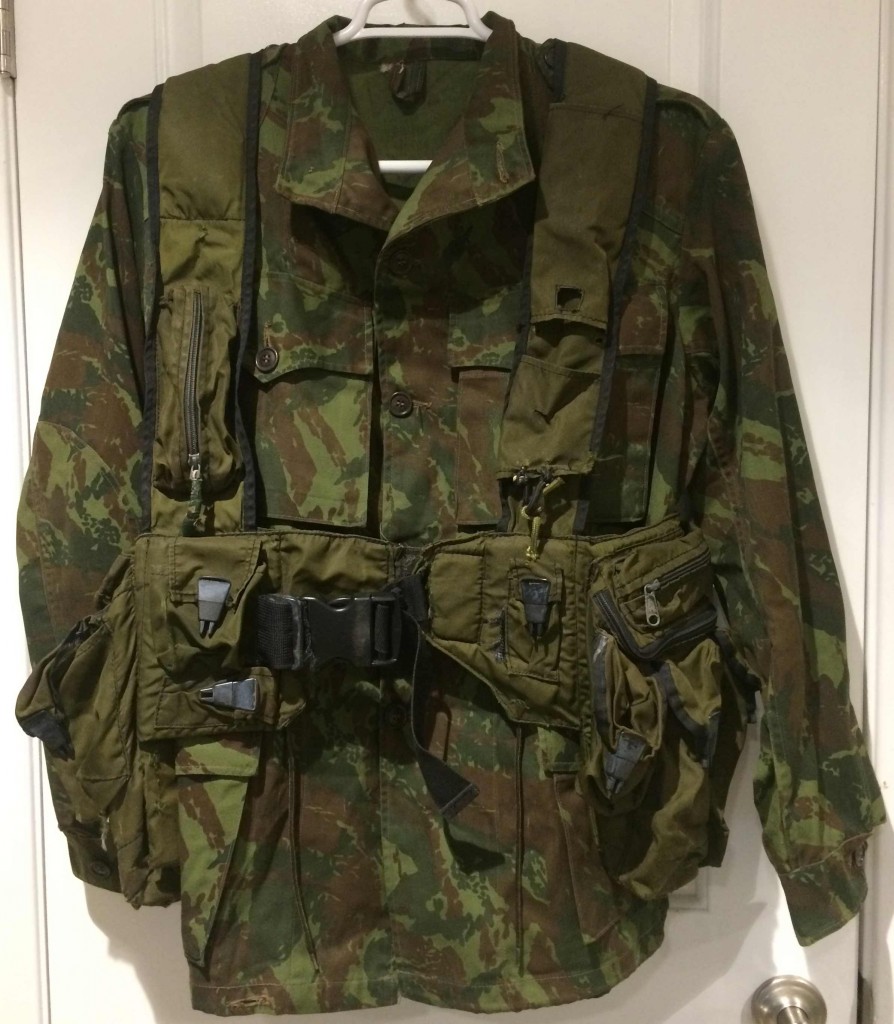
Comparison of Samples 1 and 2:
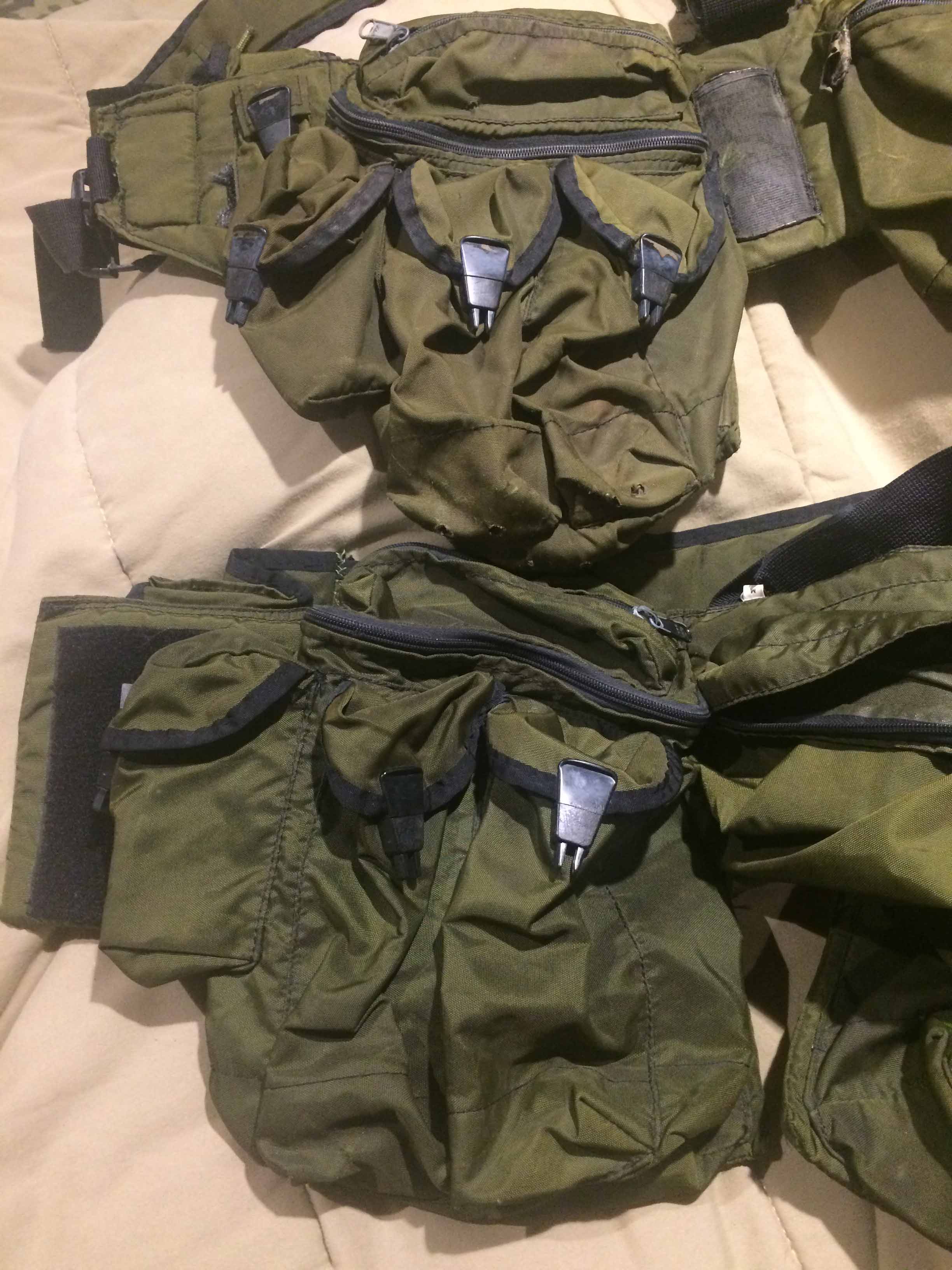

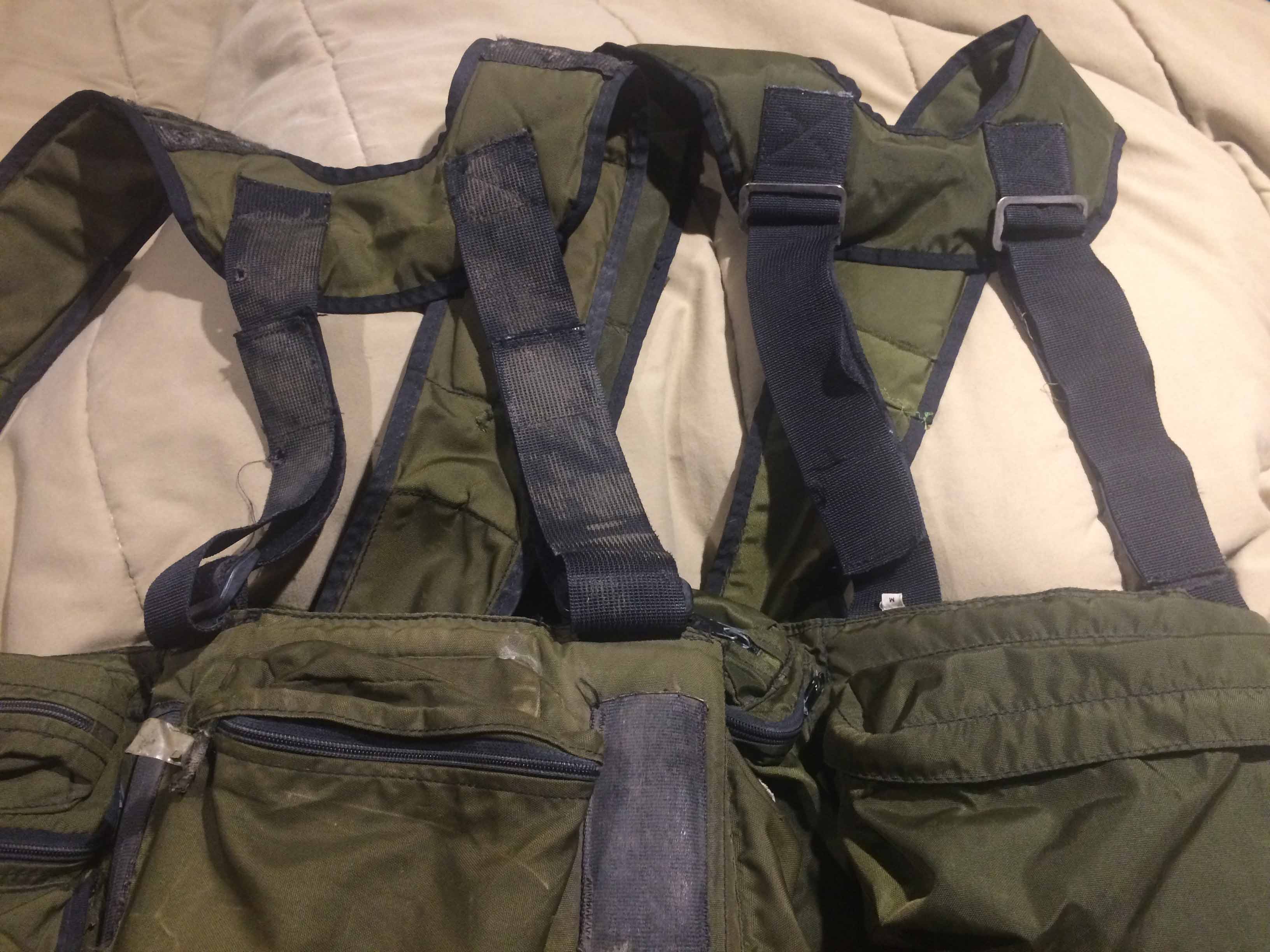
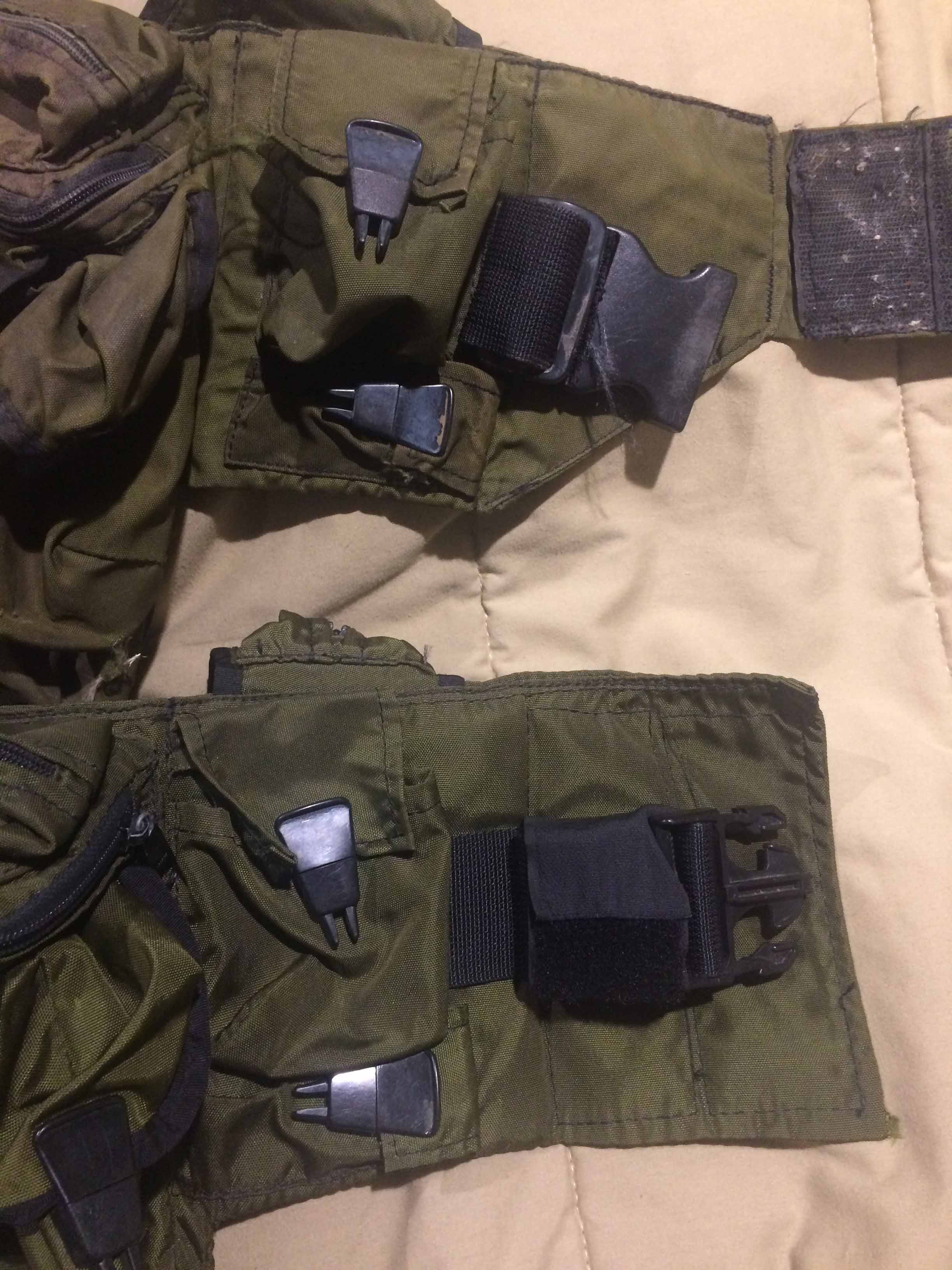
Usage Photos:
SADF Recces:
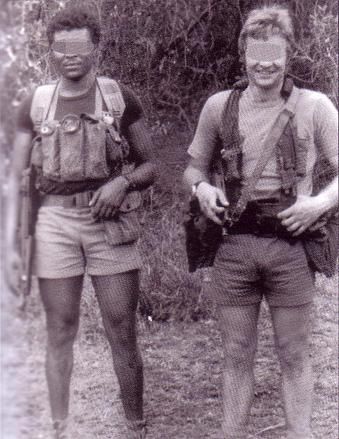
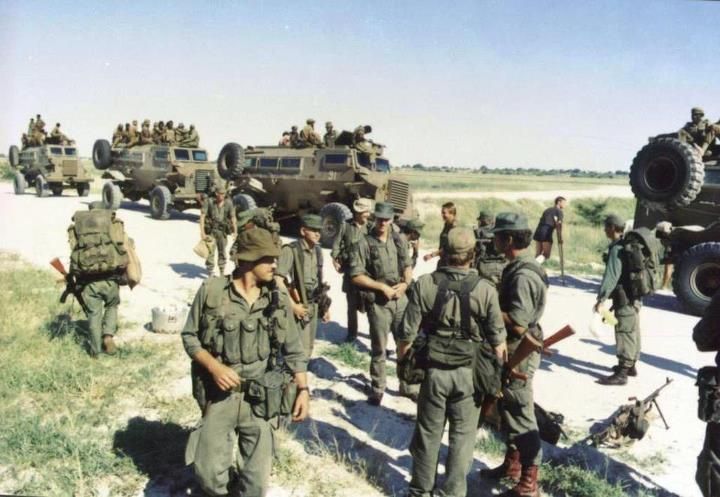
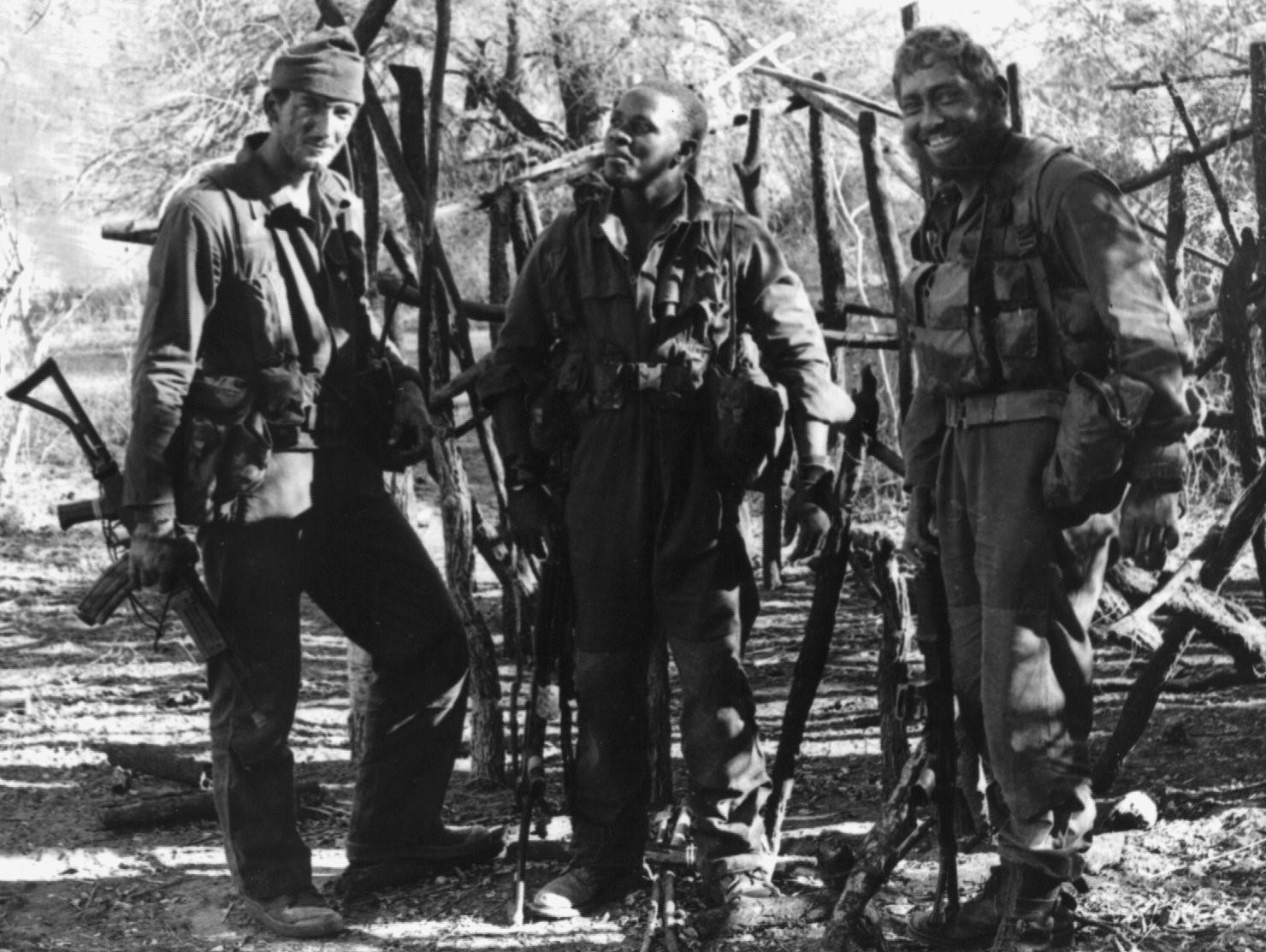
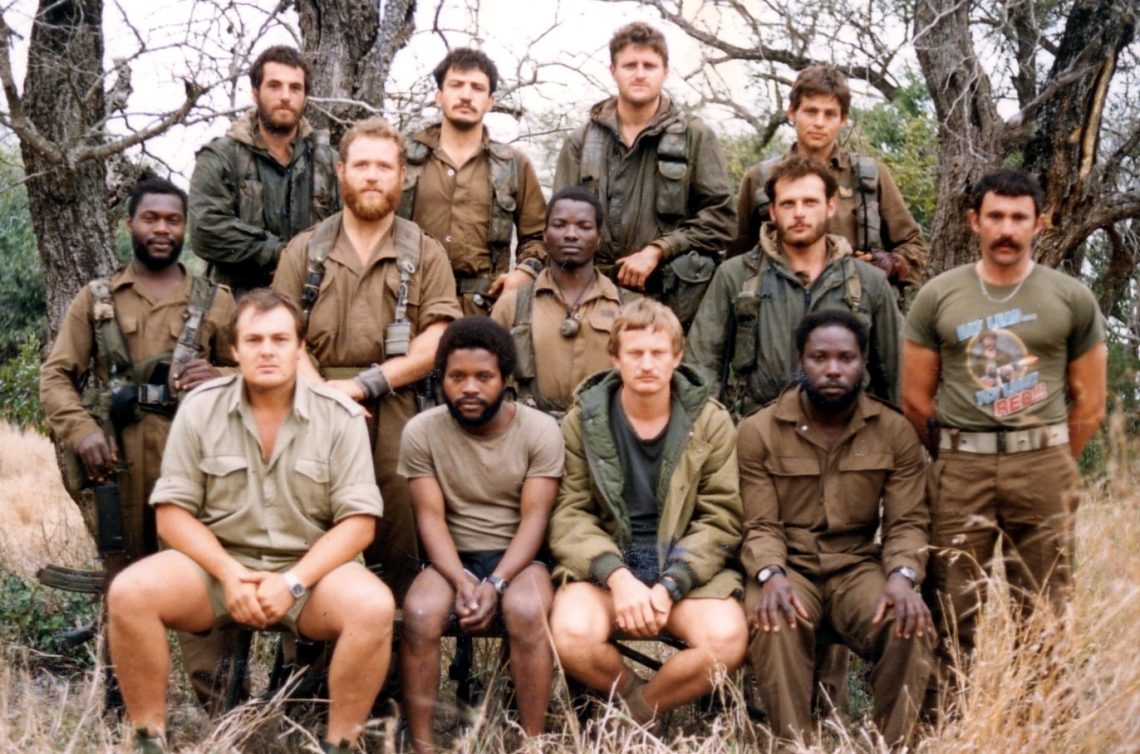
Executive Outcomes (1989 -1998):
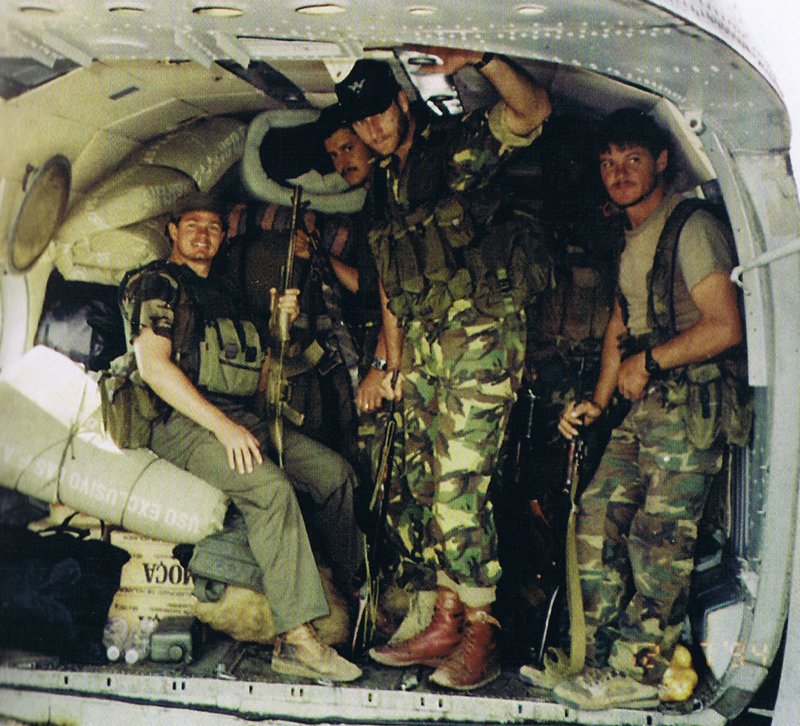






More information about Executive Outcomes: https://www.globalsecurity.org/military/world/para/executive-outcomes.htm
Modern SANDF (2000’s):
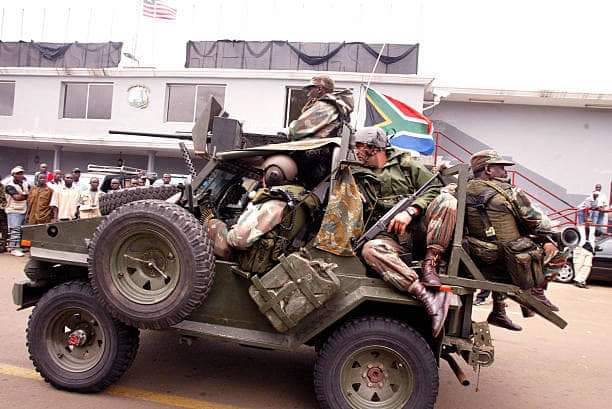


Nutria Brown Cordura:
Sample 3:
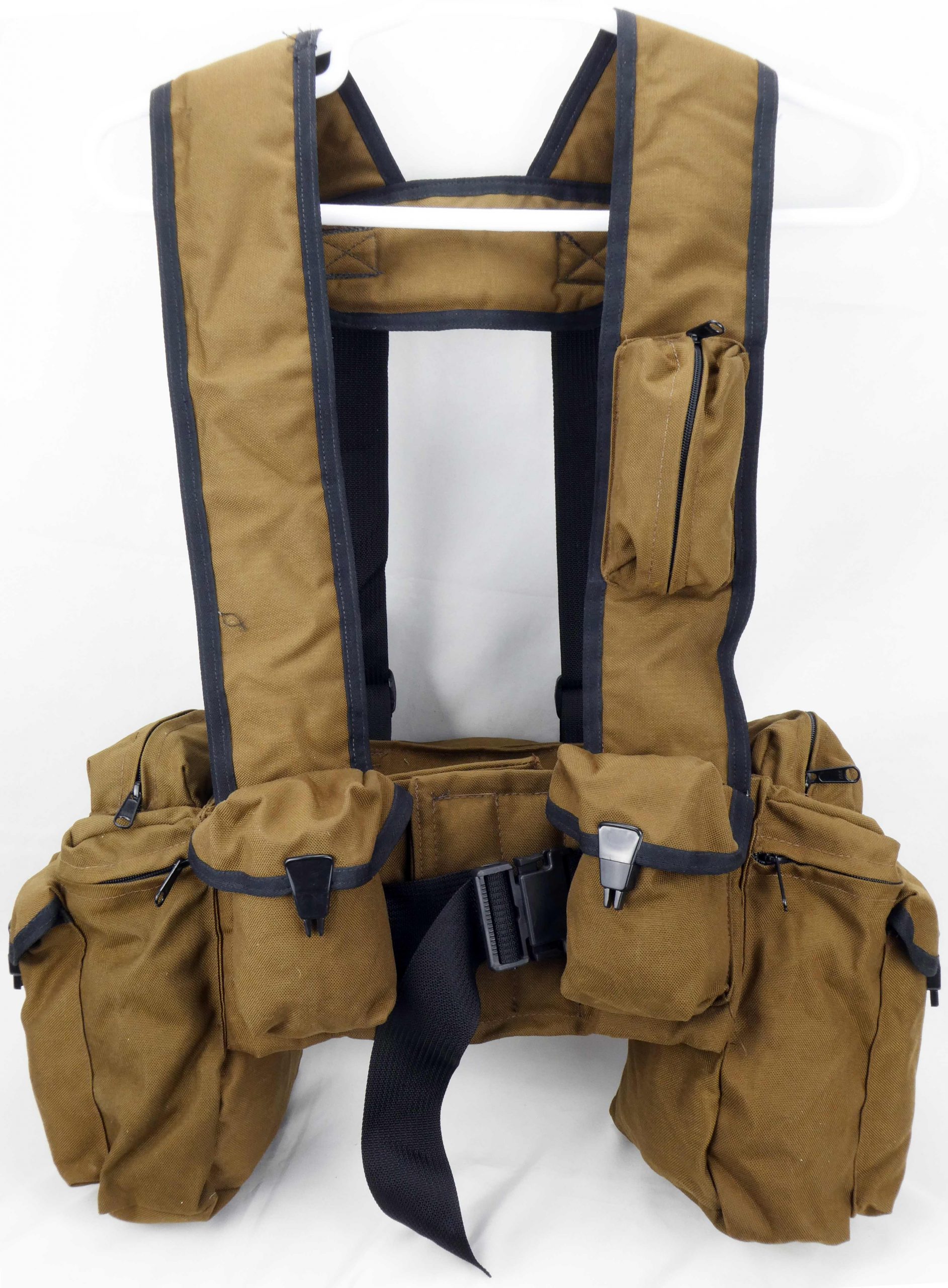
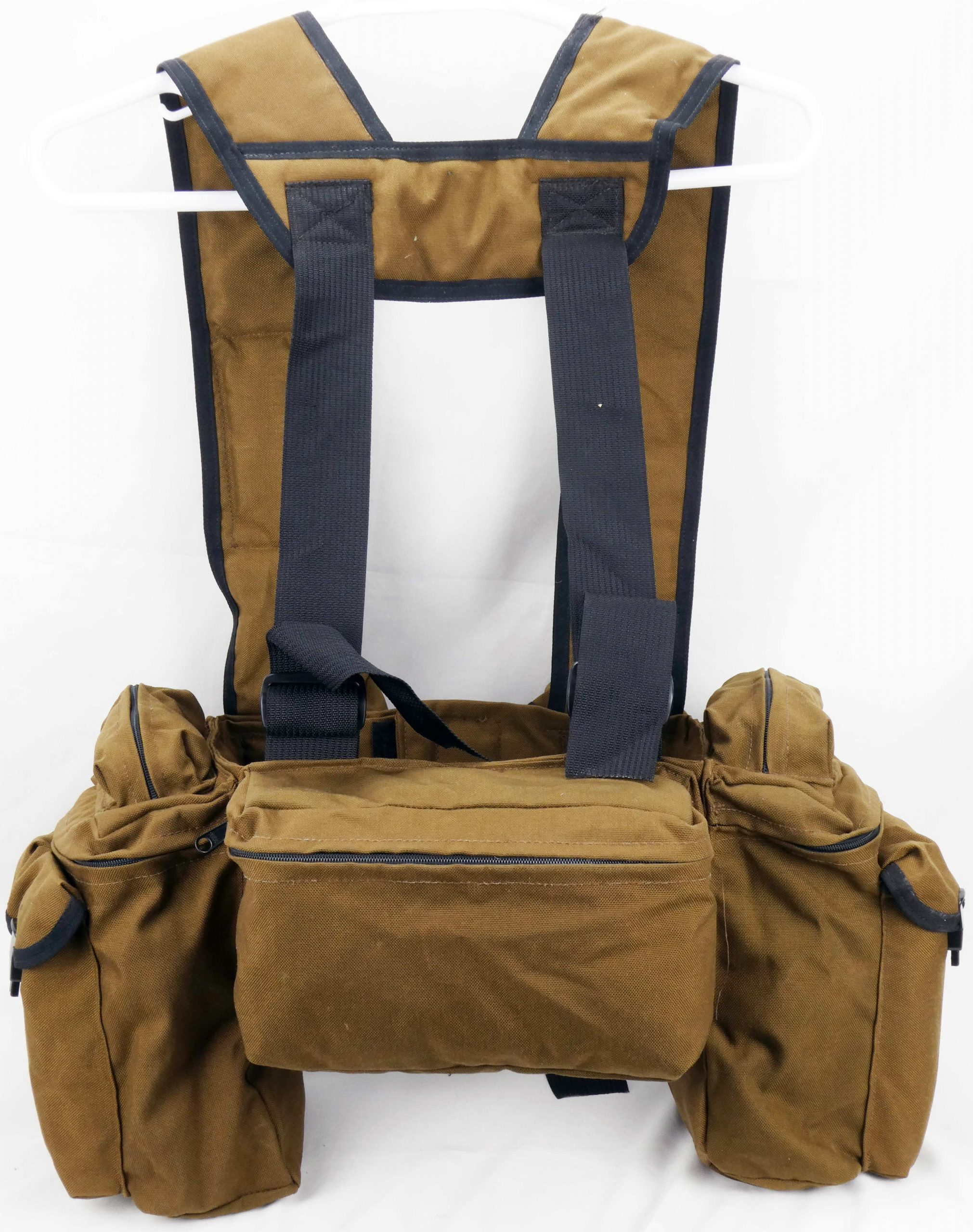
This version of the Niemoller webbing was a commercial product sold in catalogs. The pouch layout is very similar to the green versions shown on this page, except for the two larger pouches at the front. Another example can be seen here: http://www.newrhodesian.ca/viewtopic.php?f=46&t=467.
Front Pouches:
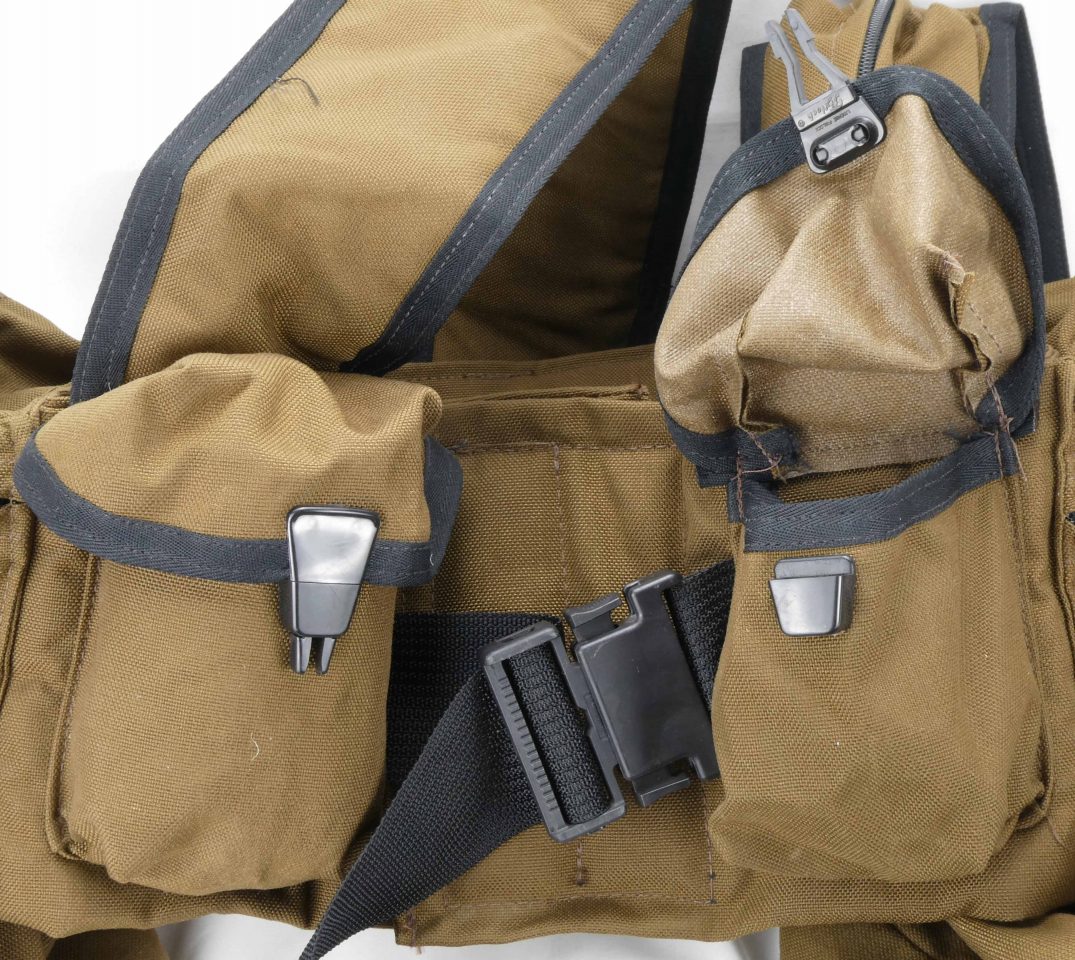
Bottom:

No drain holes.
Buckle:
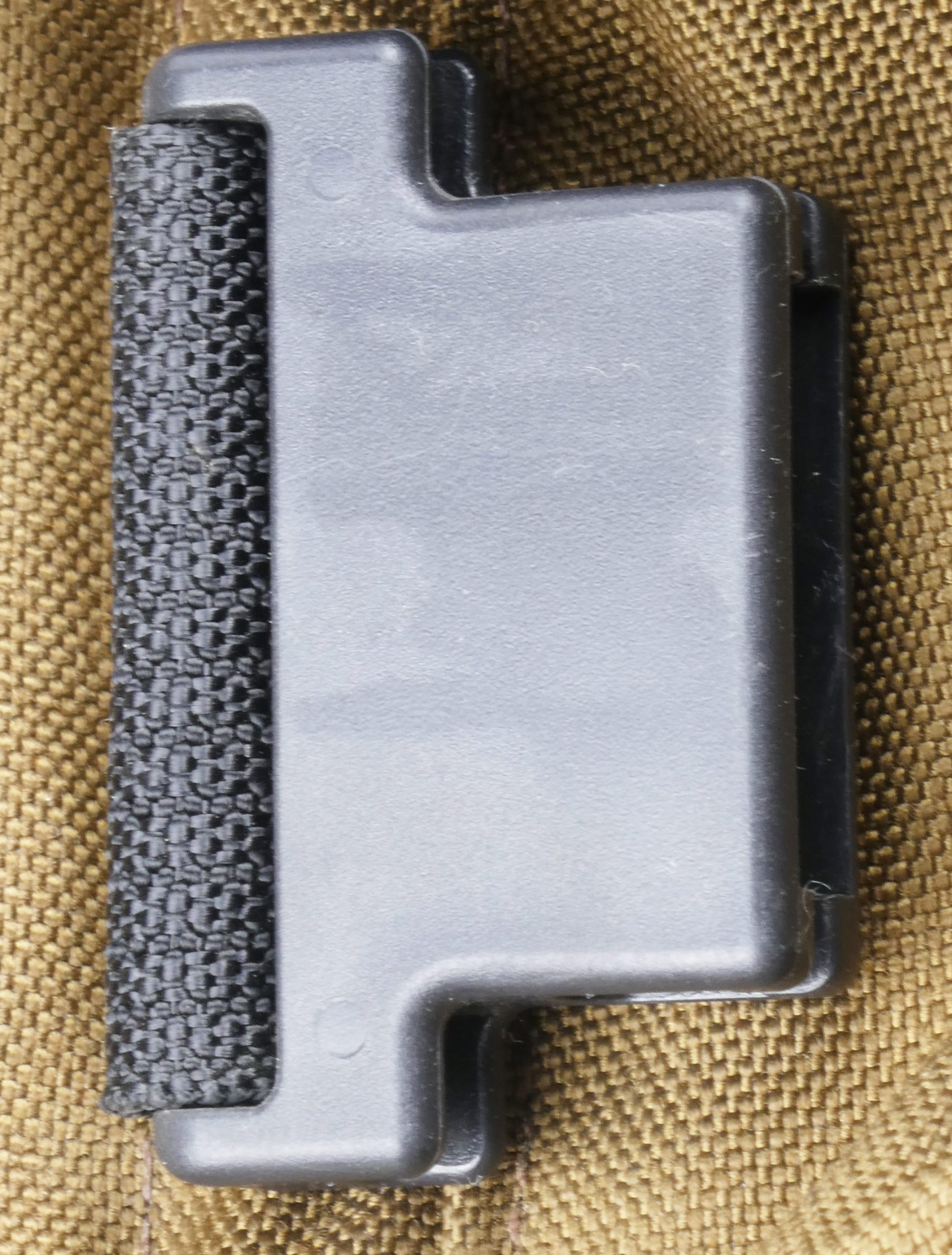
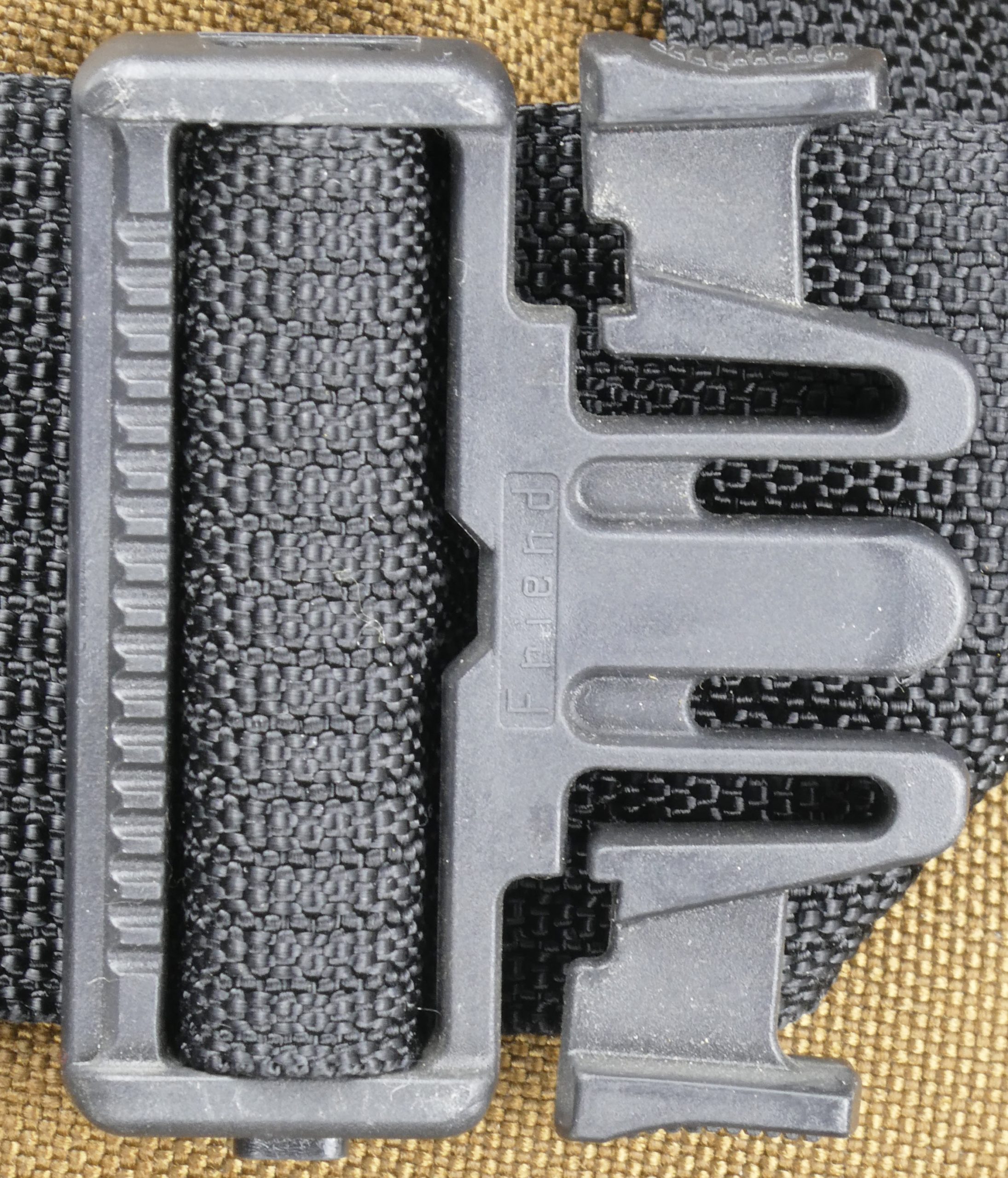
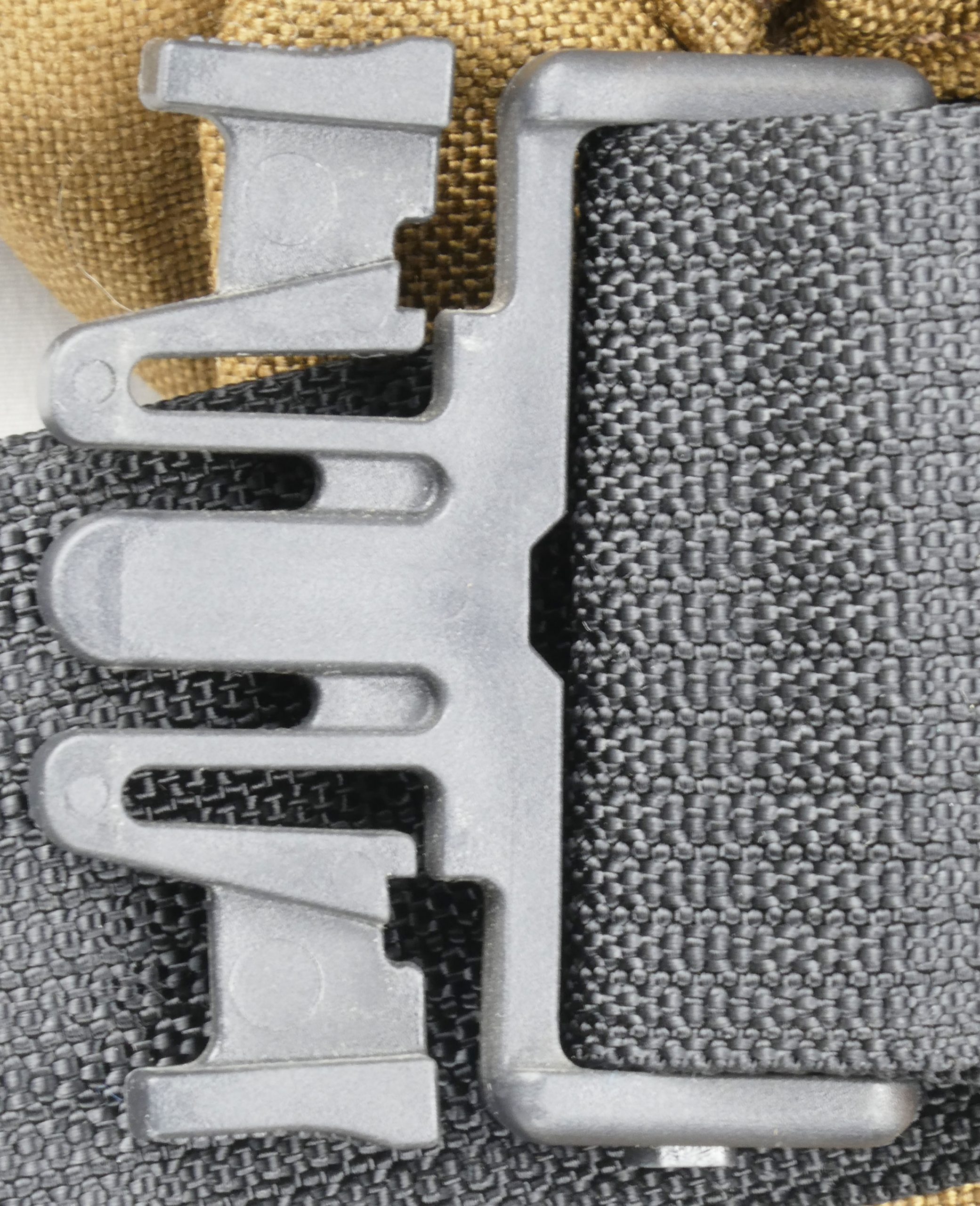
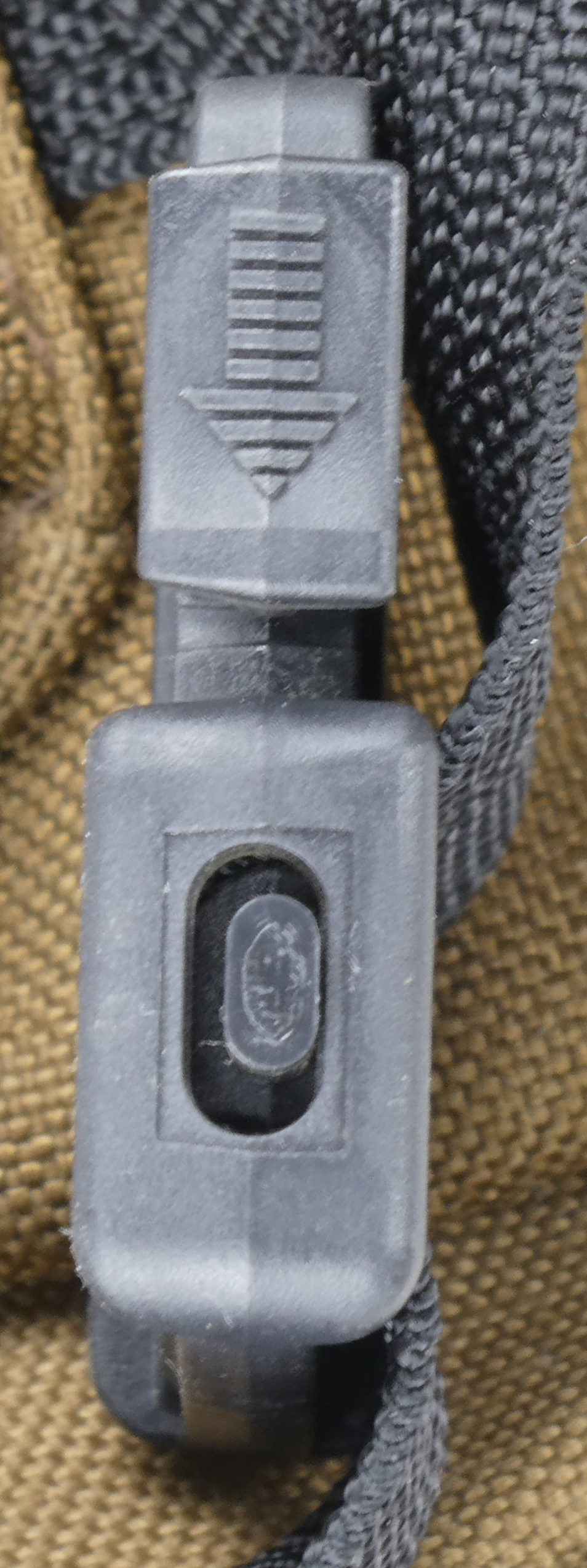

“Friend” branded main buckle.
Belt Velcro:
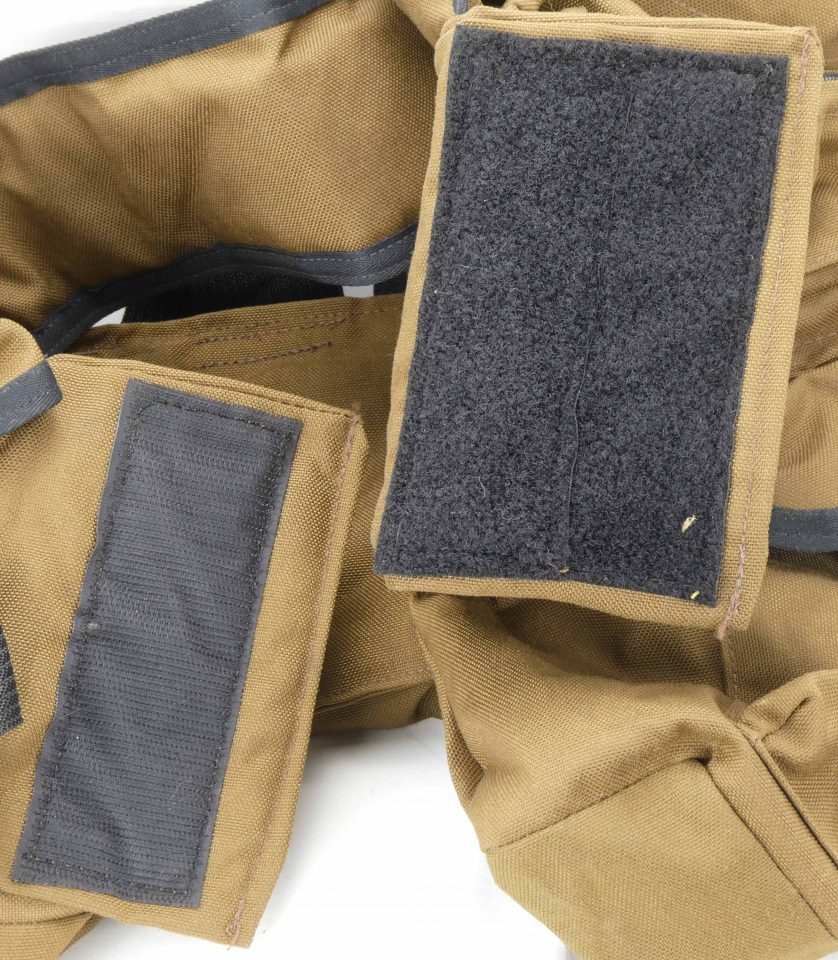
Side Pouches:
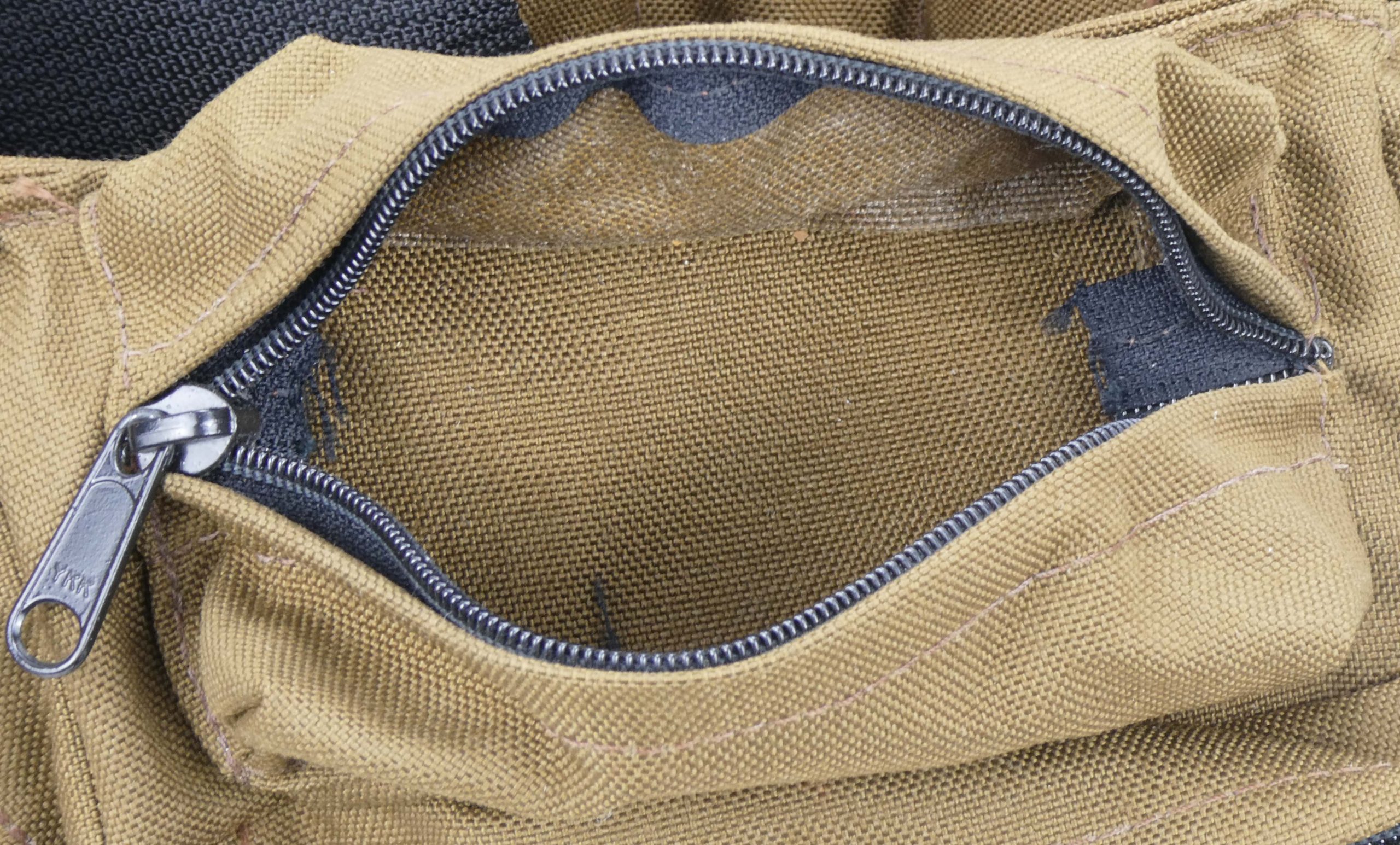
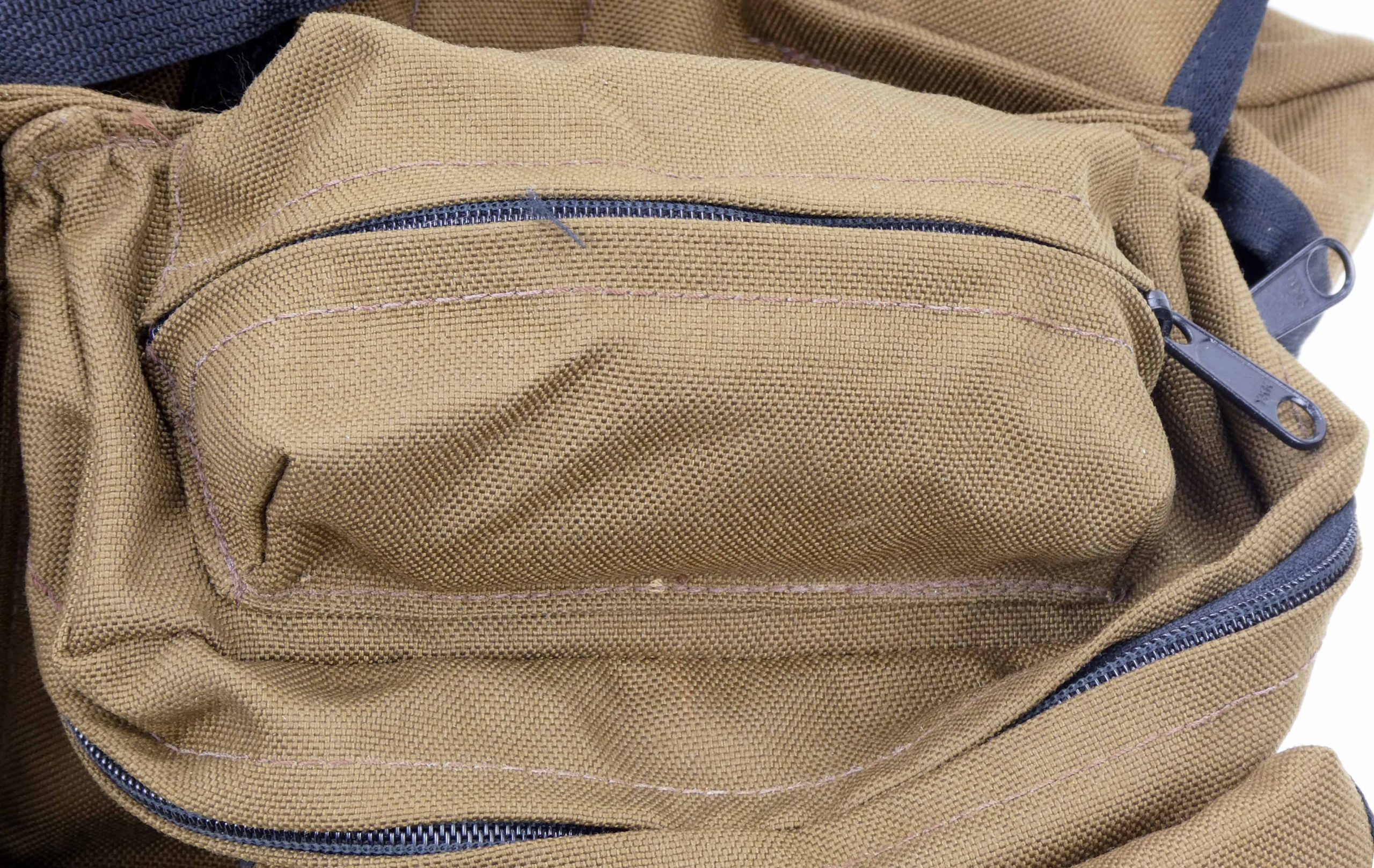
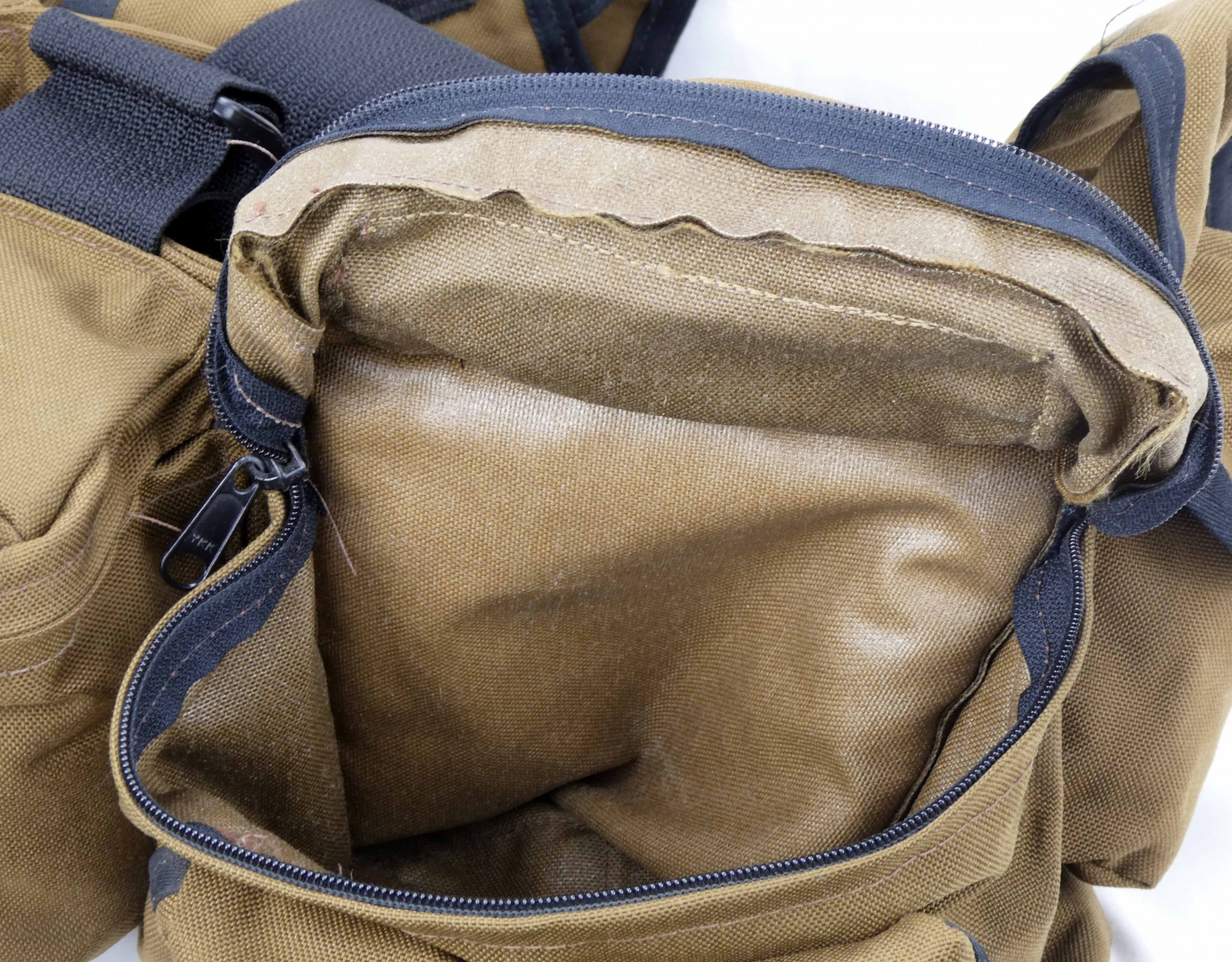
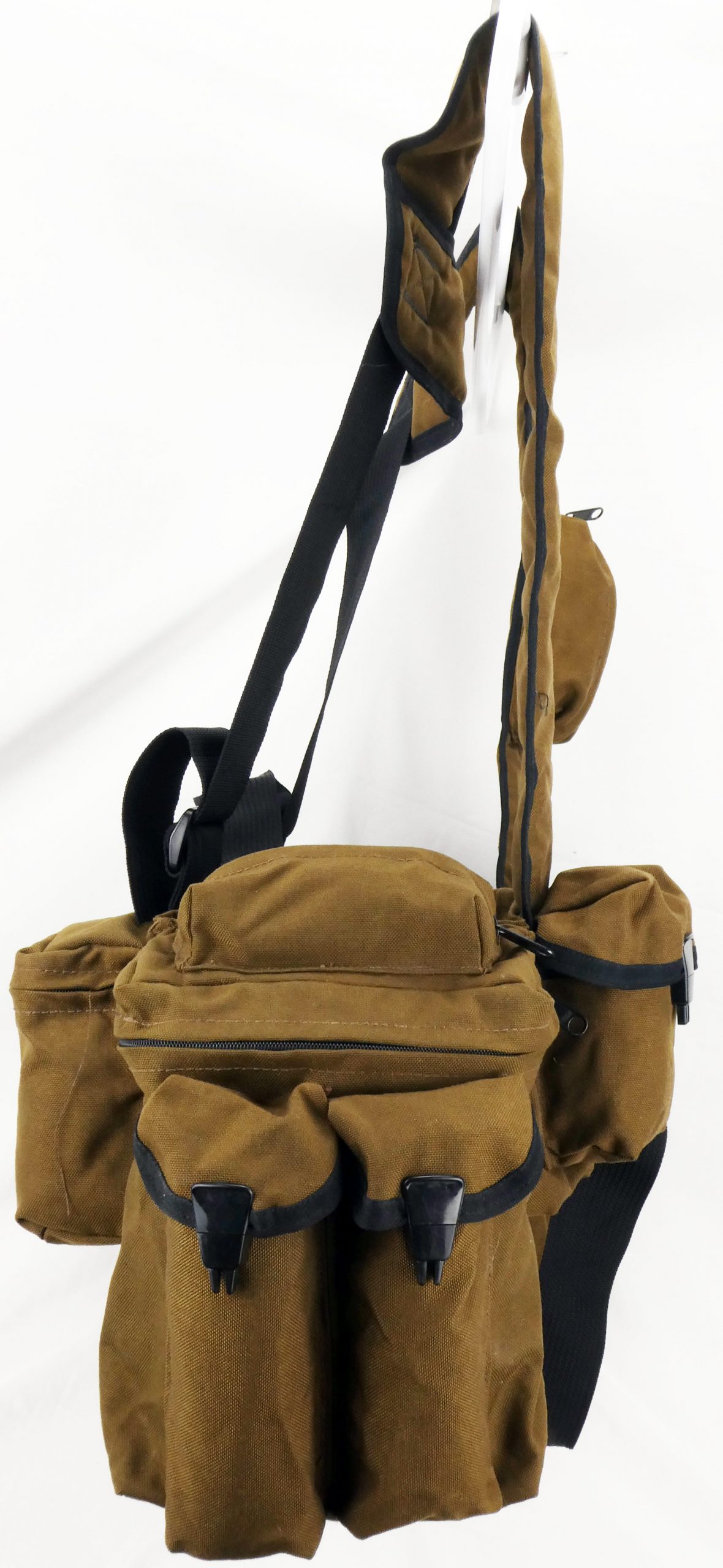
Side Magazine Pouches:
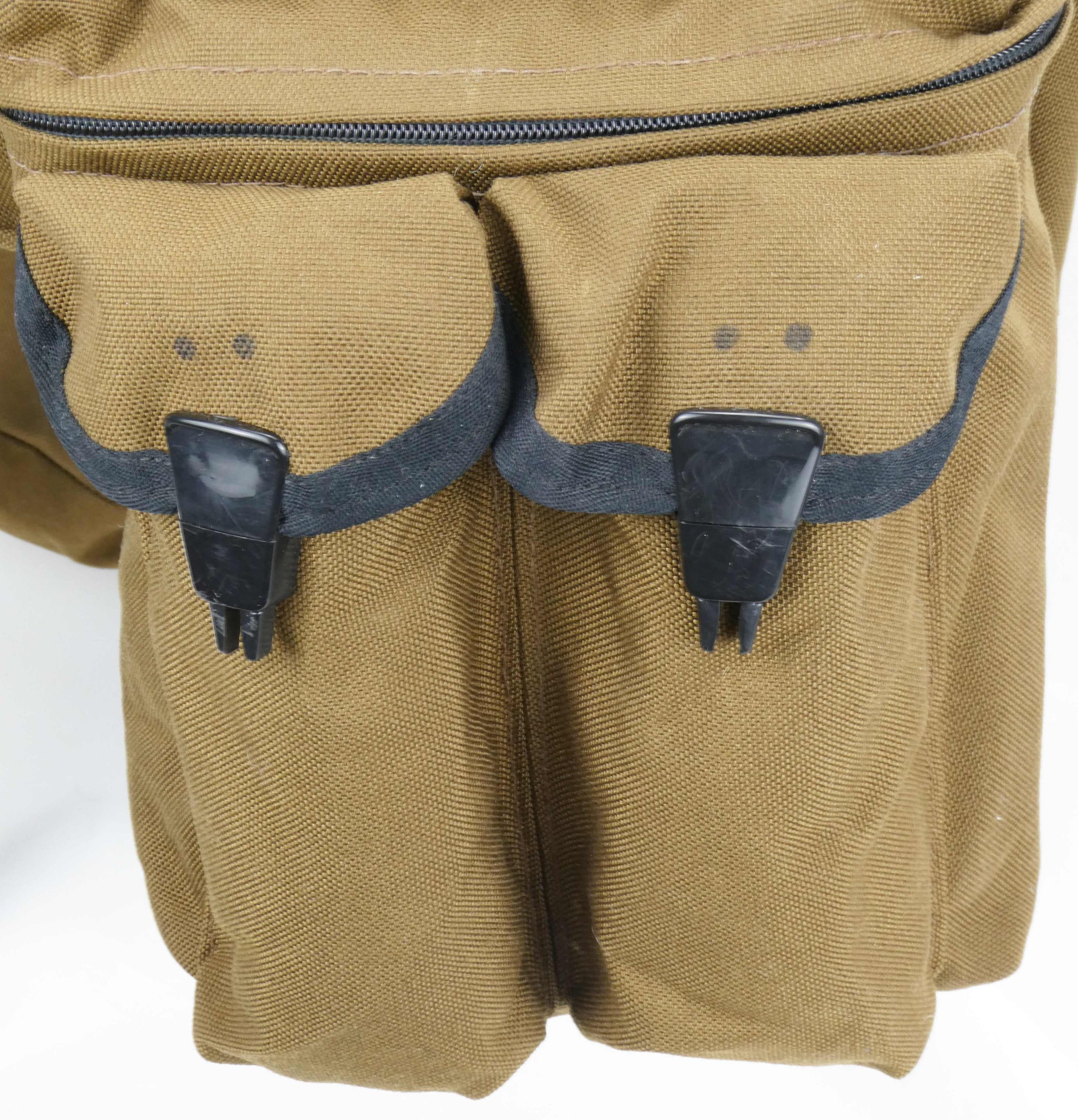

Fixlock Clips:
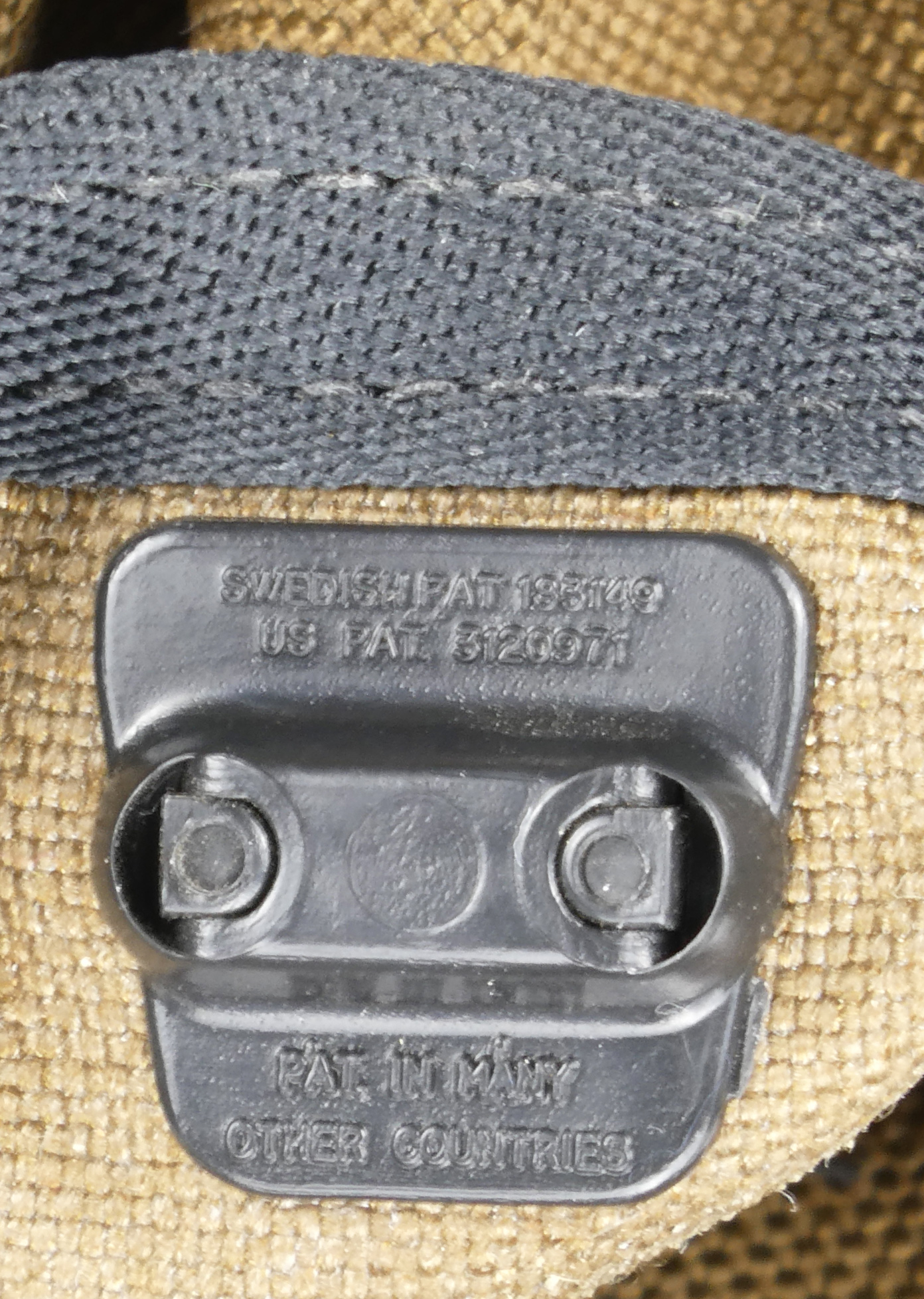
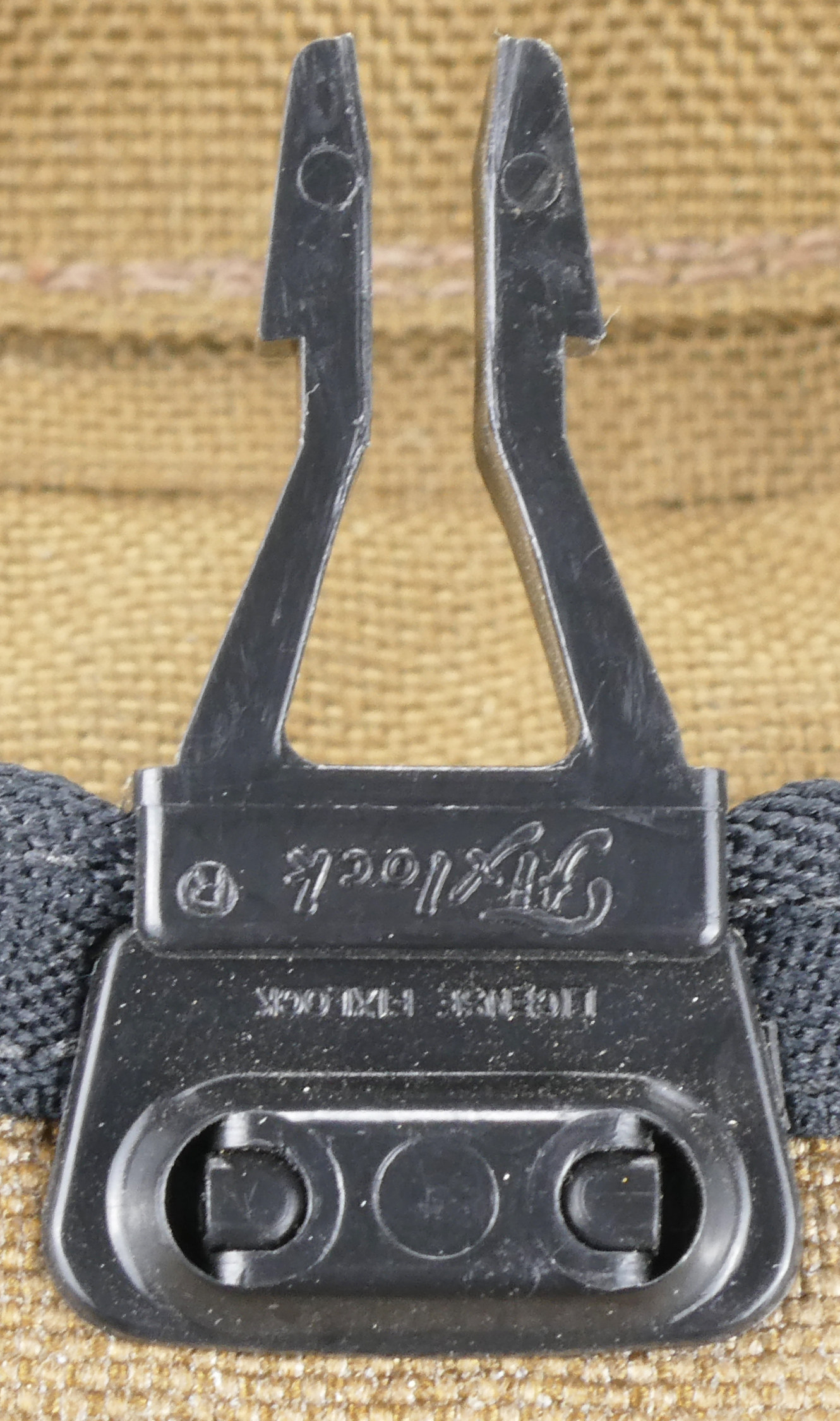
ALICE style Fixlock branded clips used throughout to secure smaller pouches.
Inside:



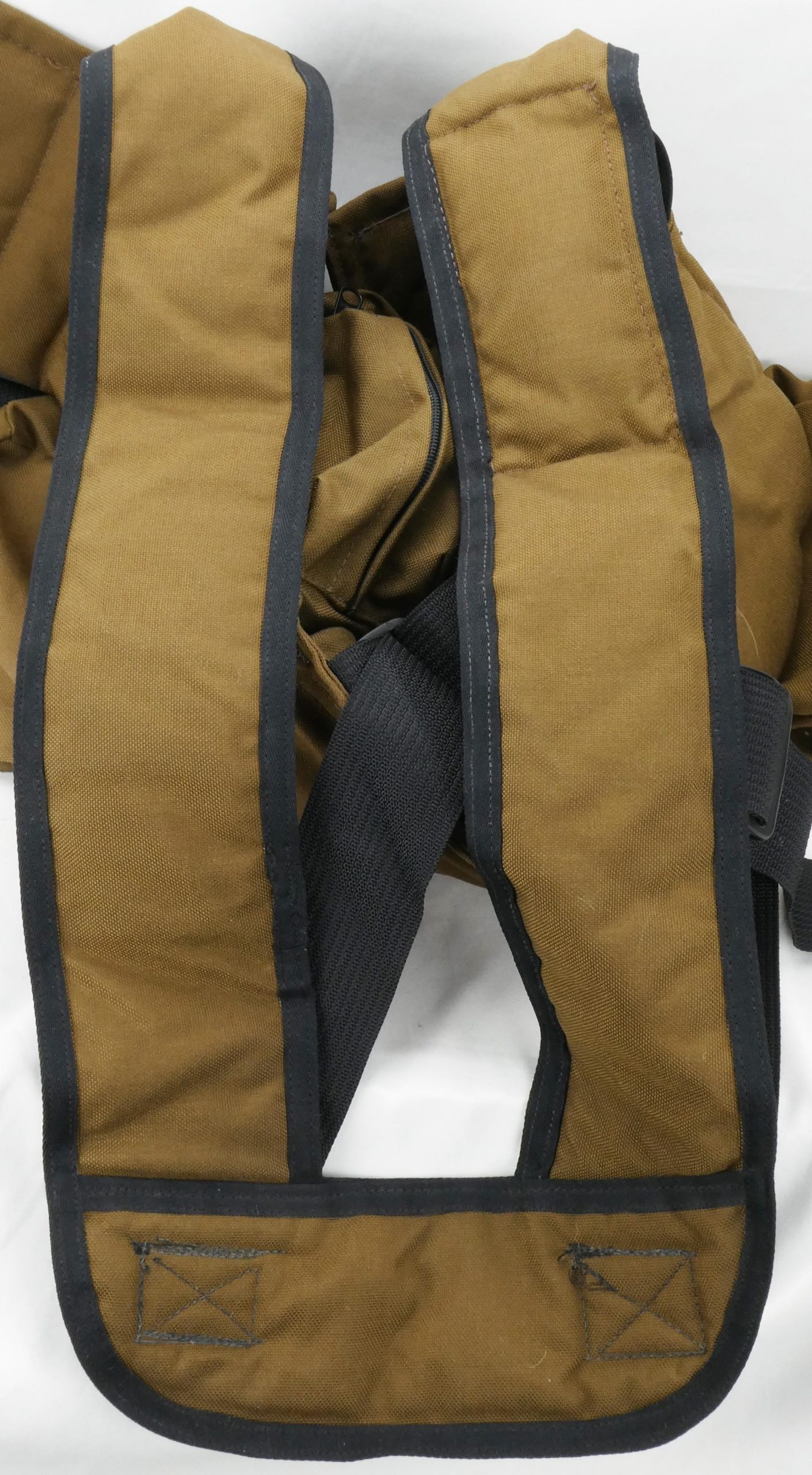
Belt is padded.
Back Buckle Marking:
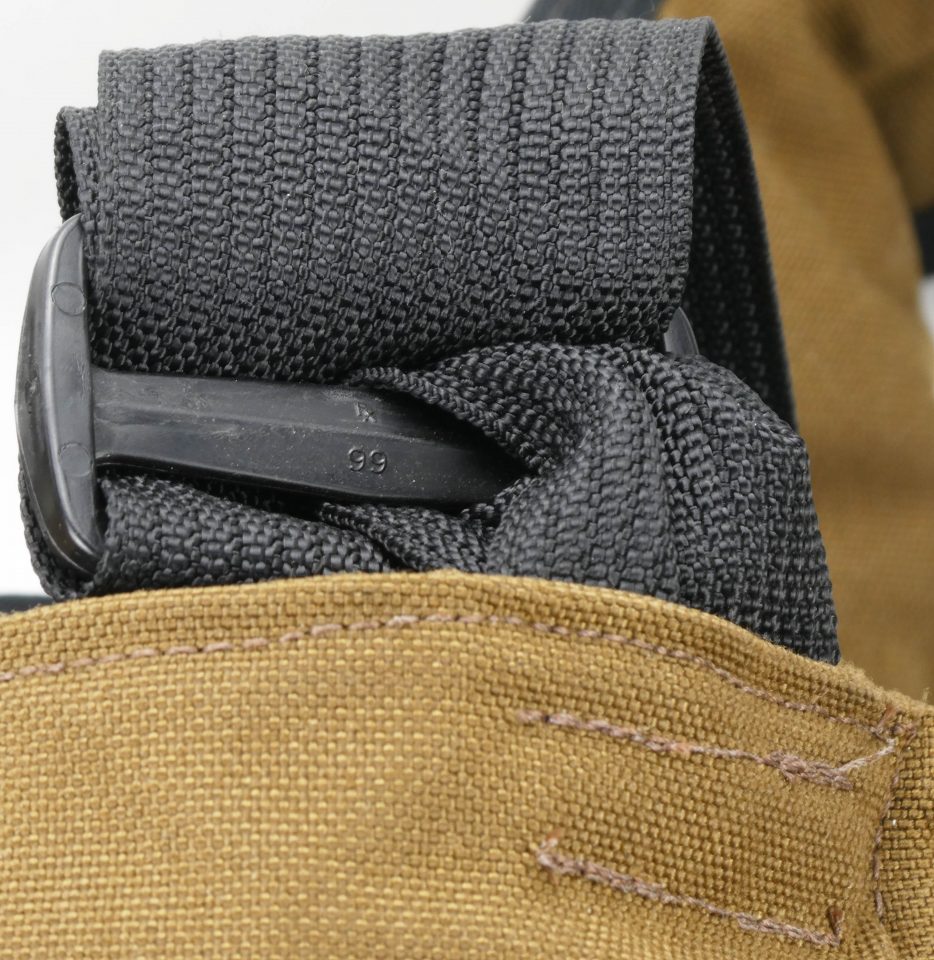
Similar plastic buckles to Sample 2.
Back Pouch:


Zipper:

YKK branded zippers.
Usage Photos:
US Troops in First Gulf War (1991):
